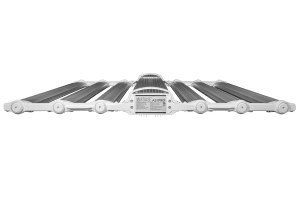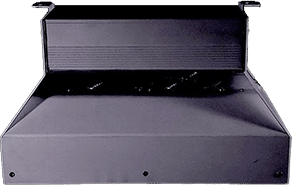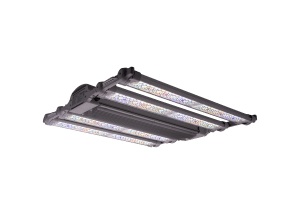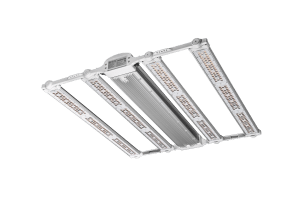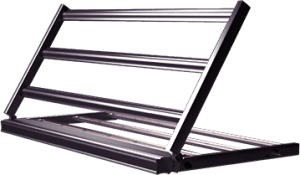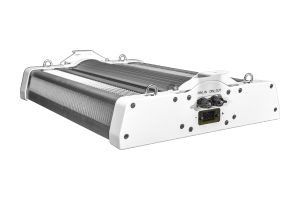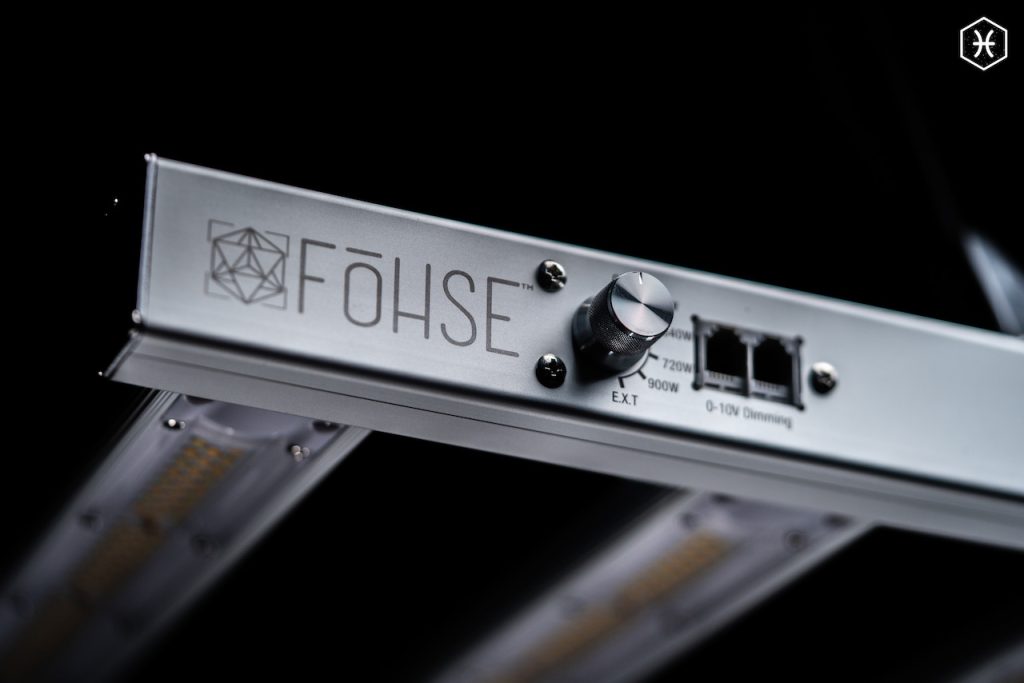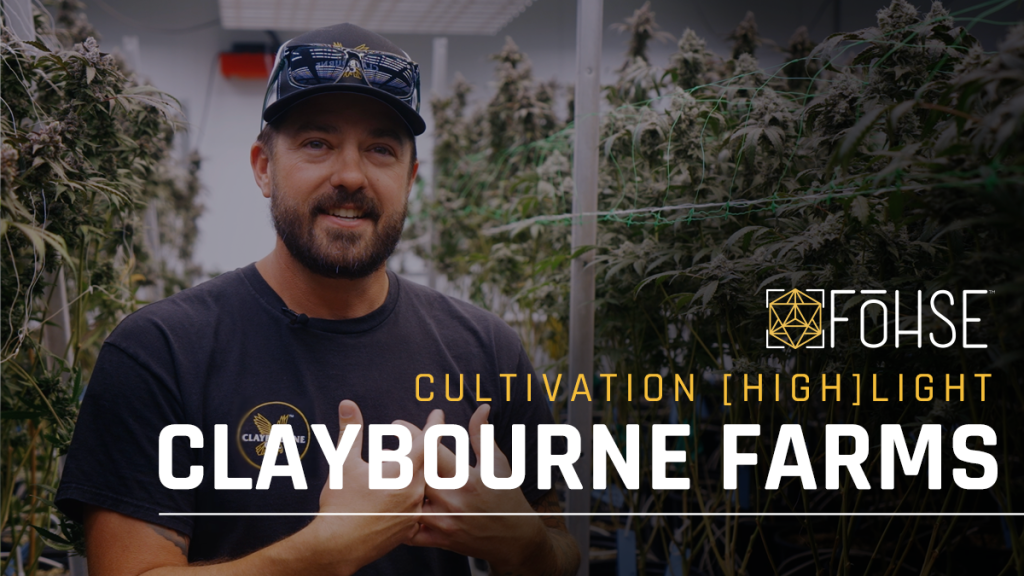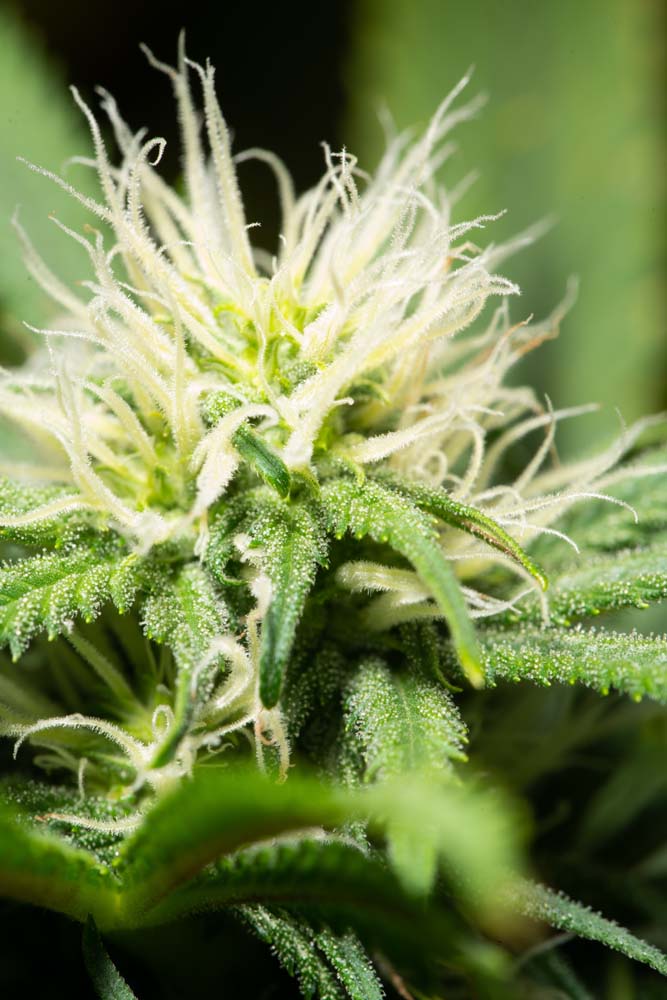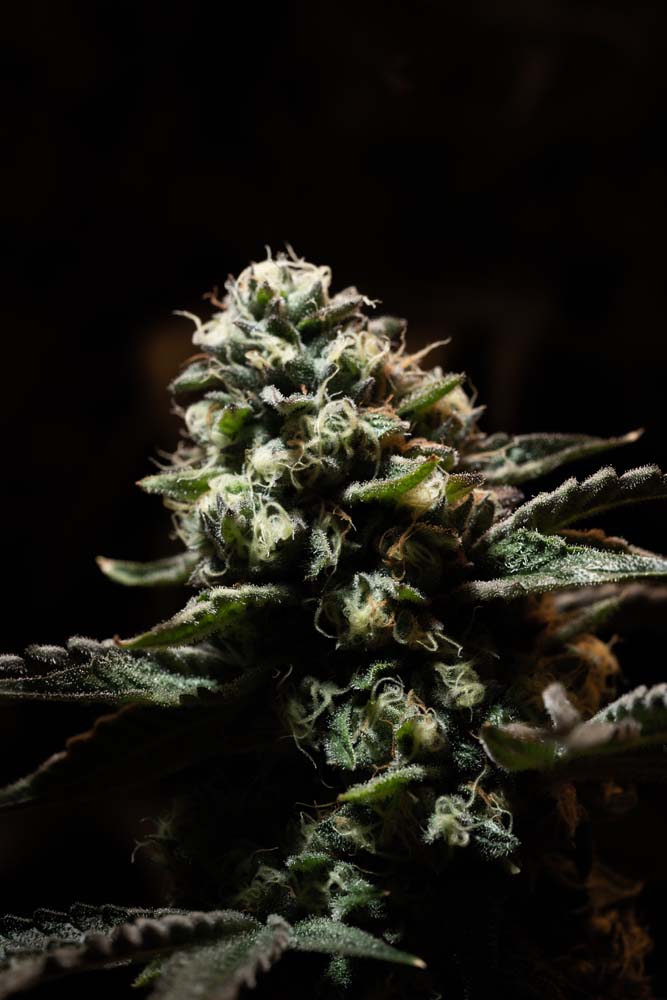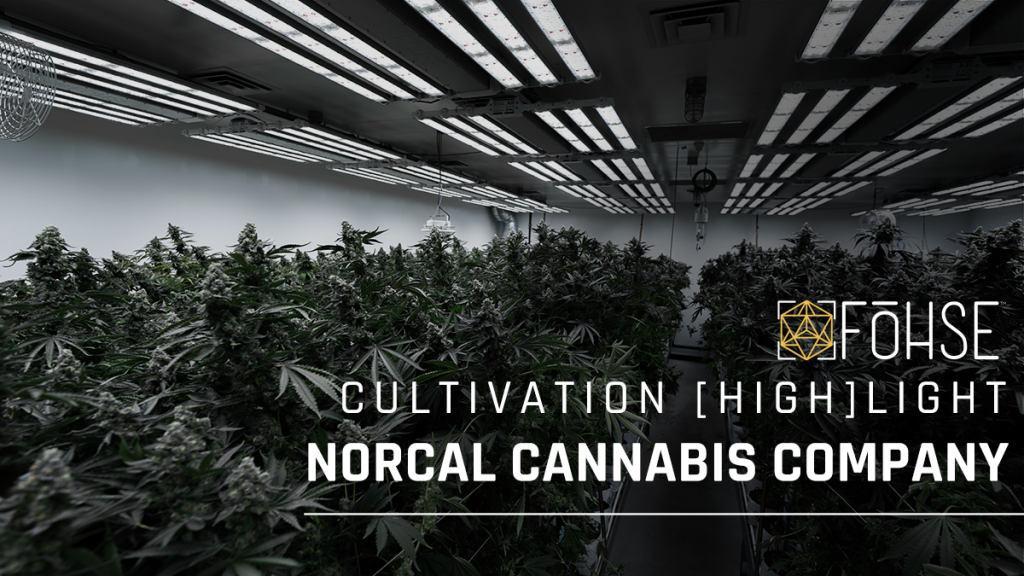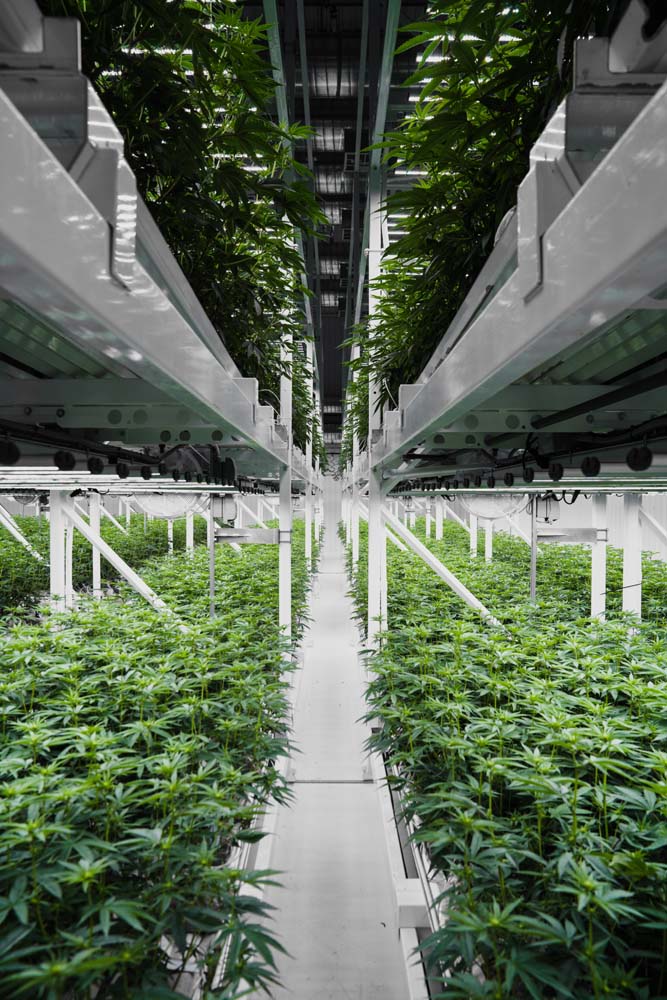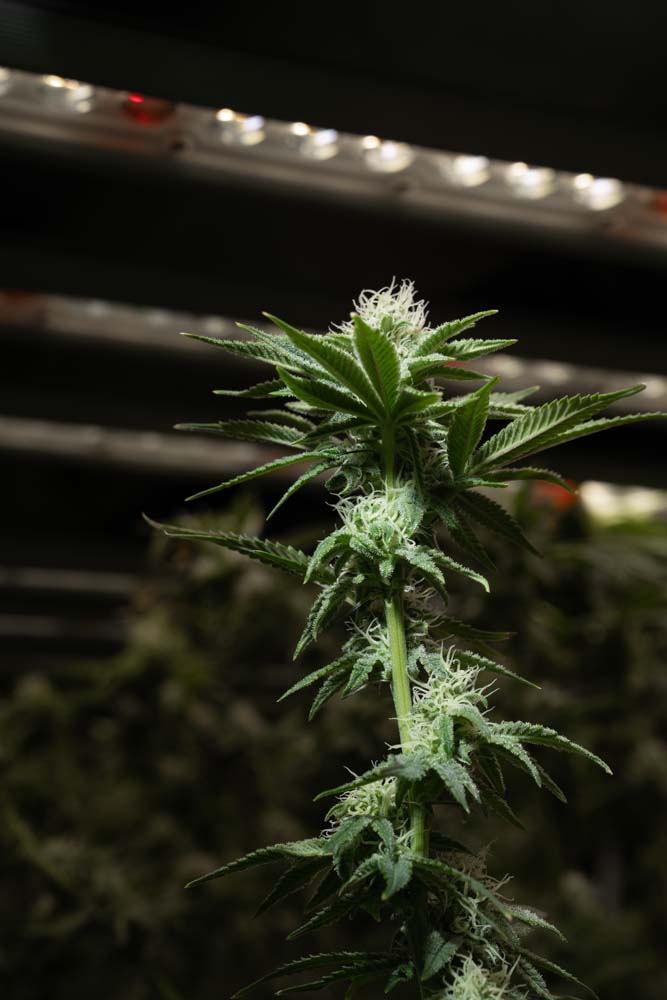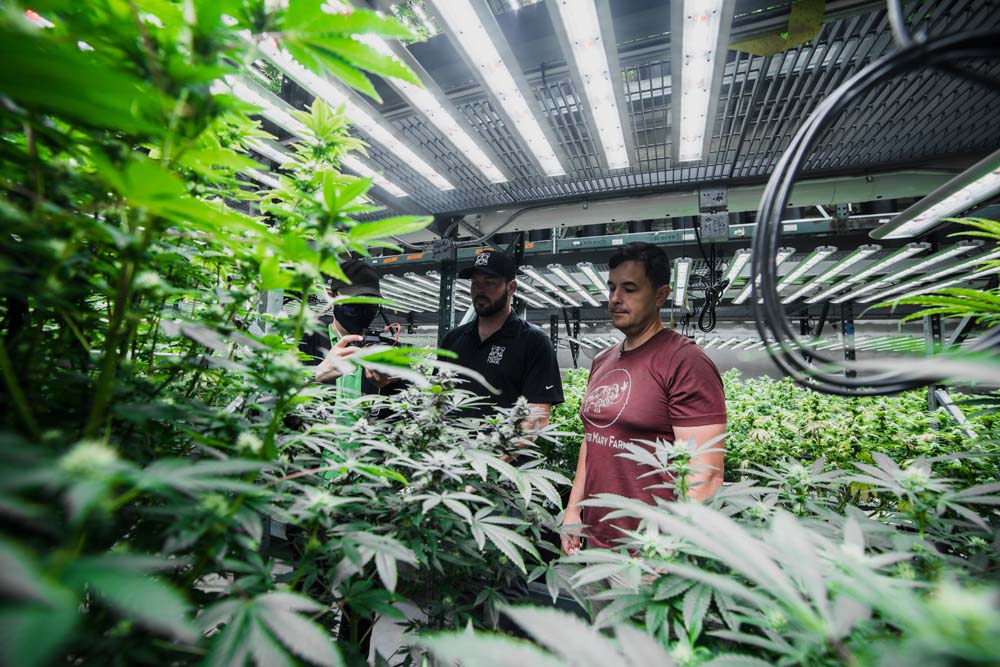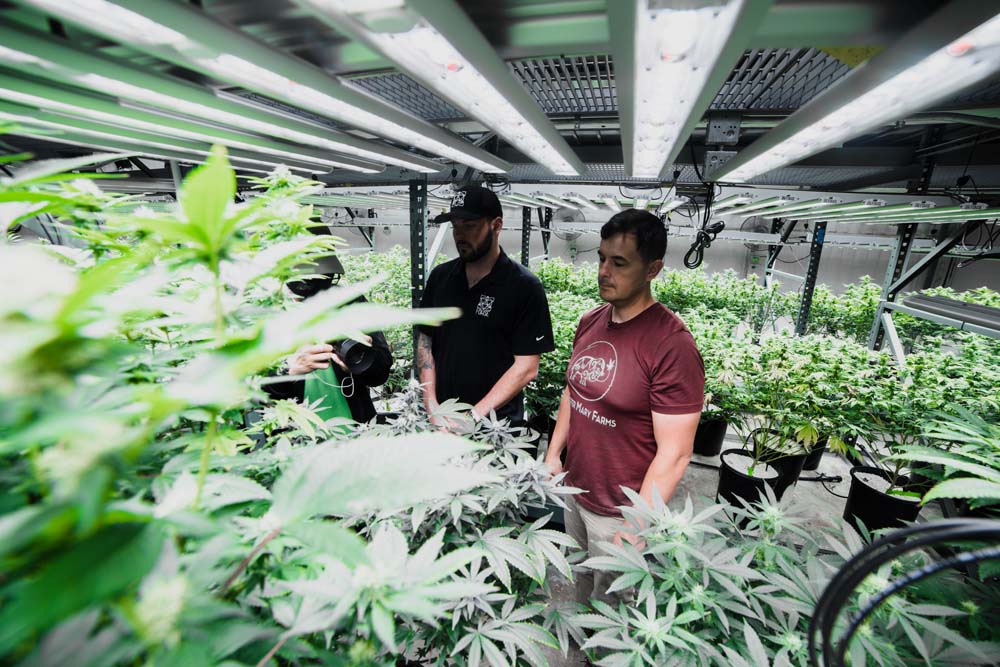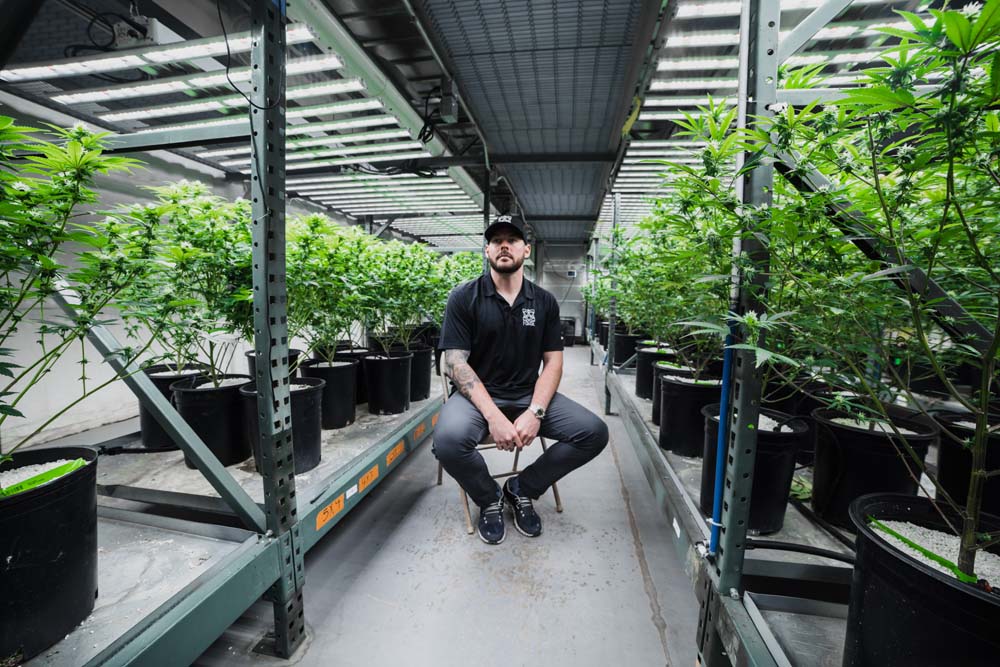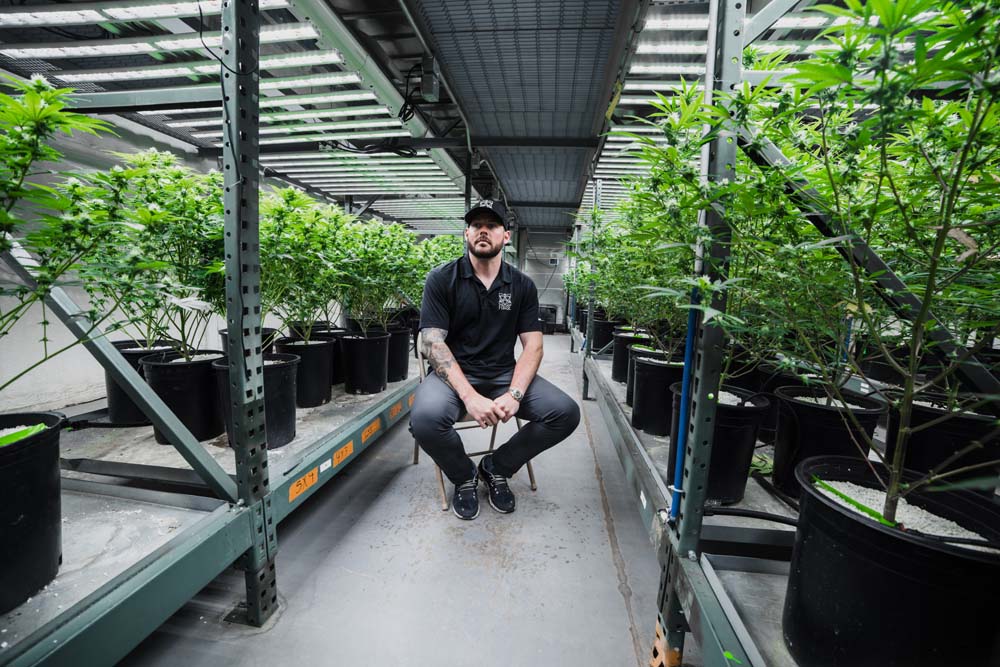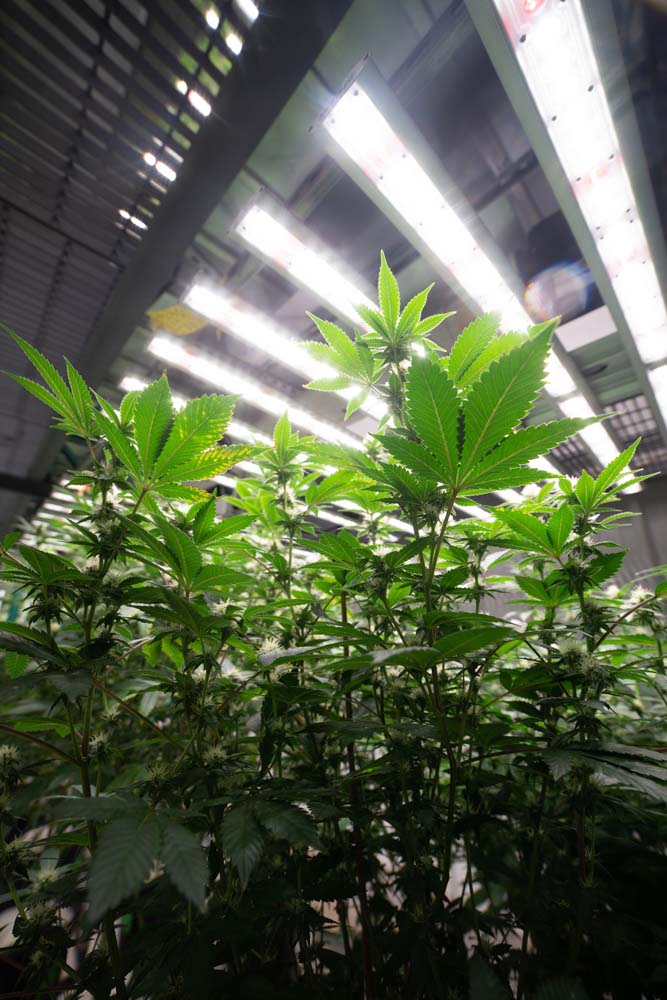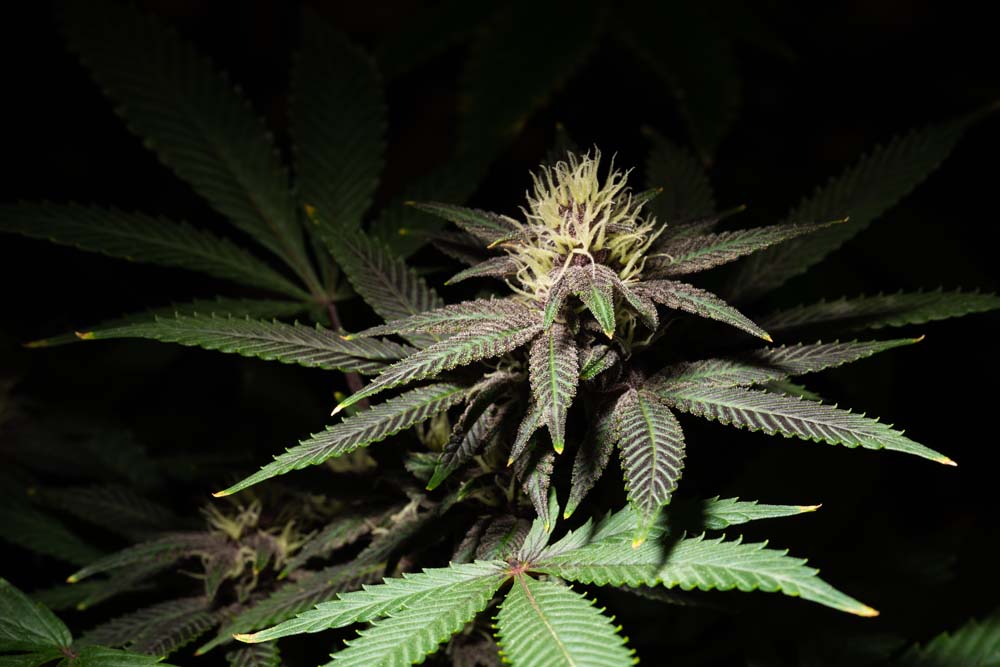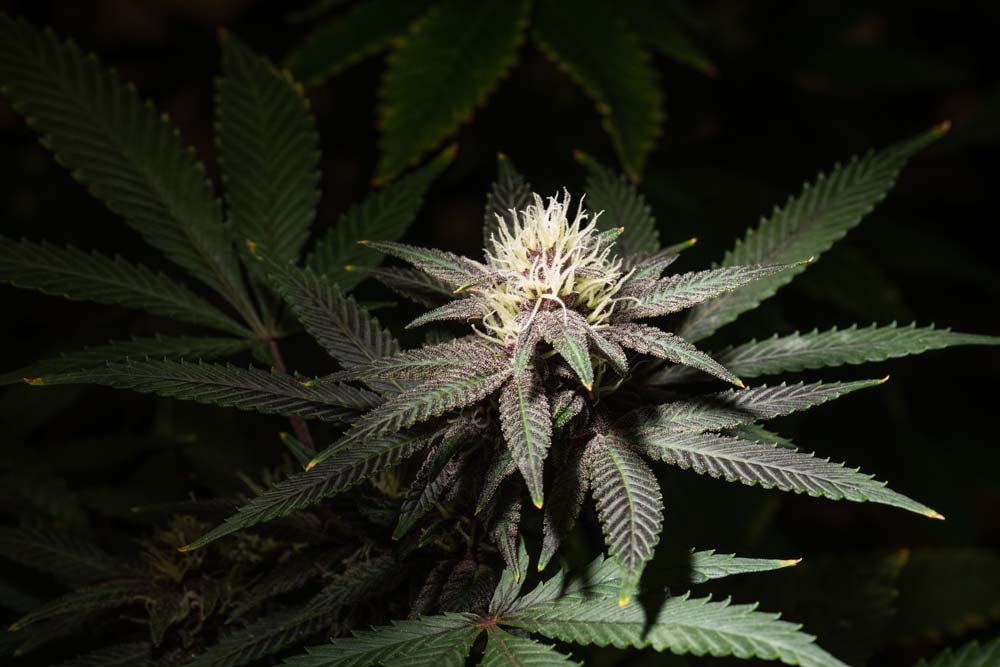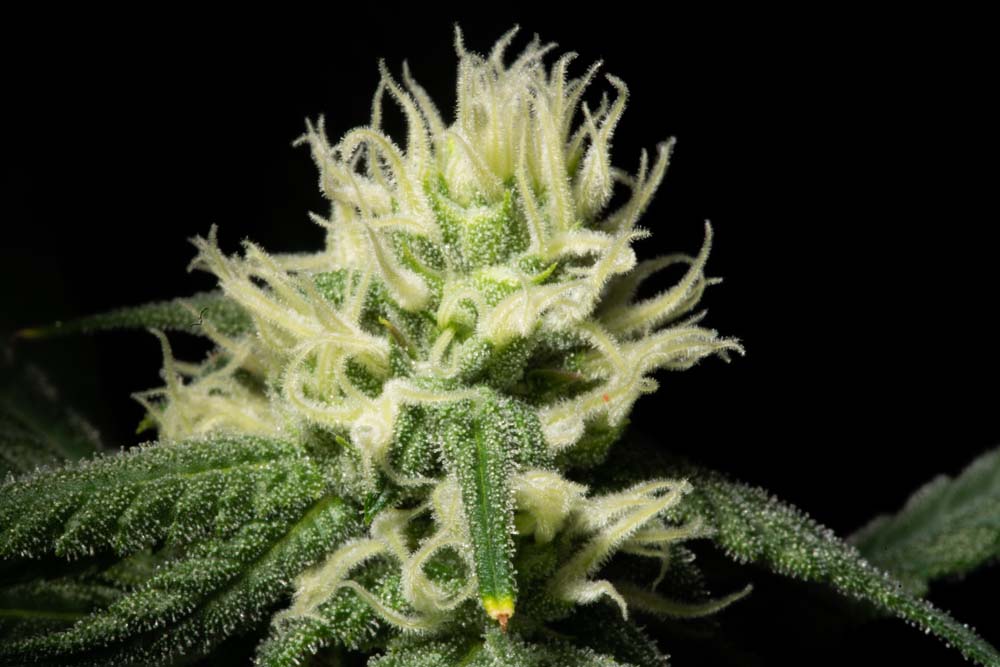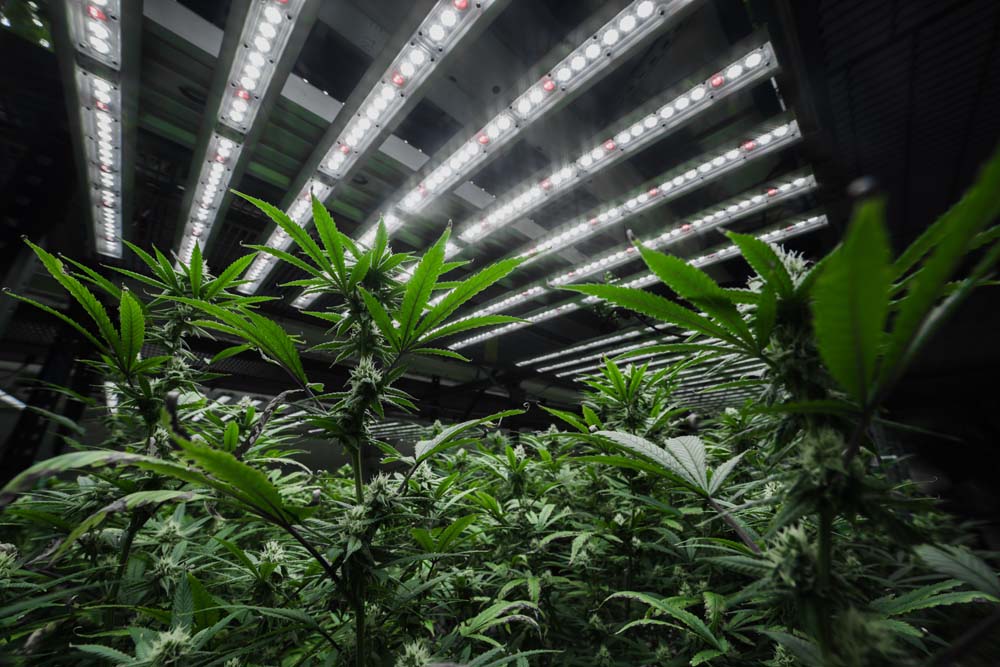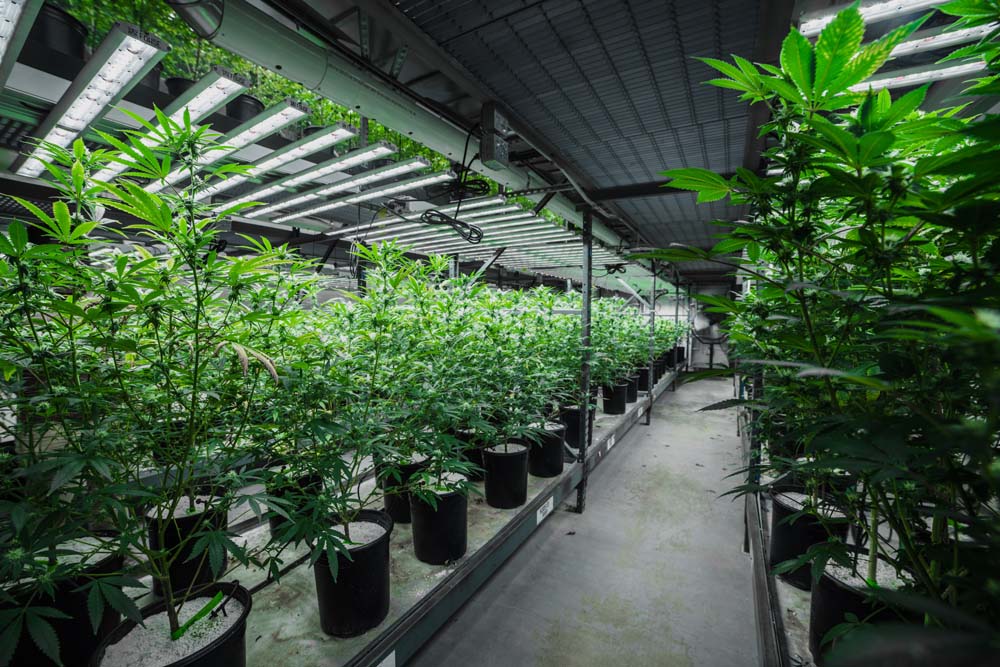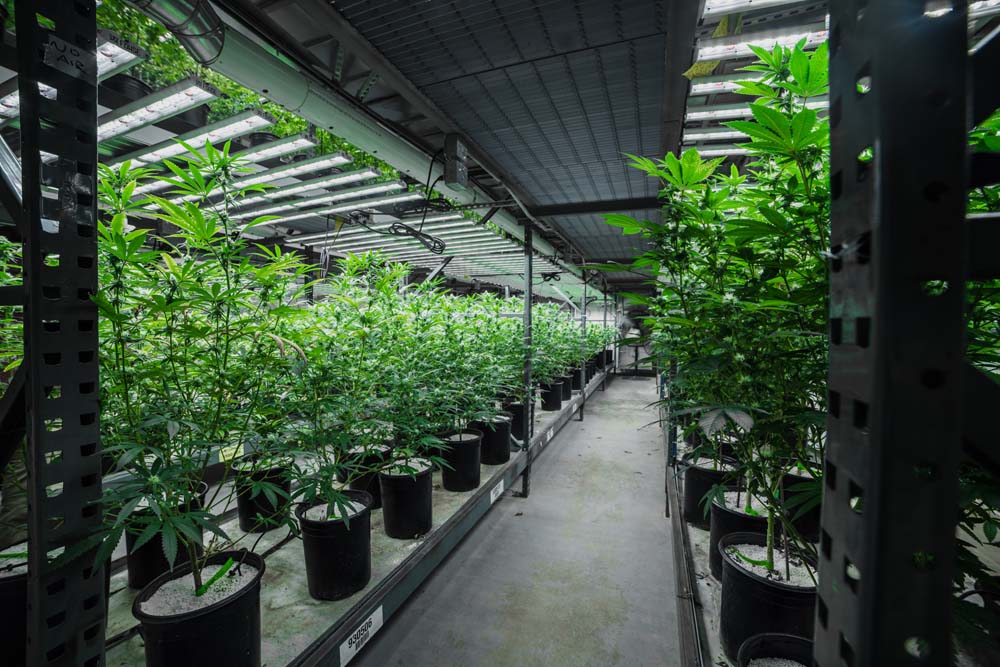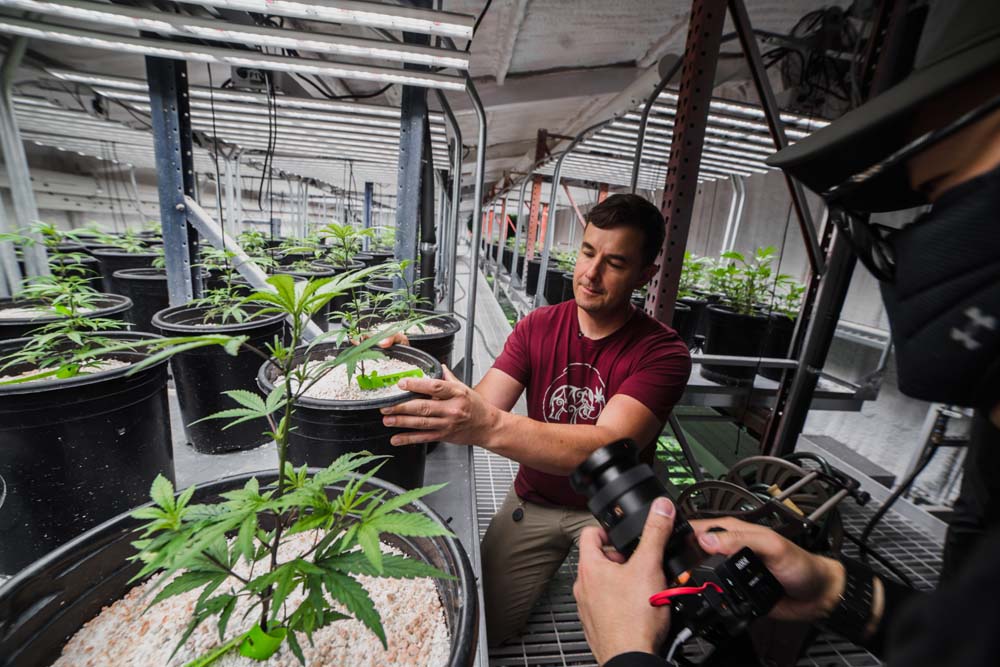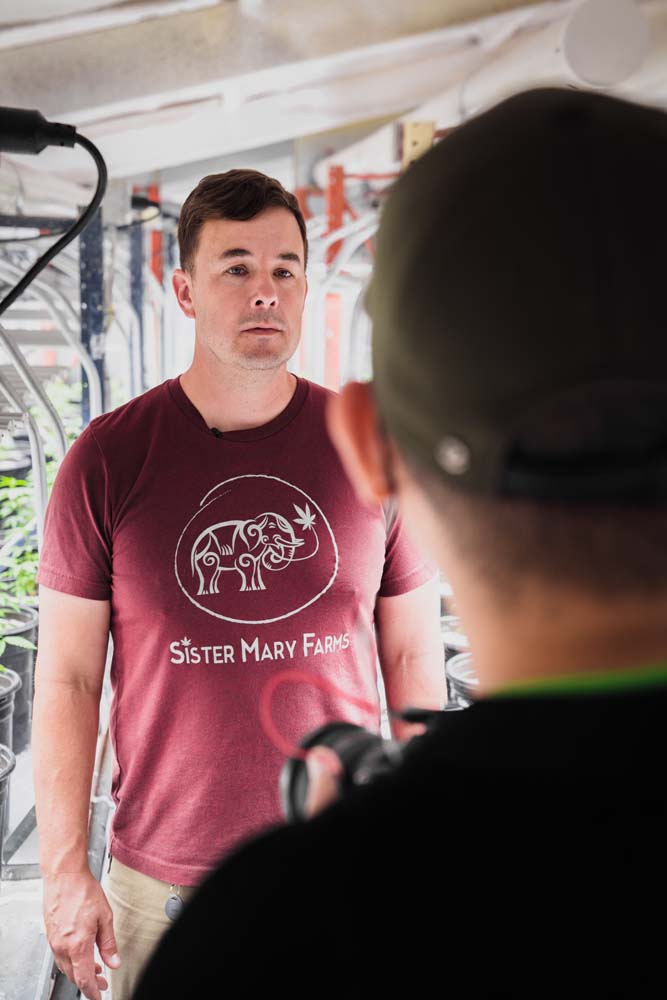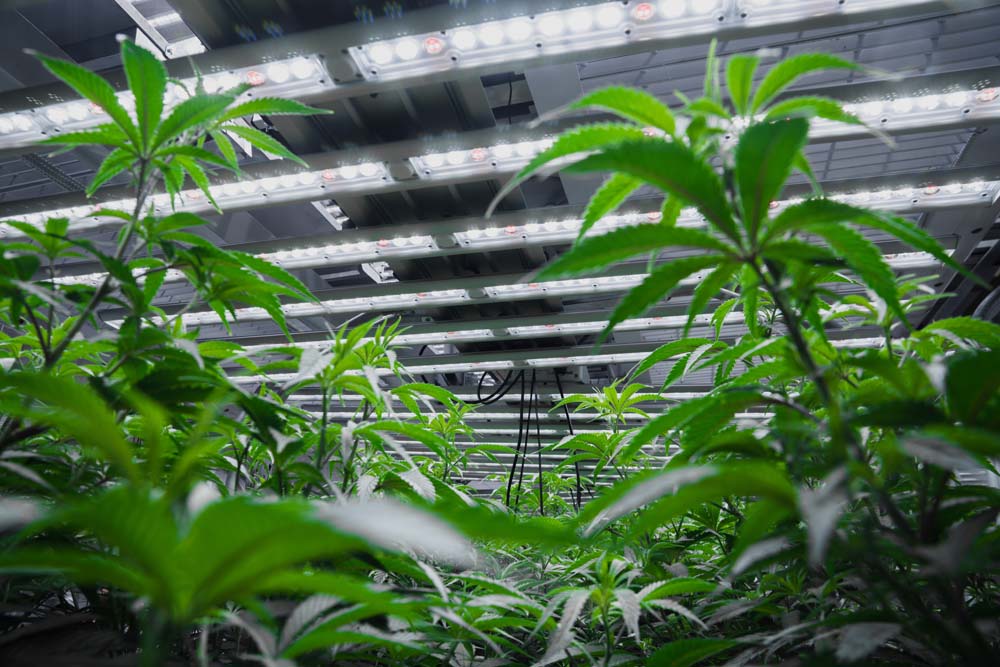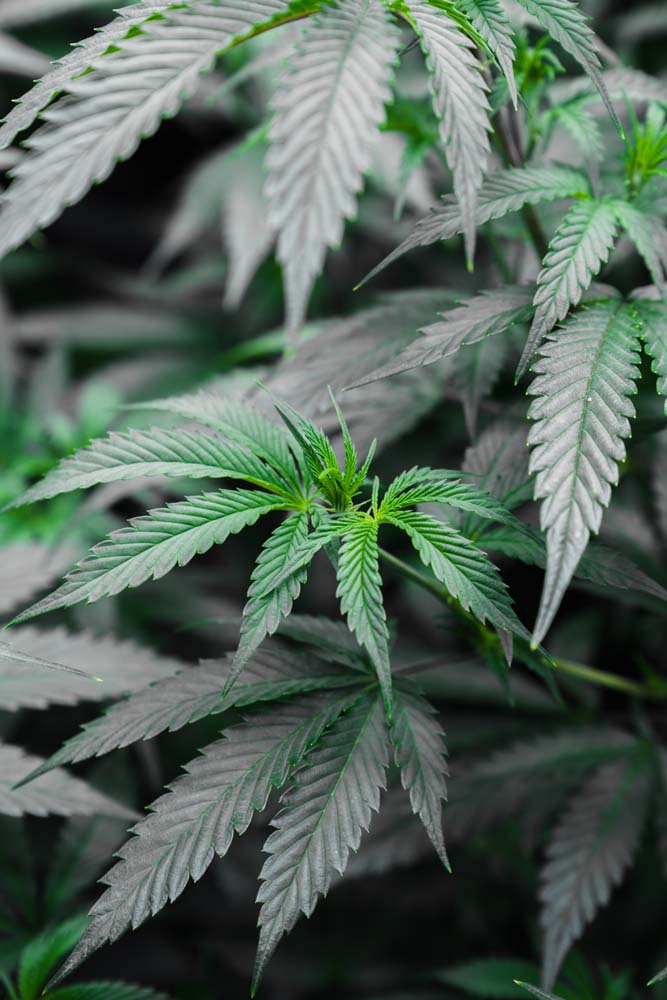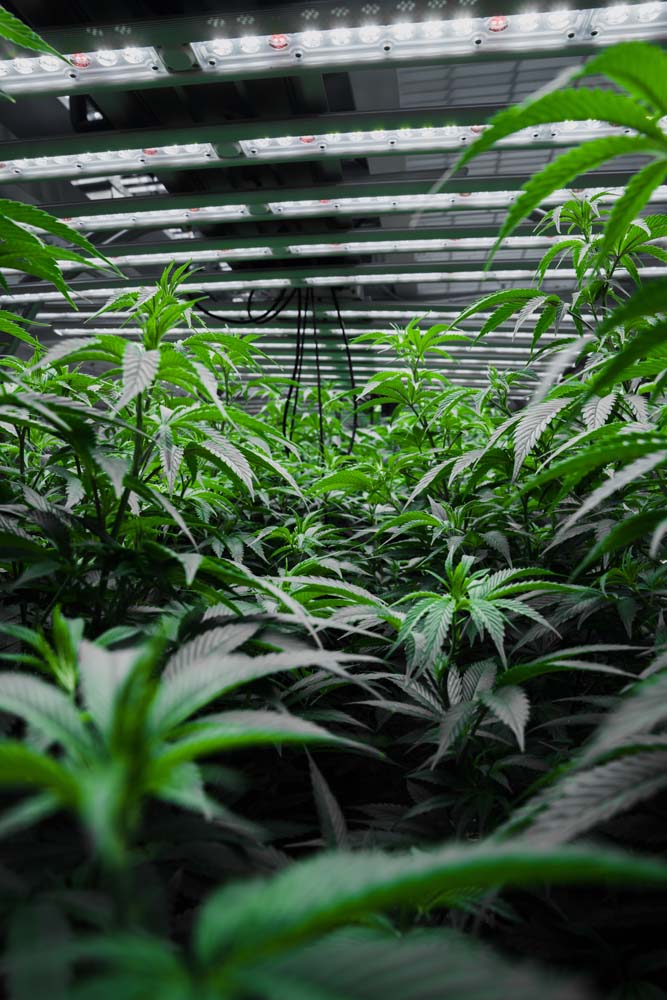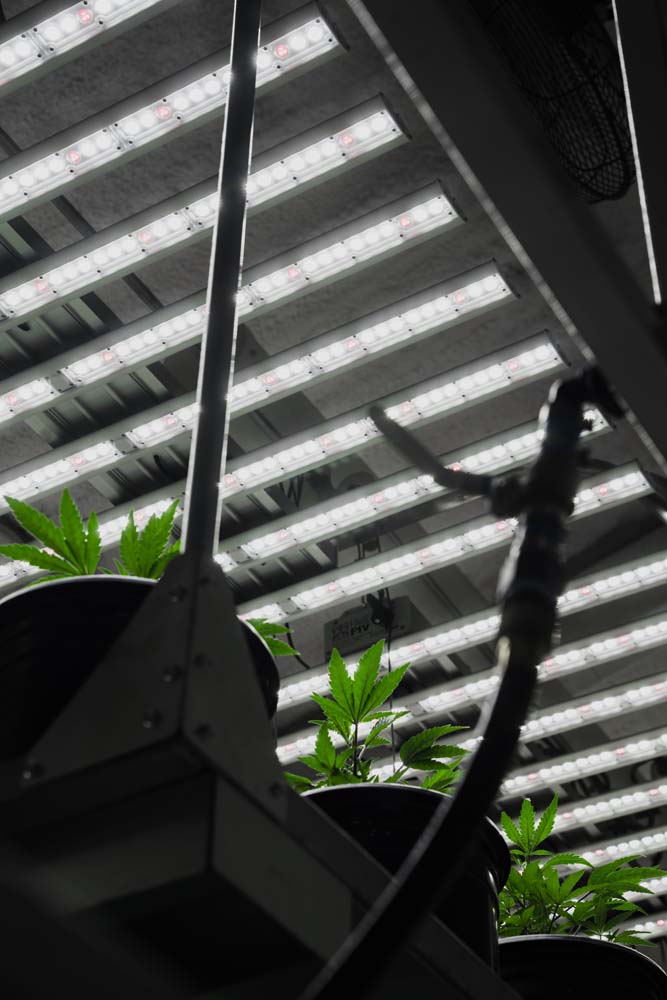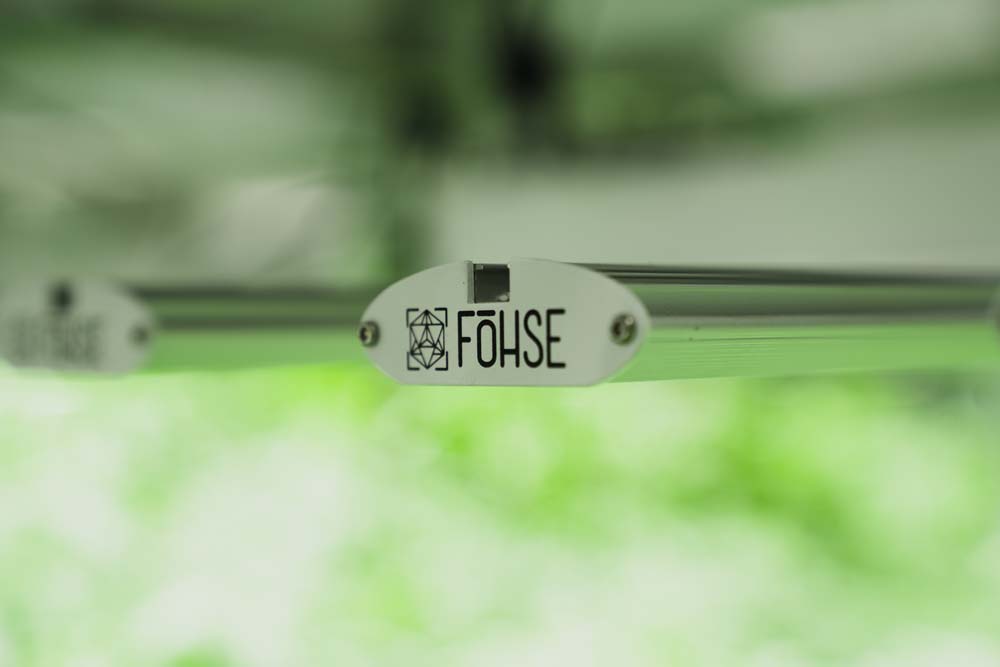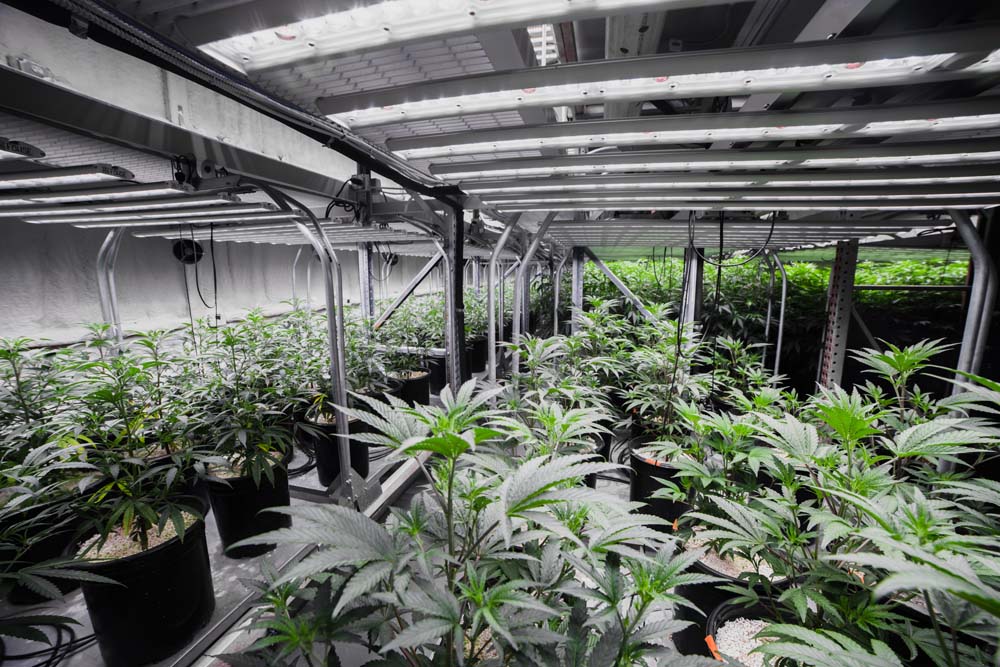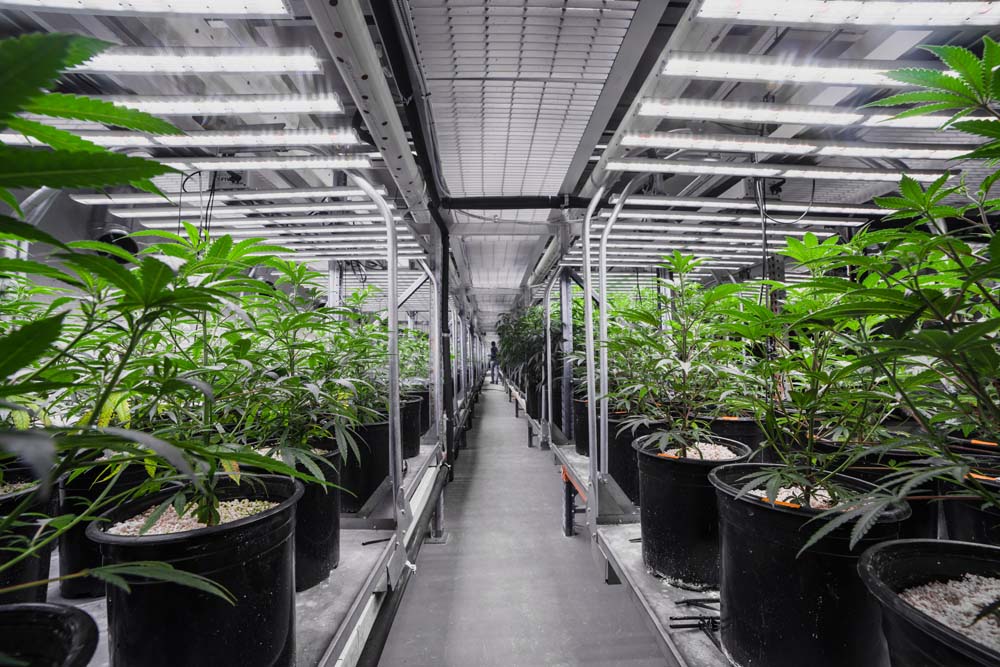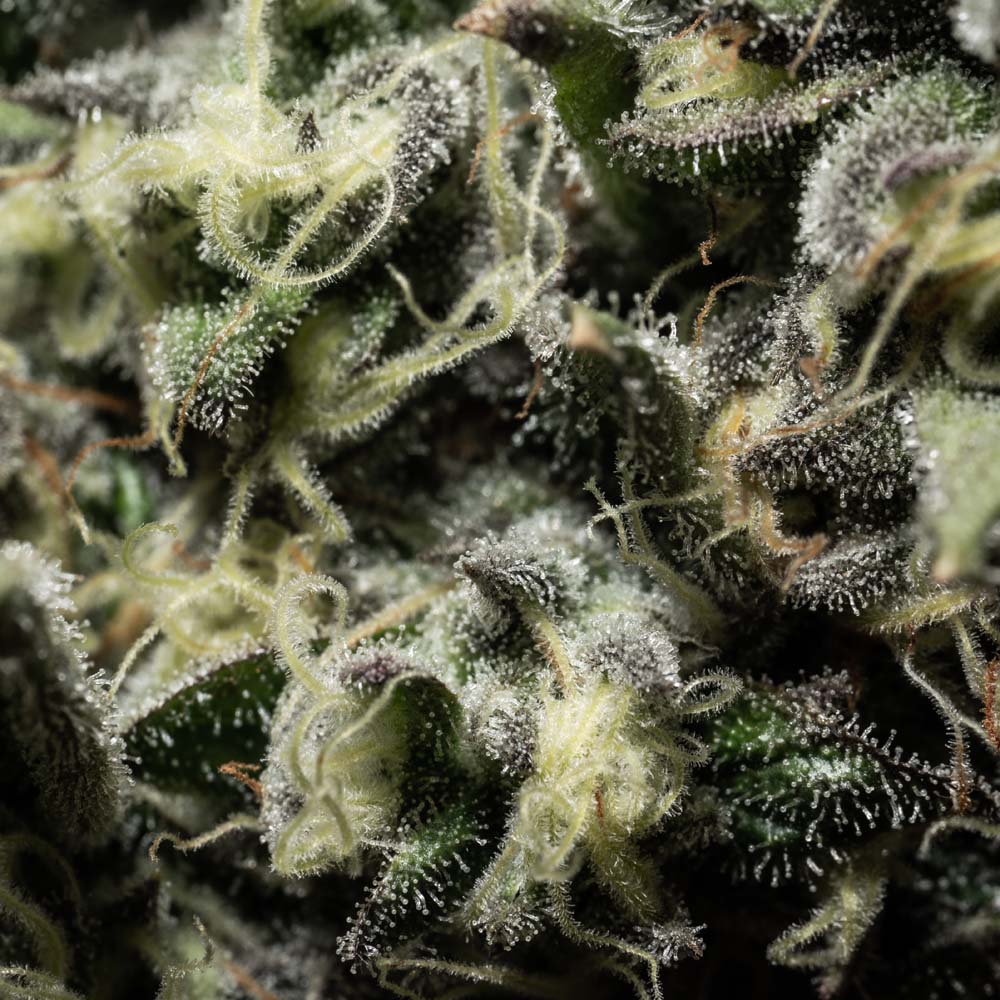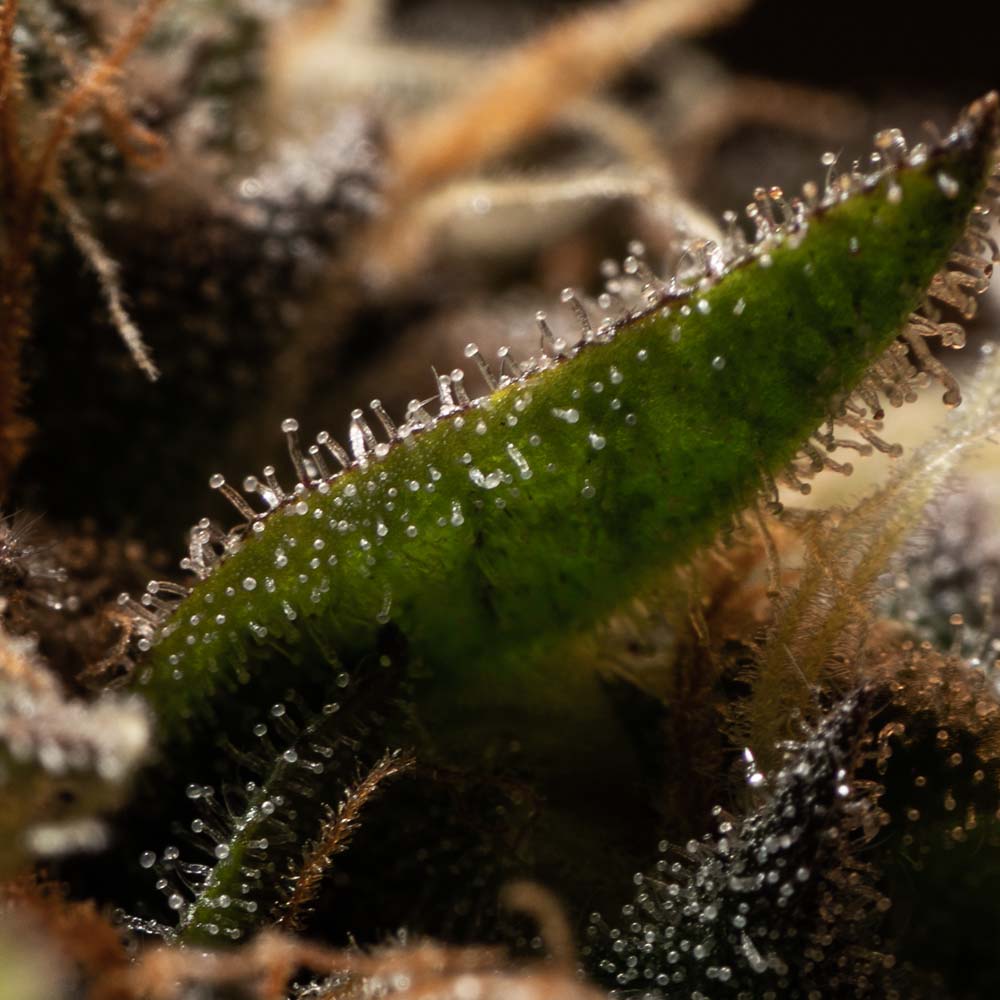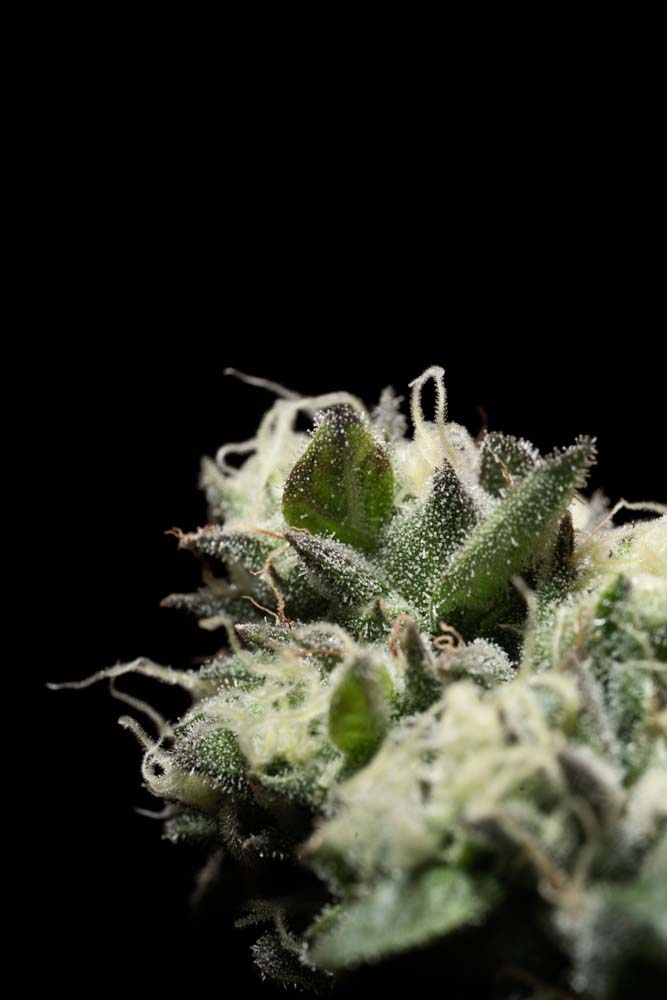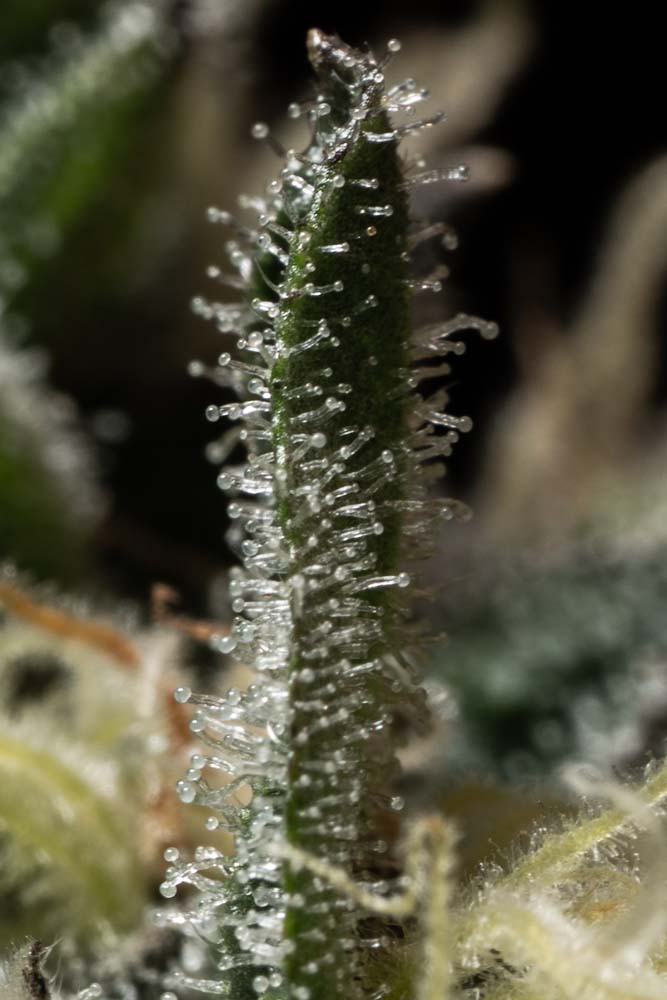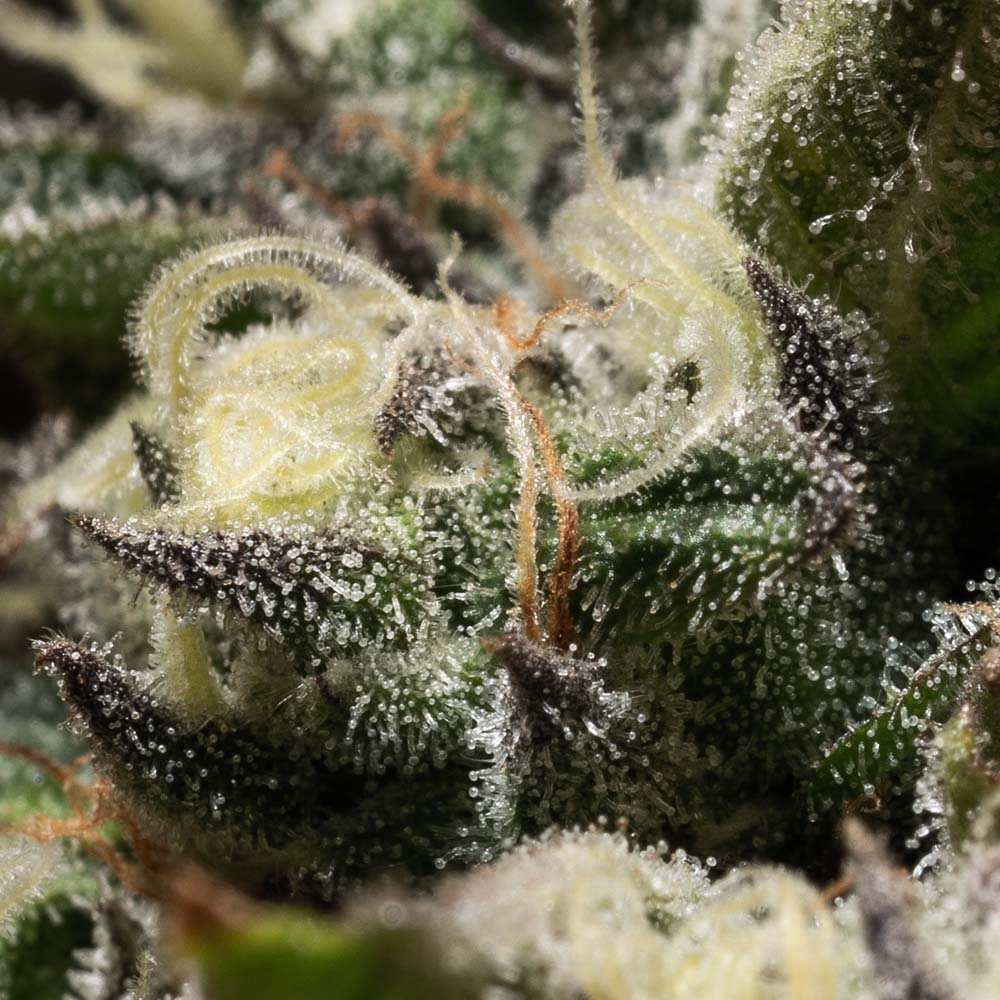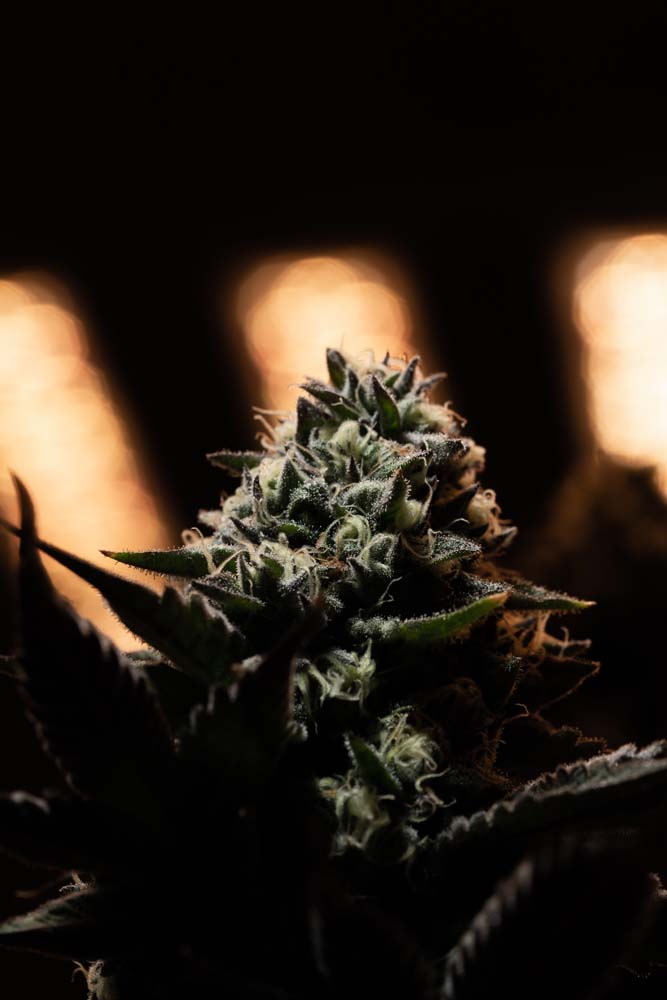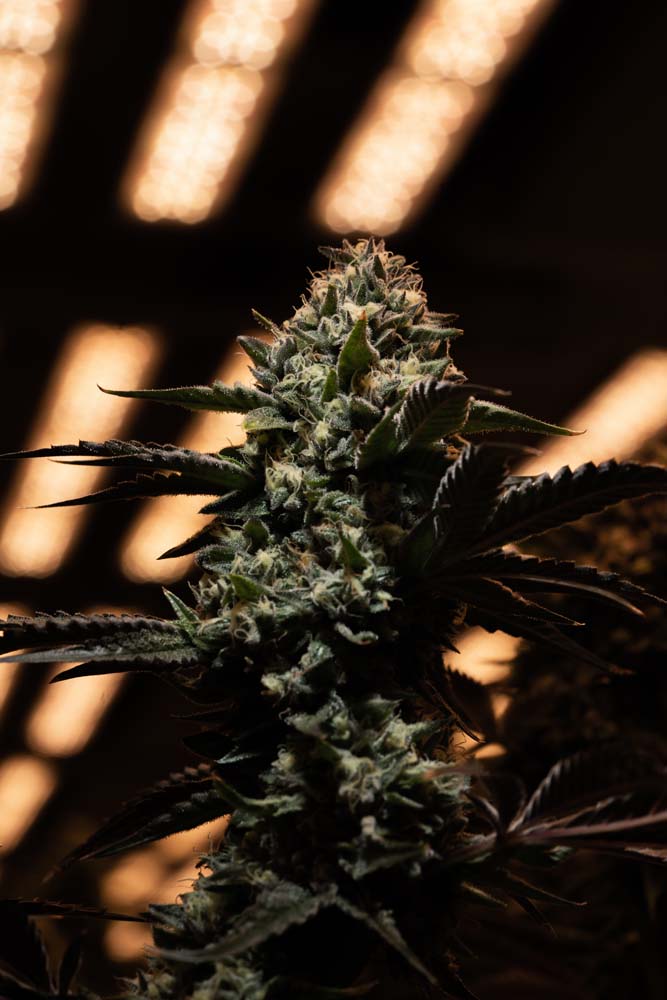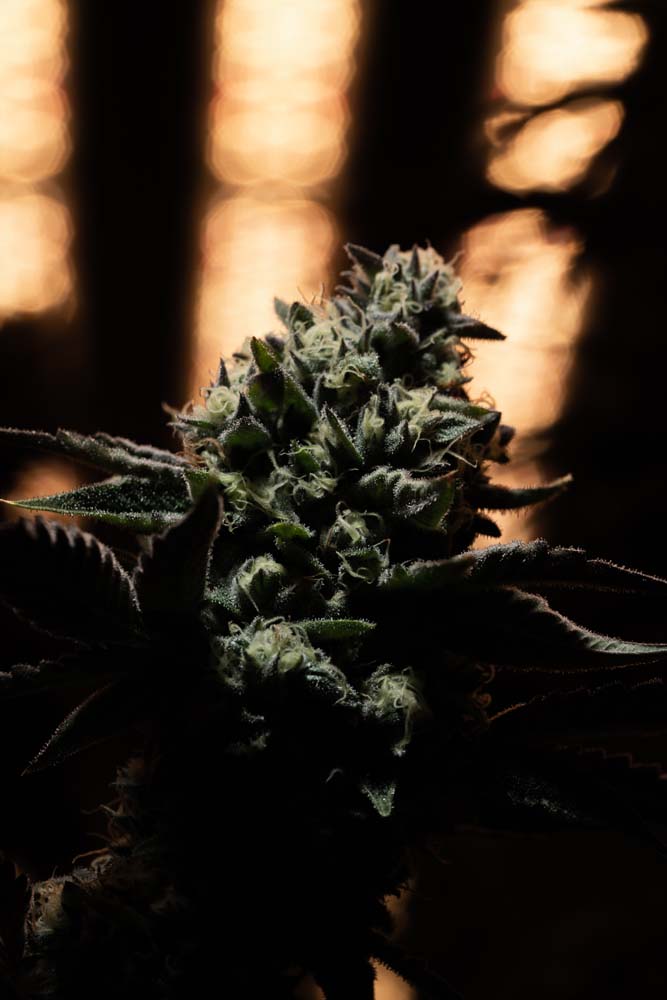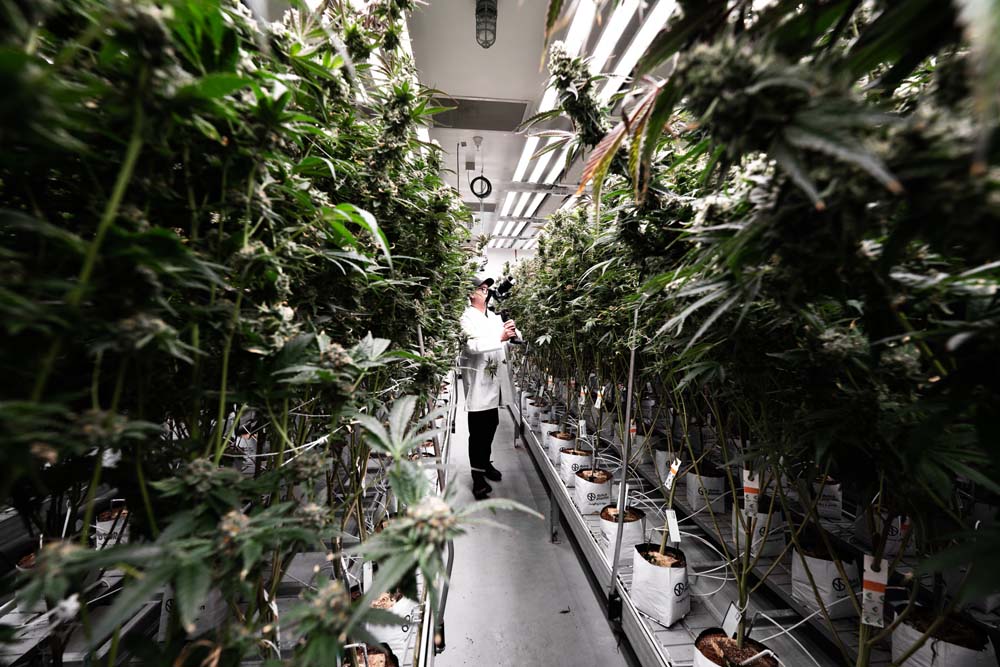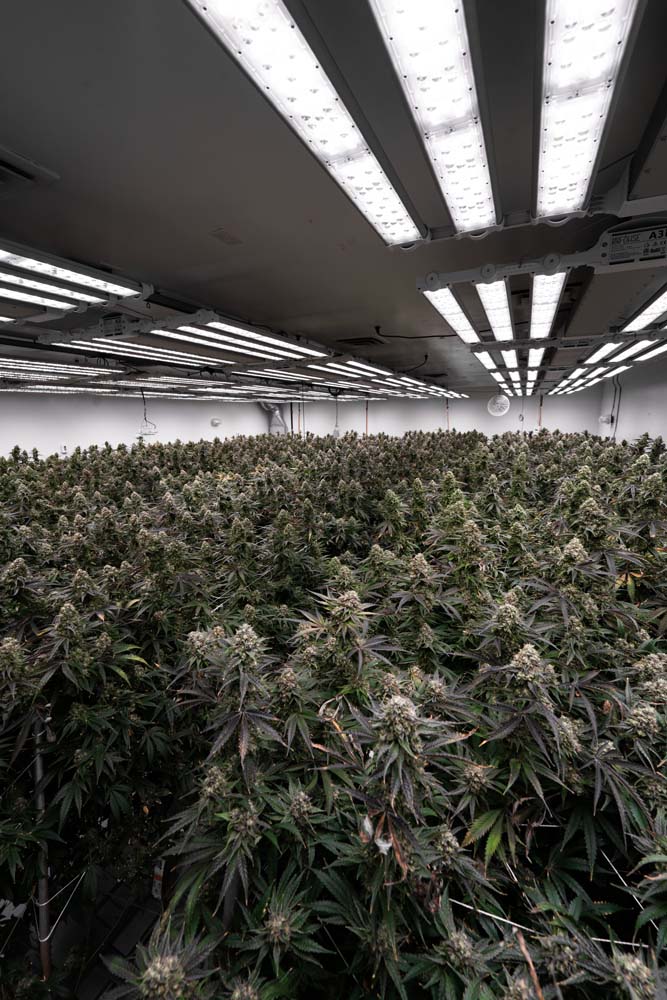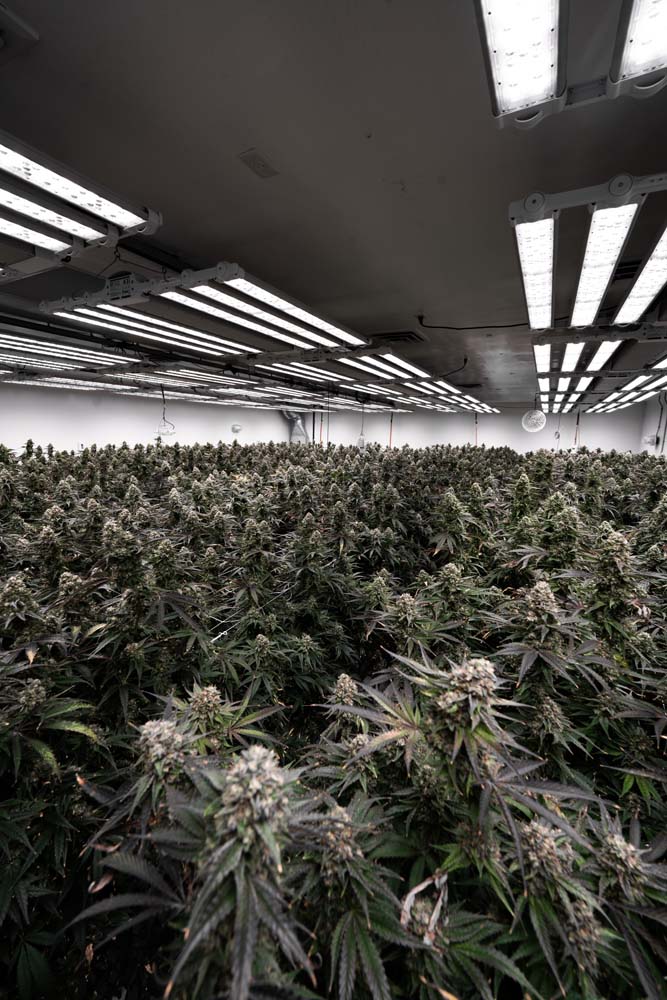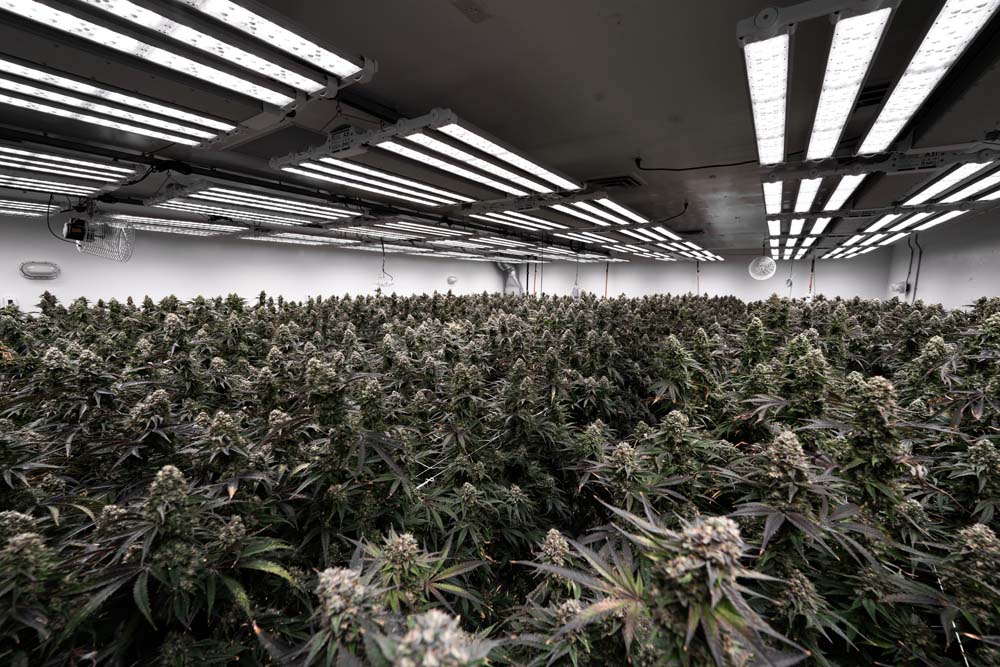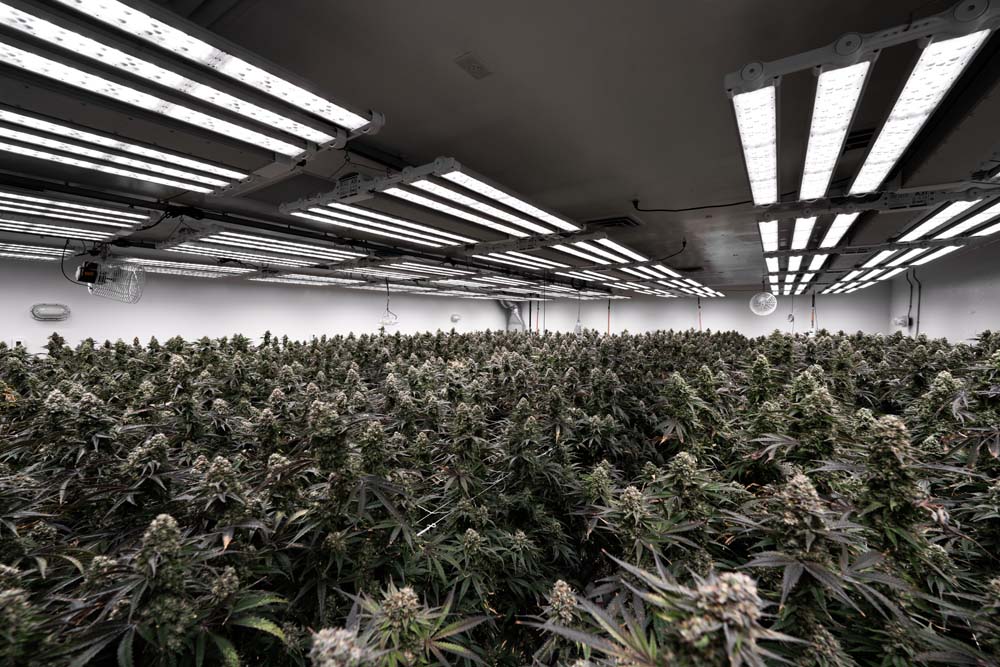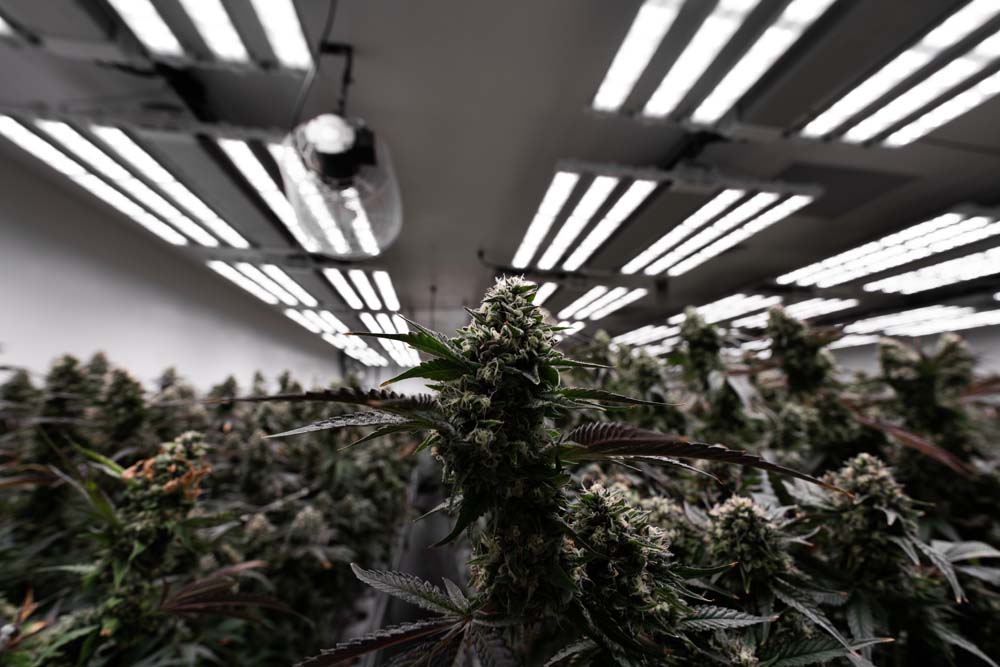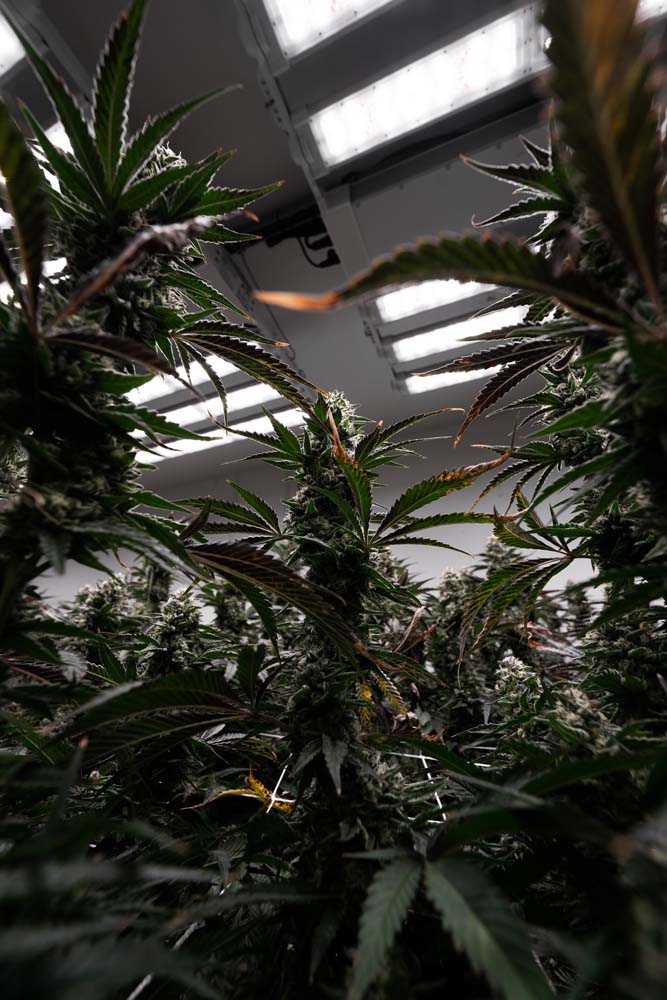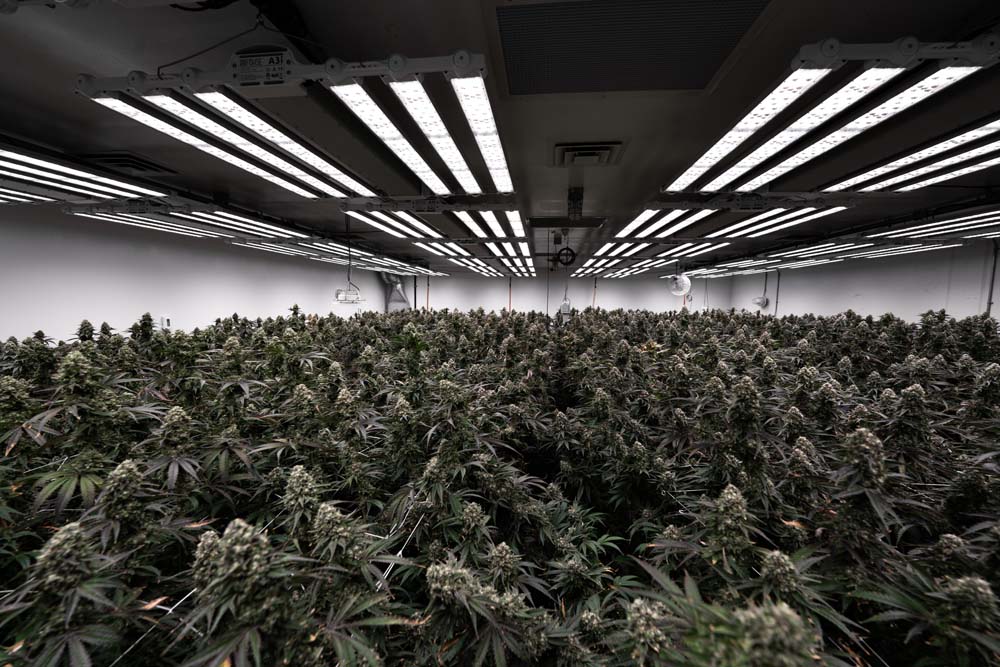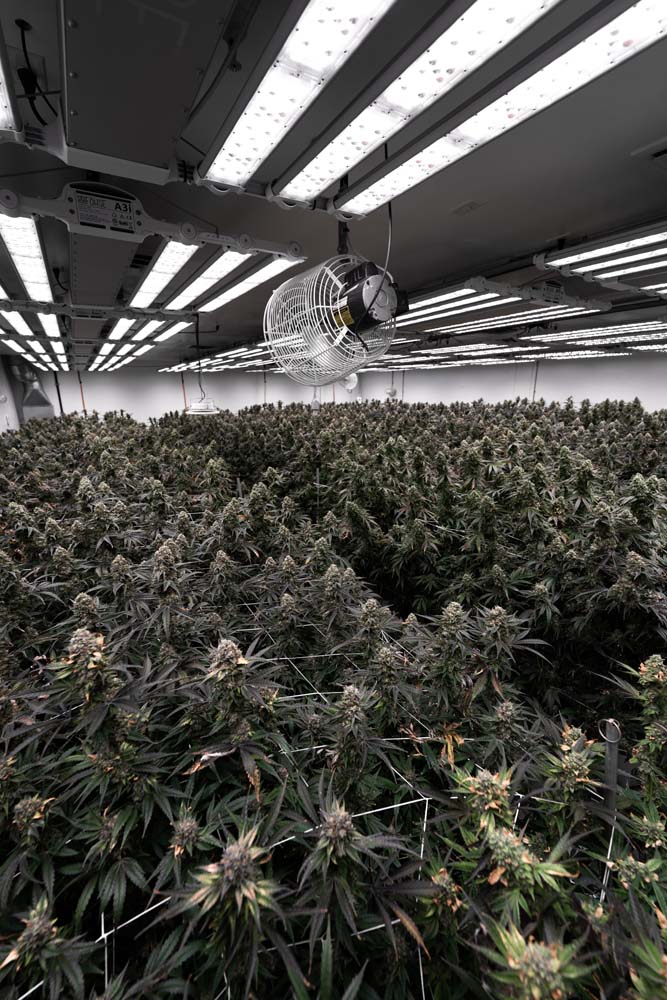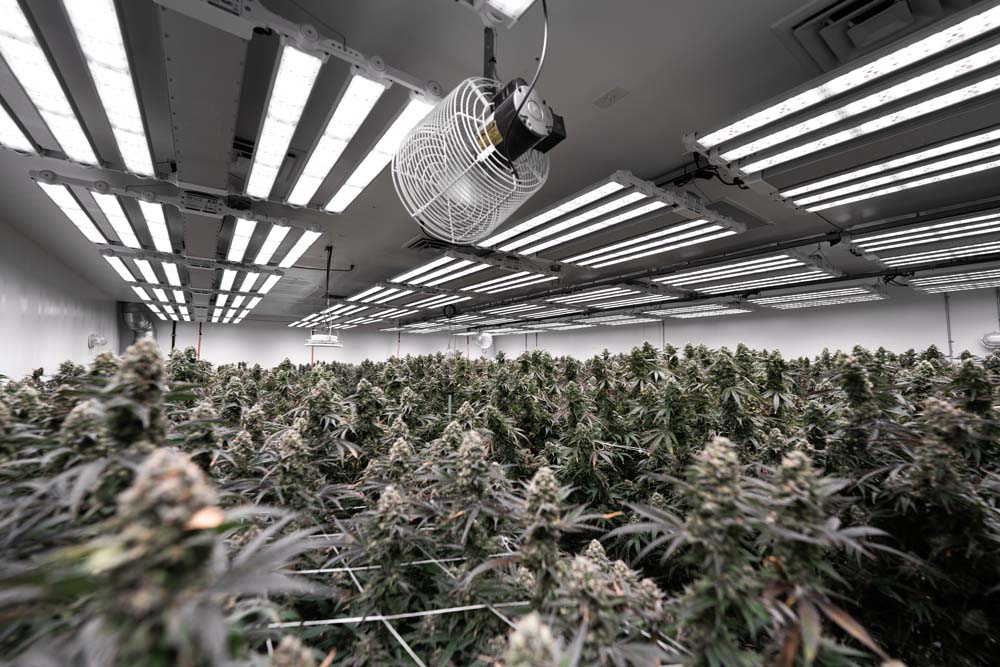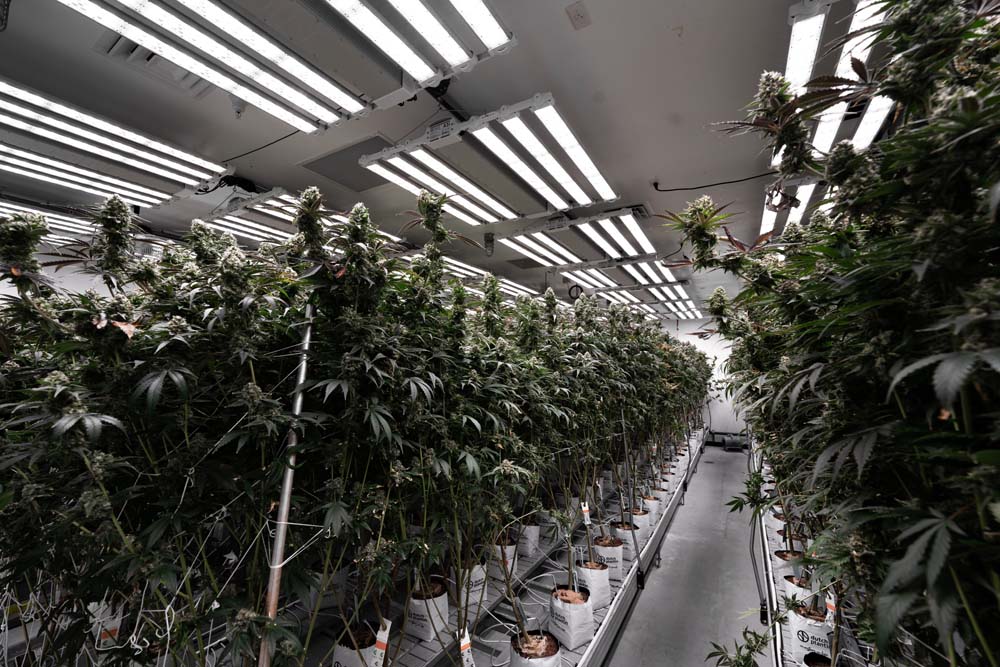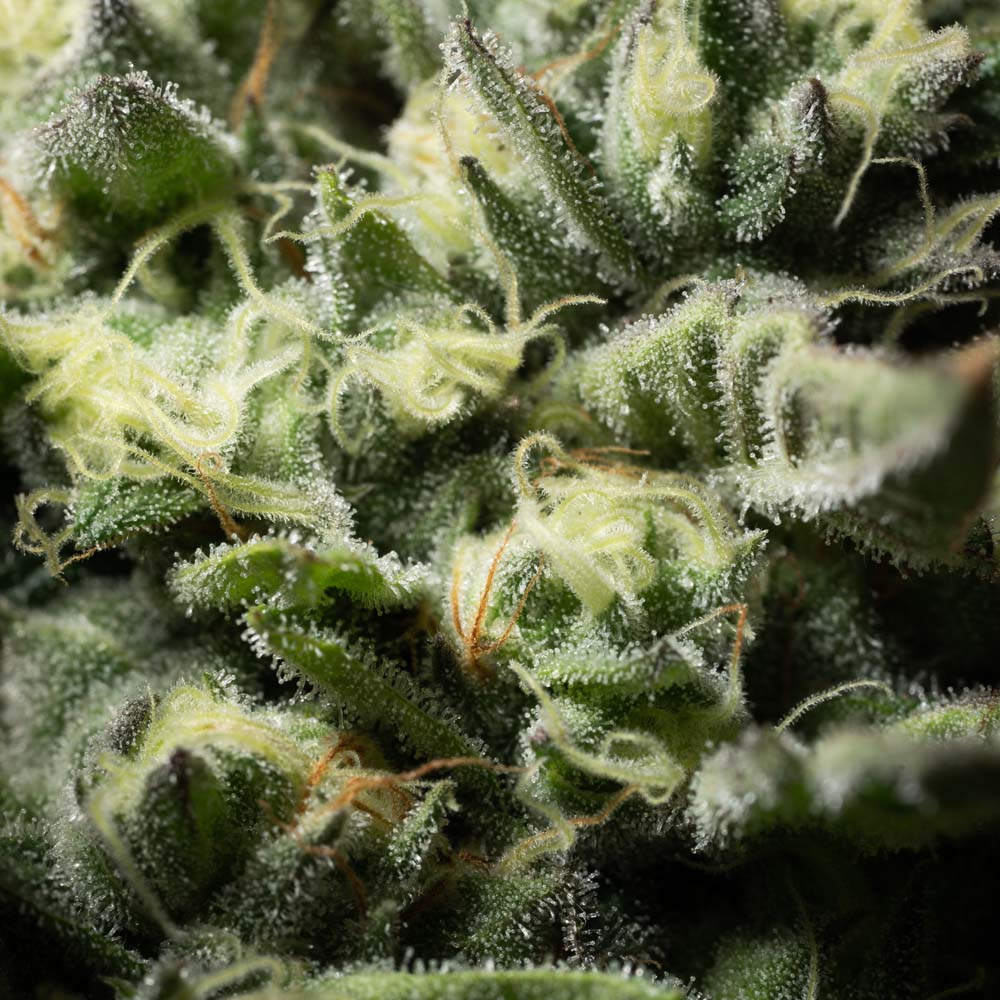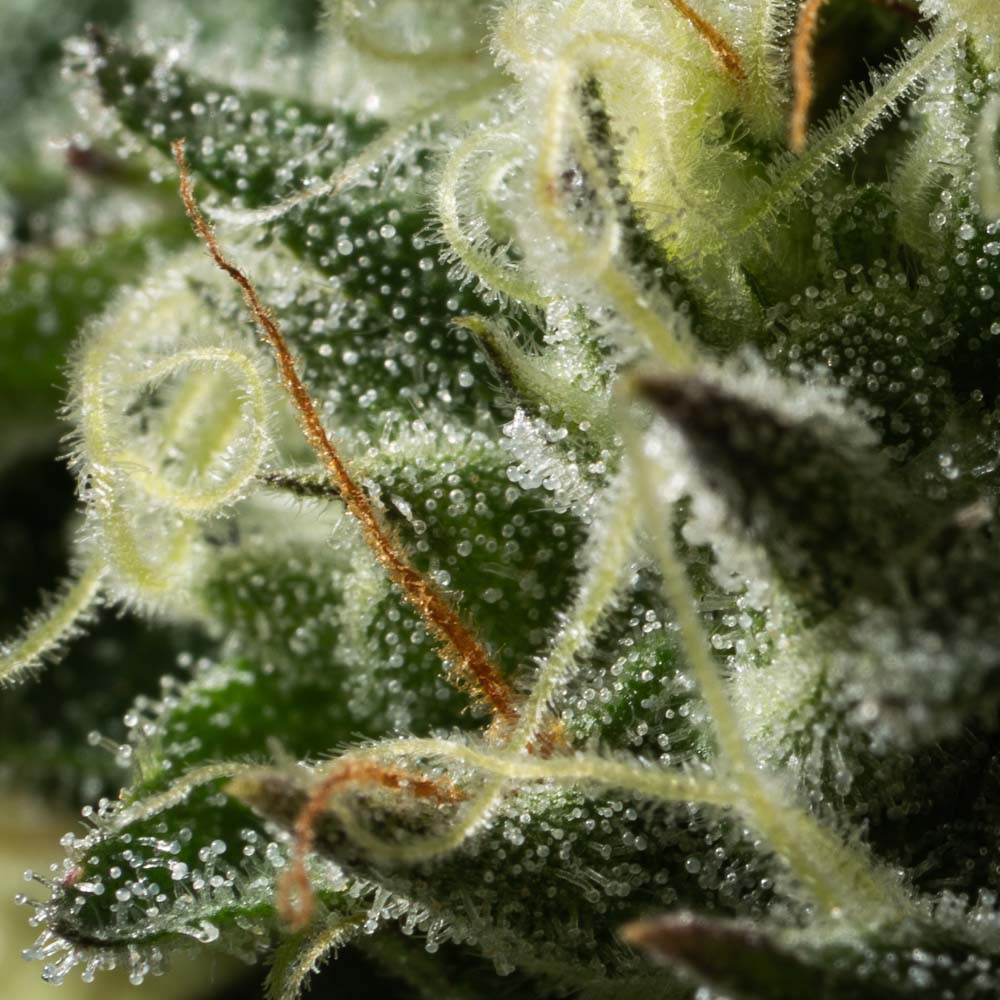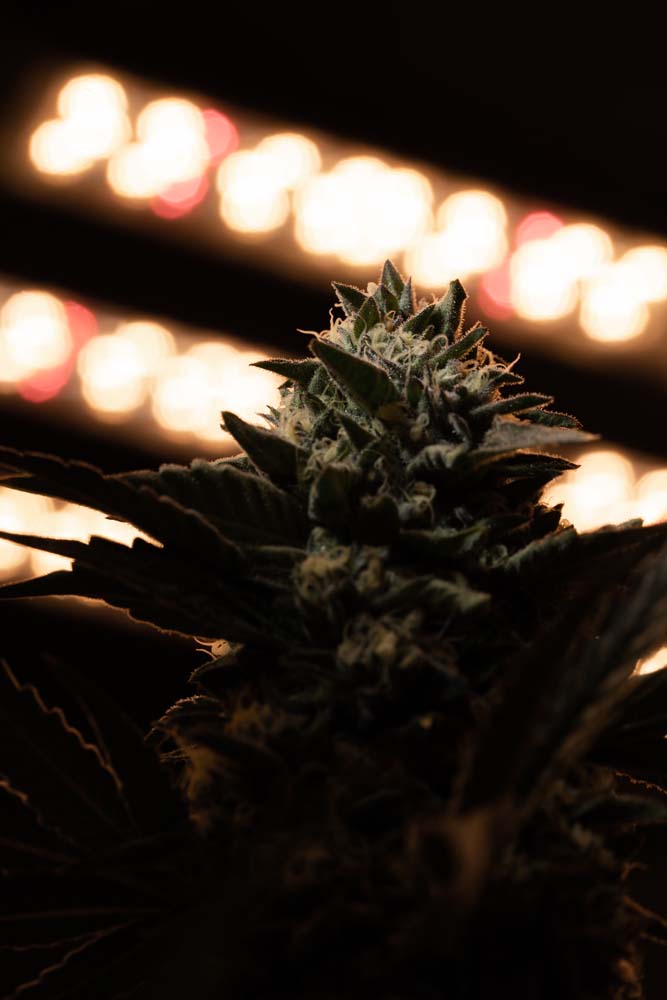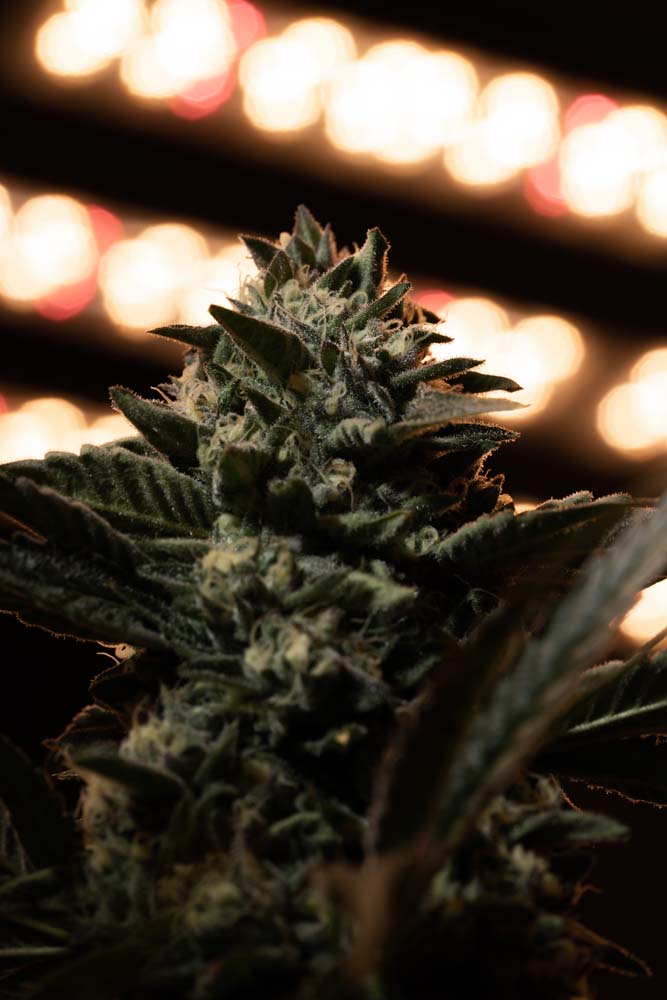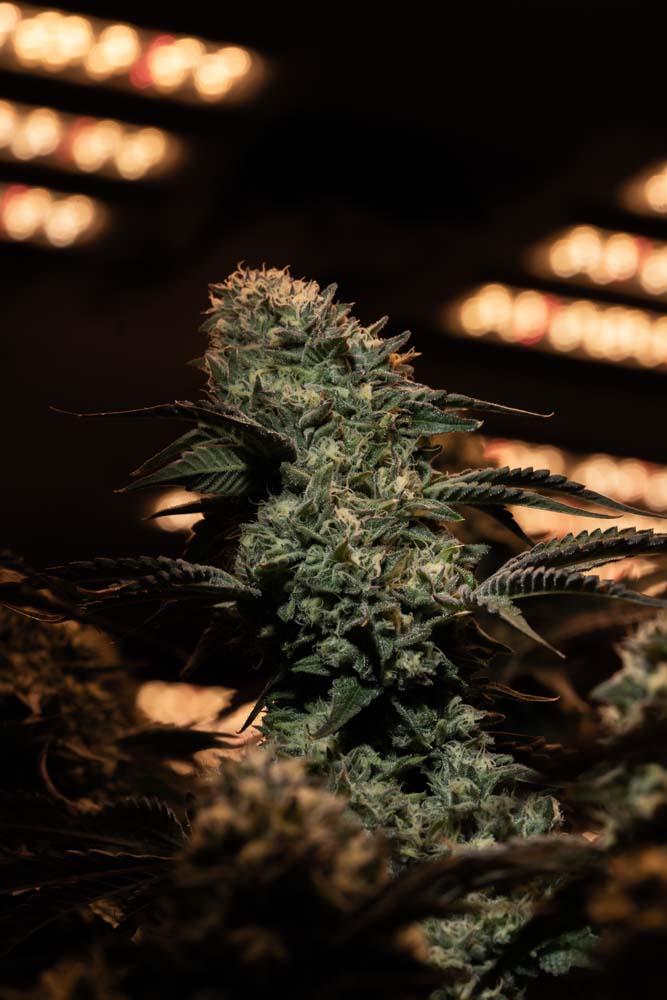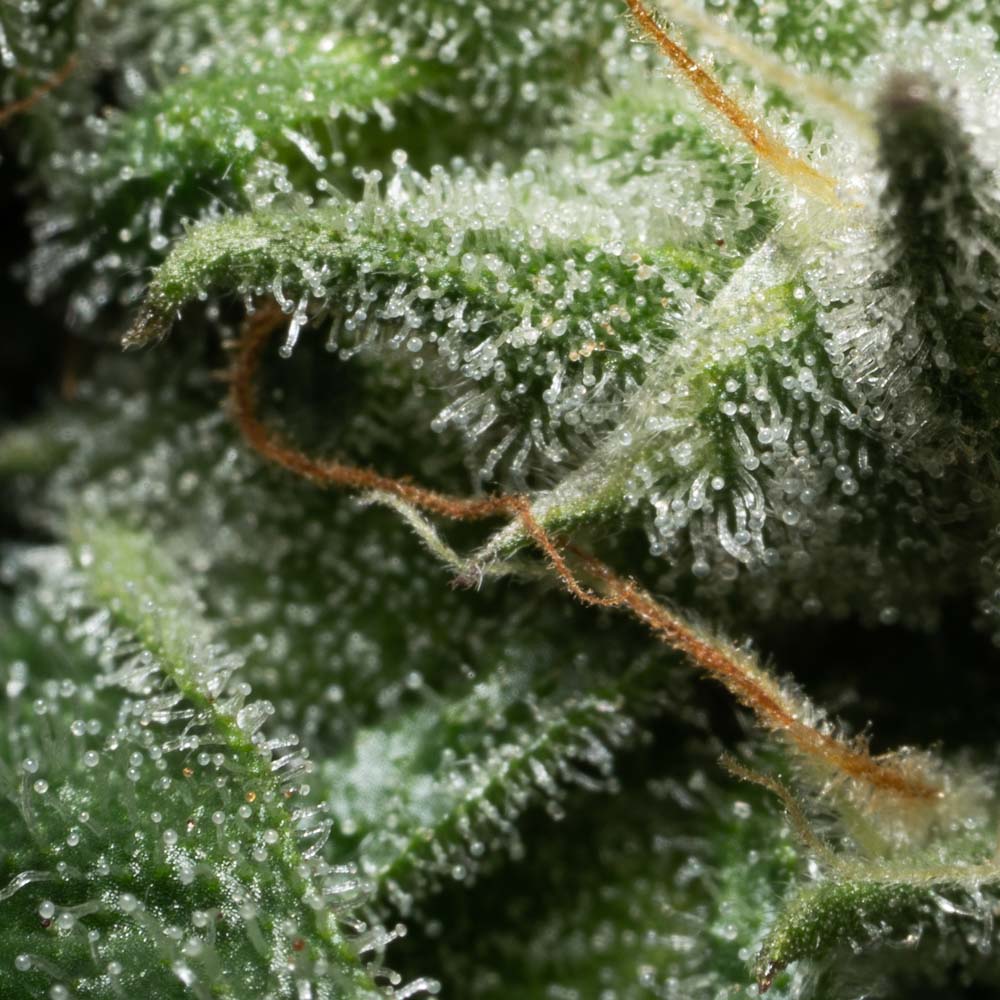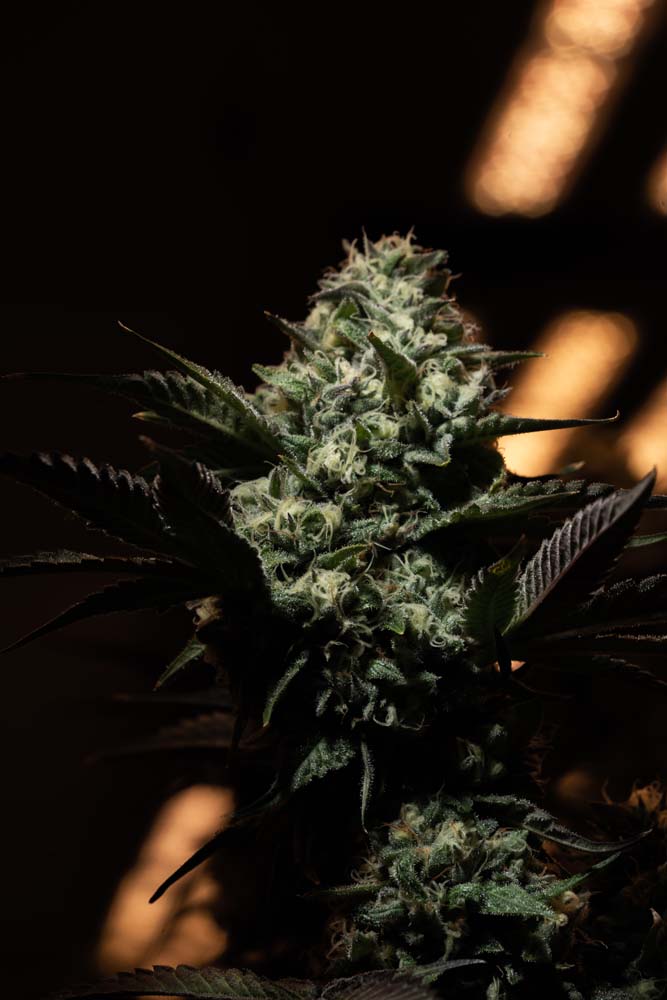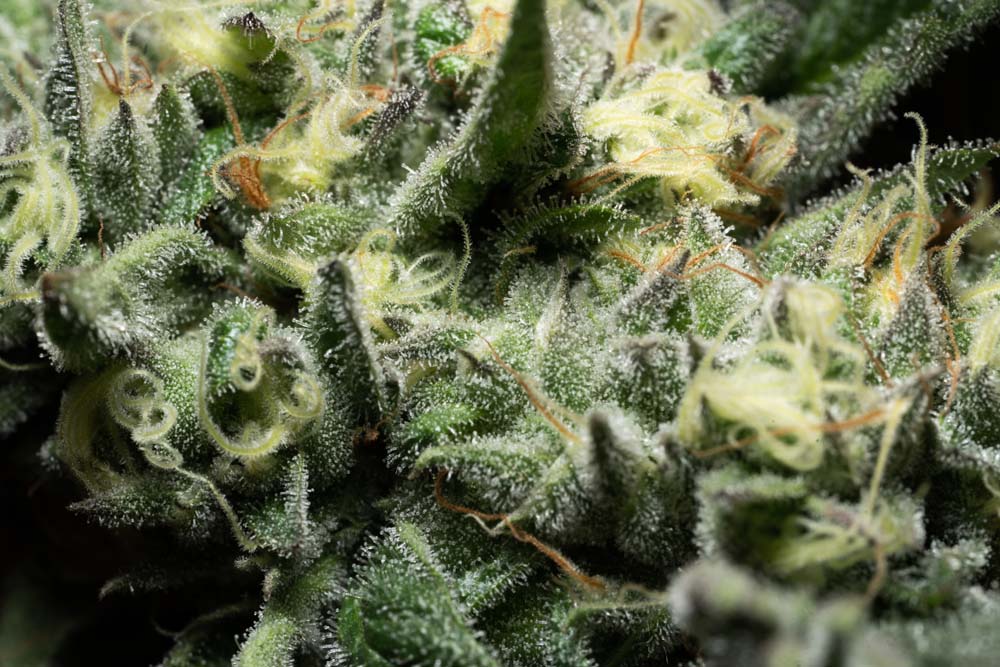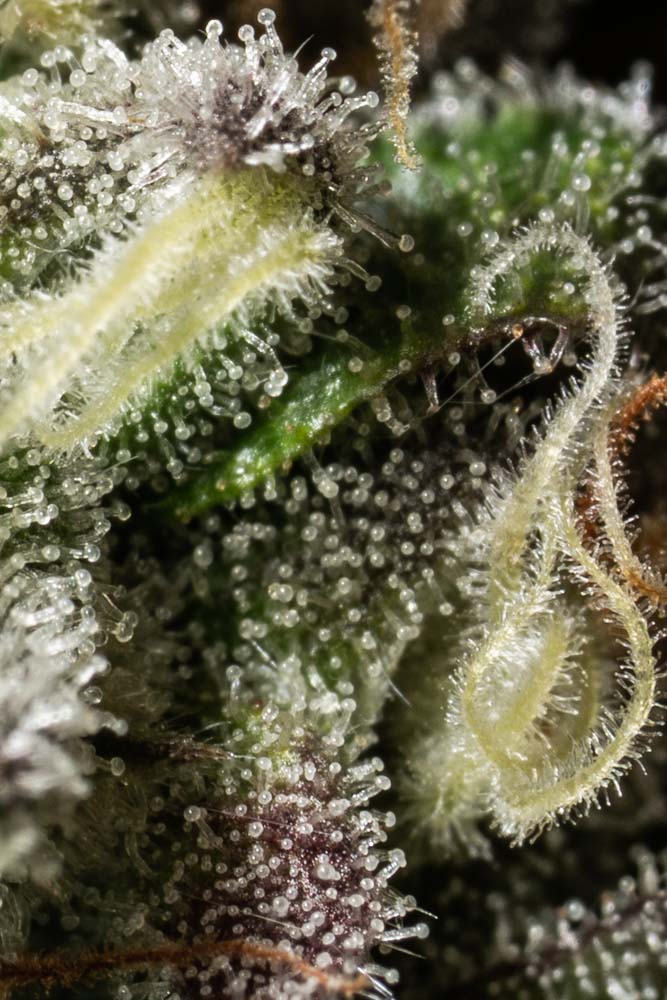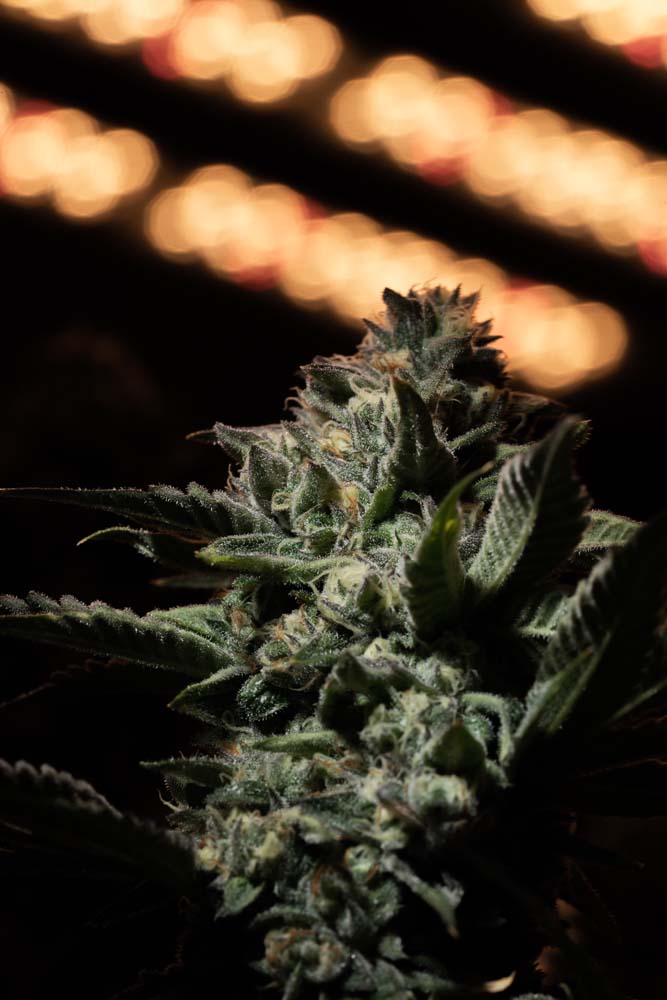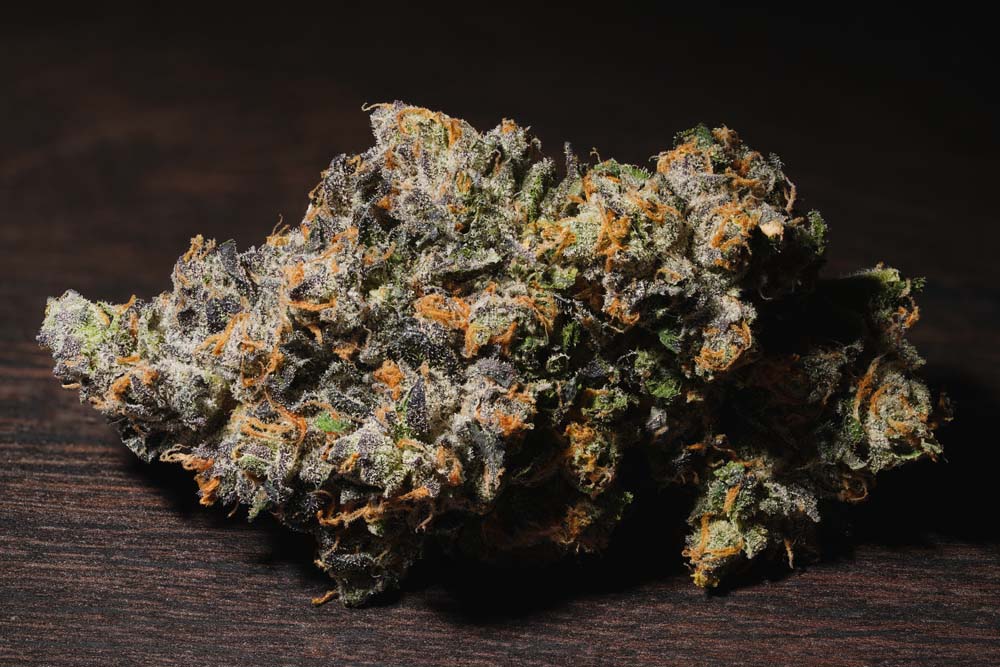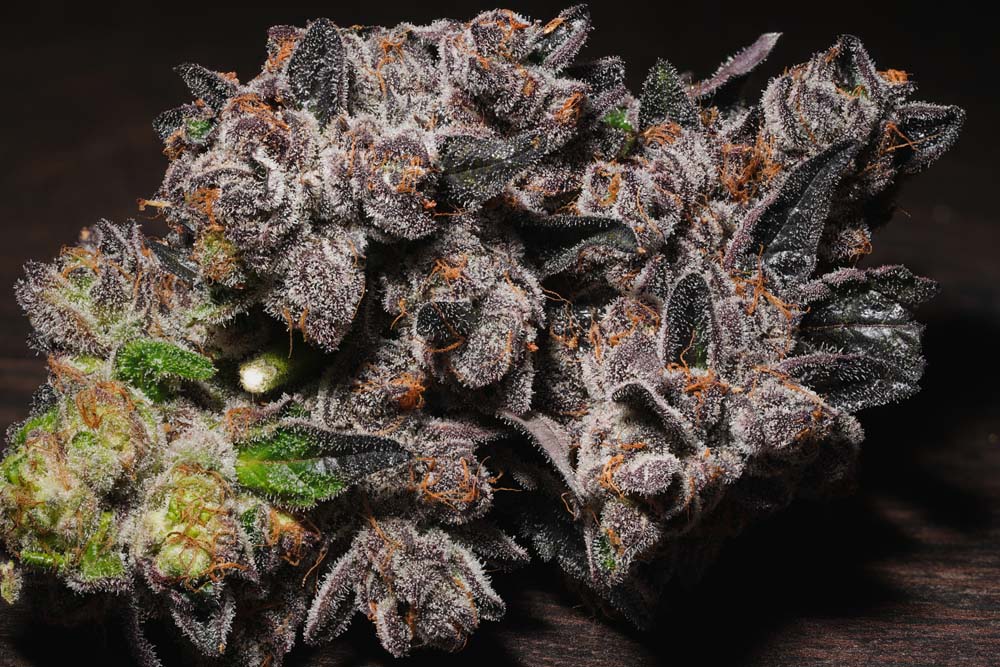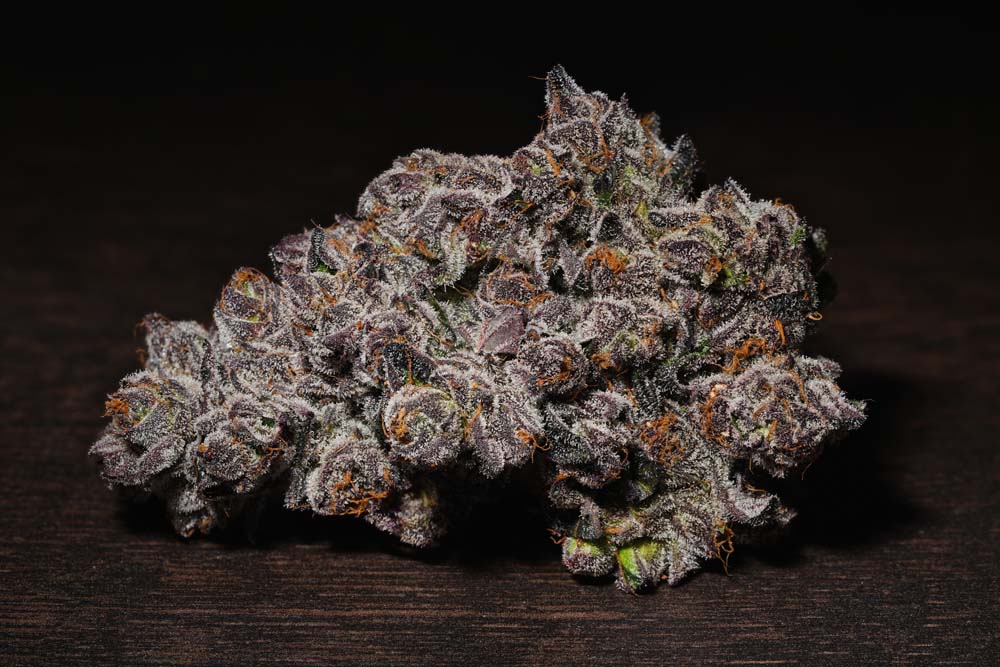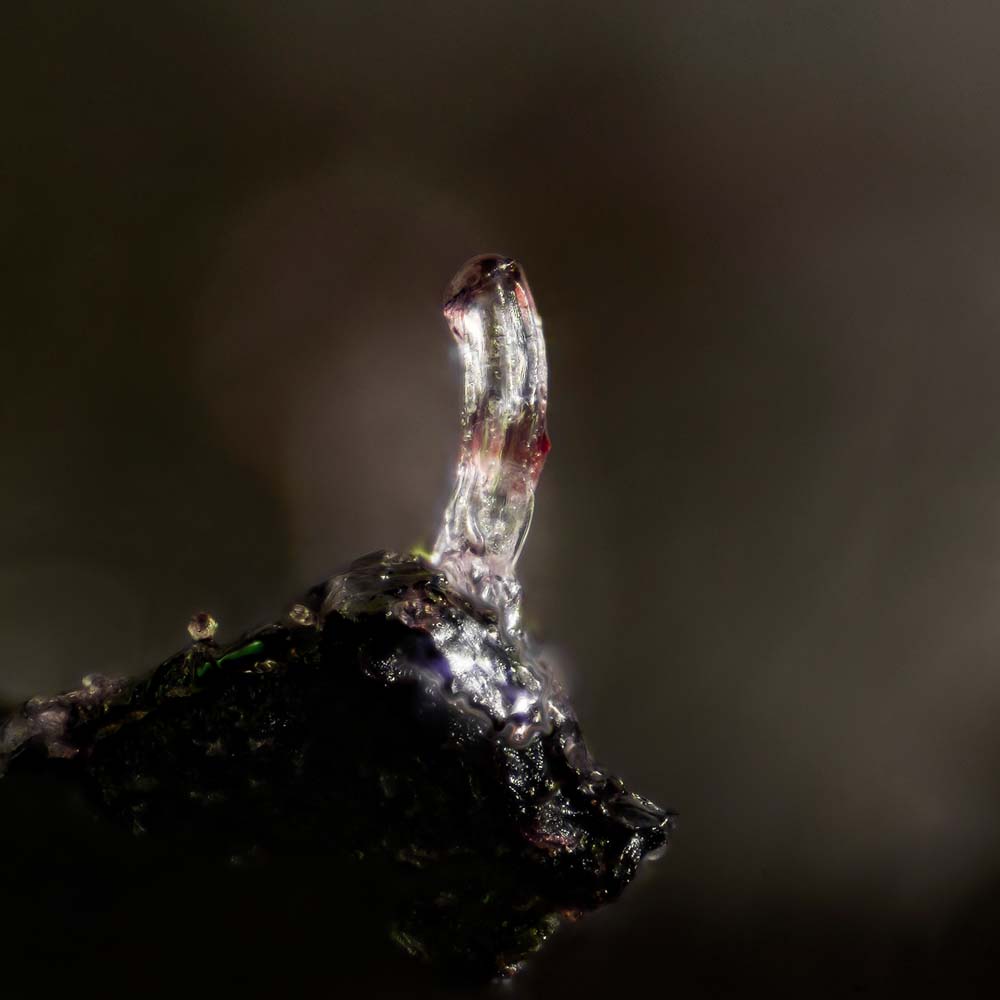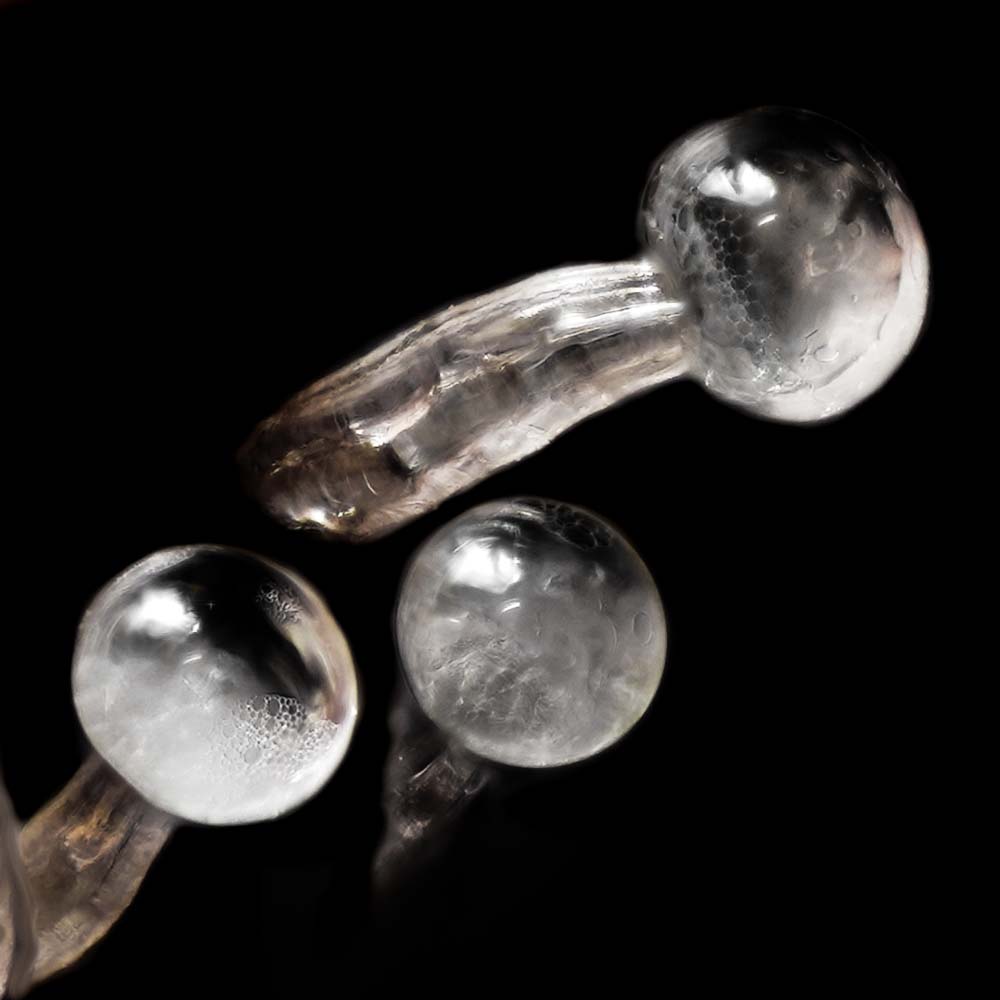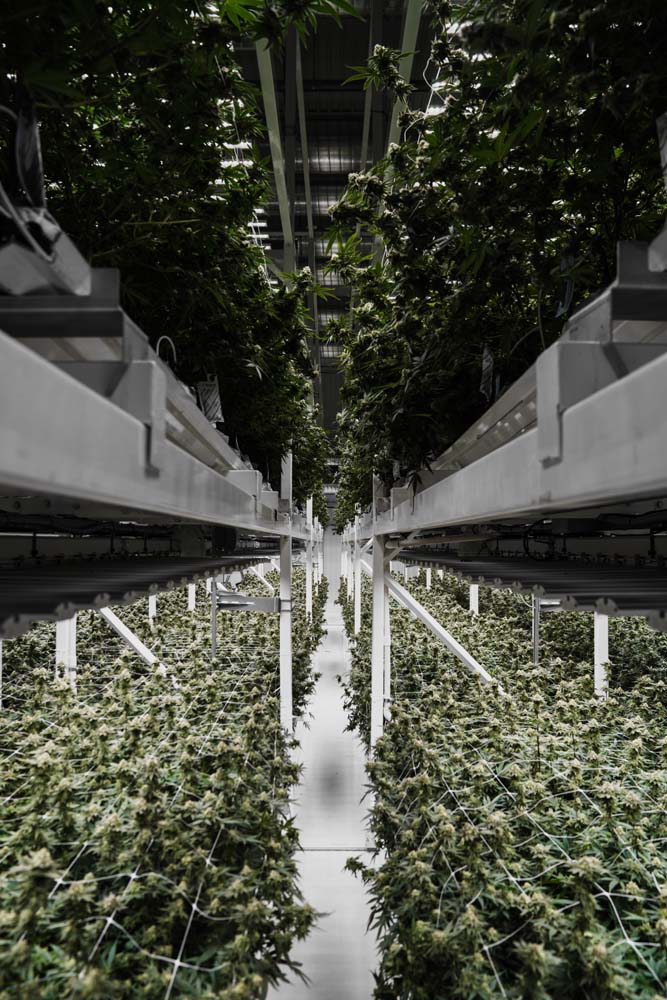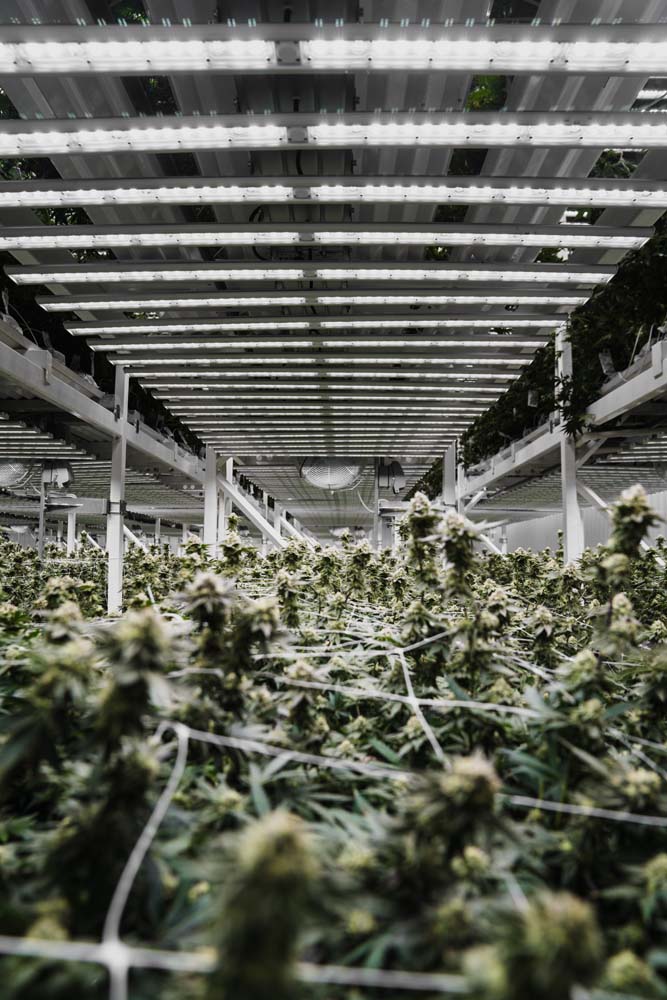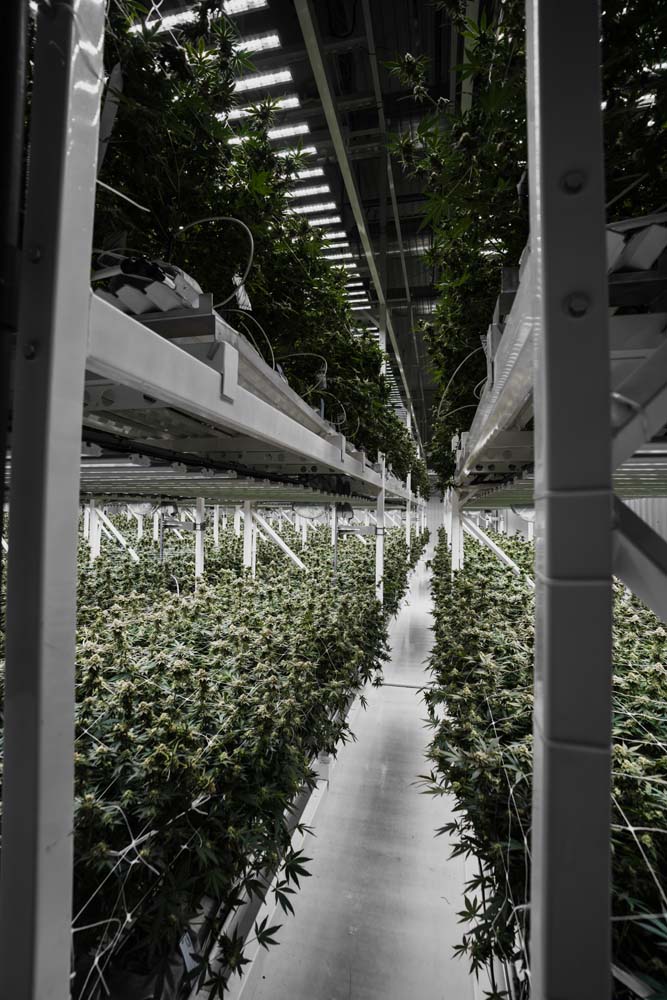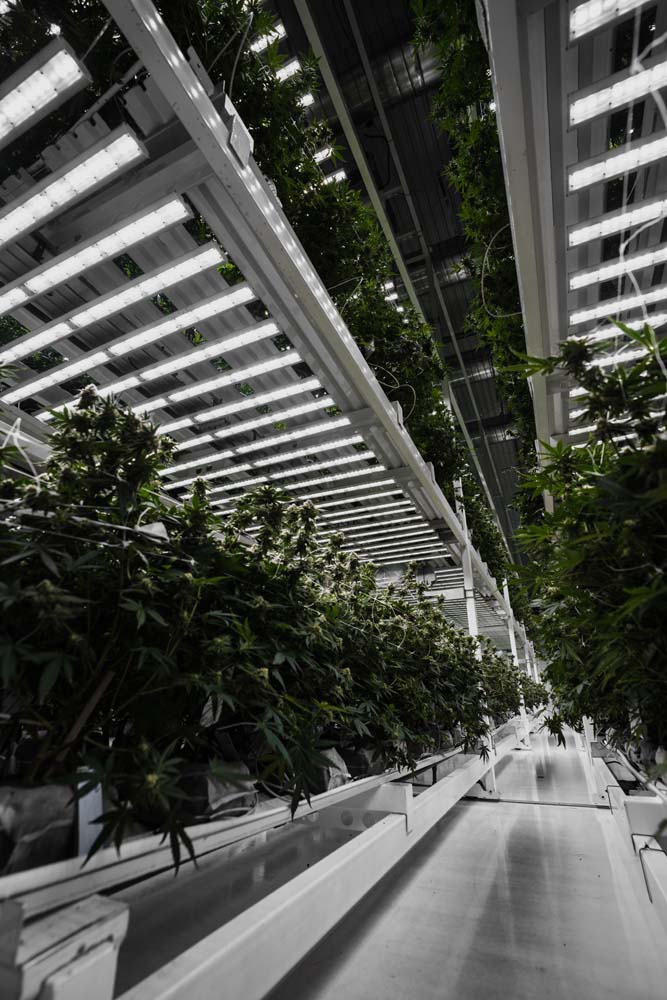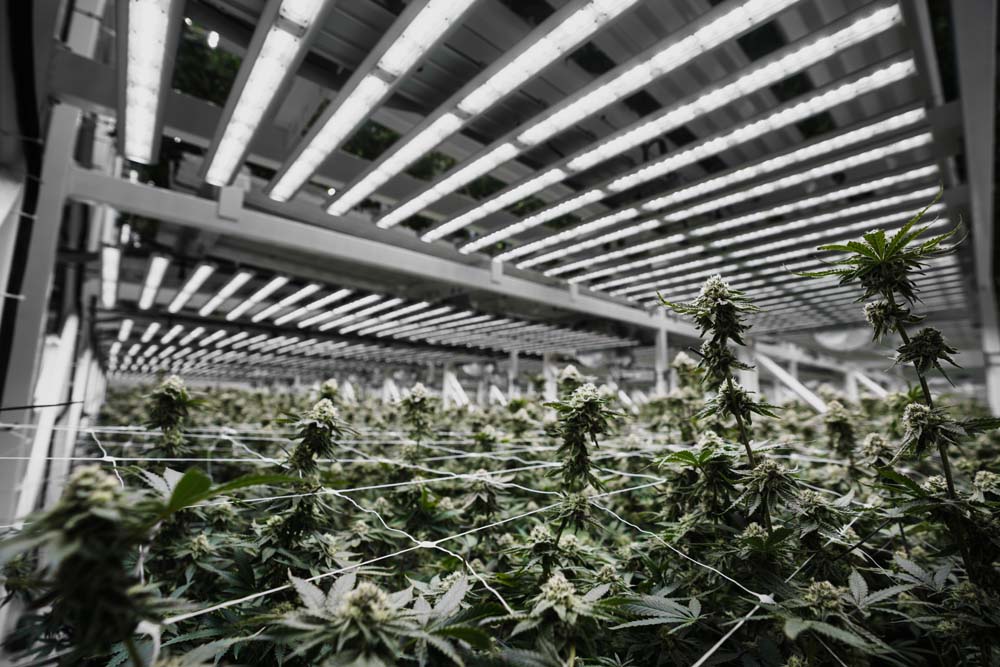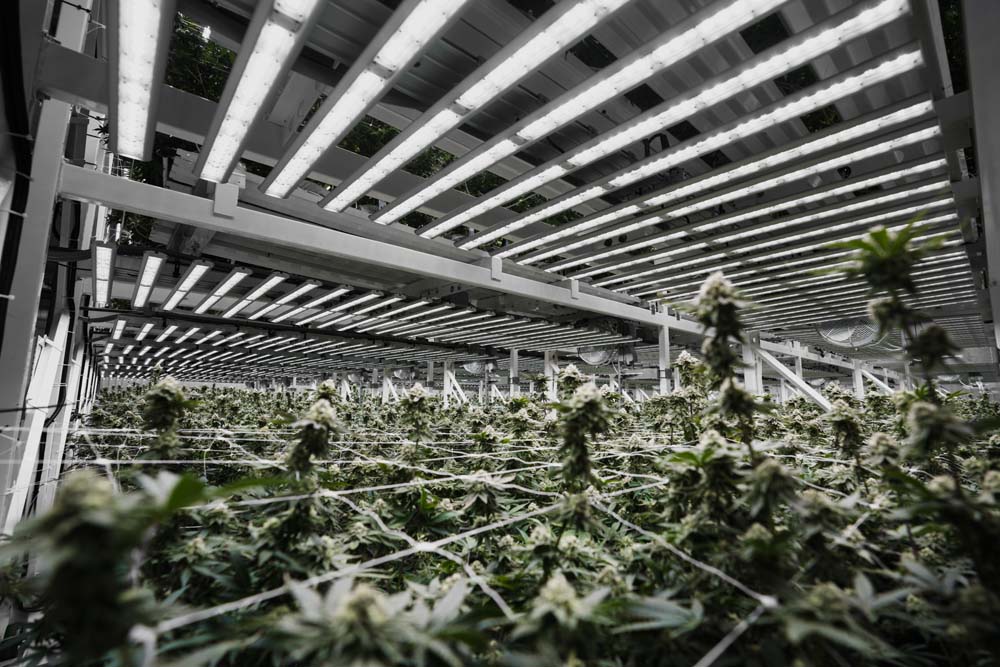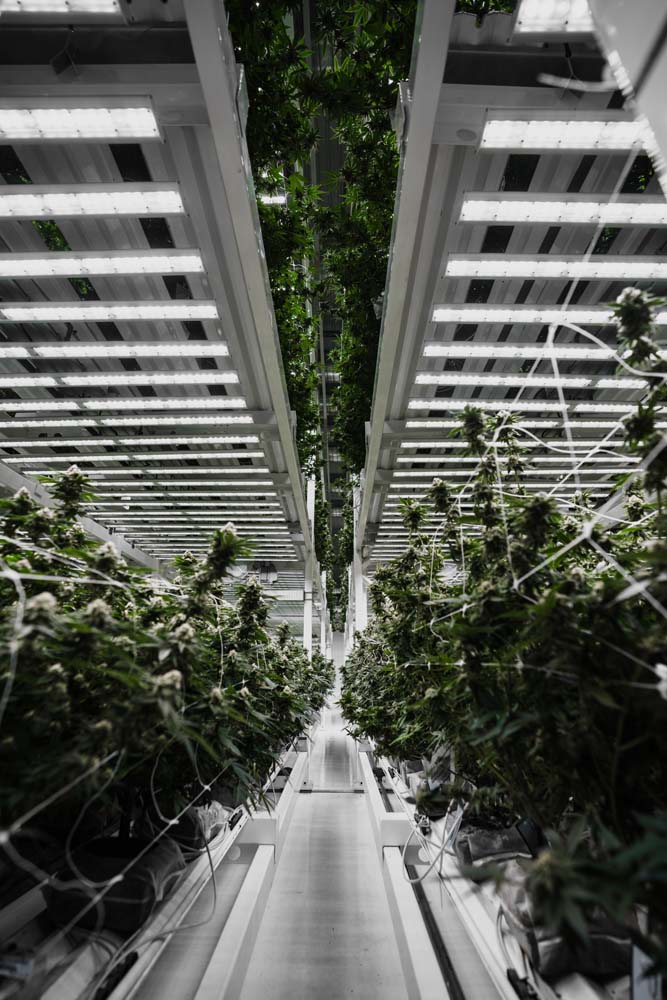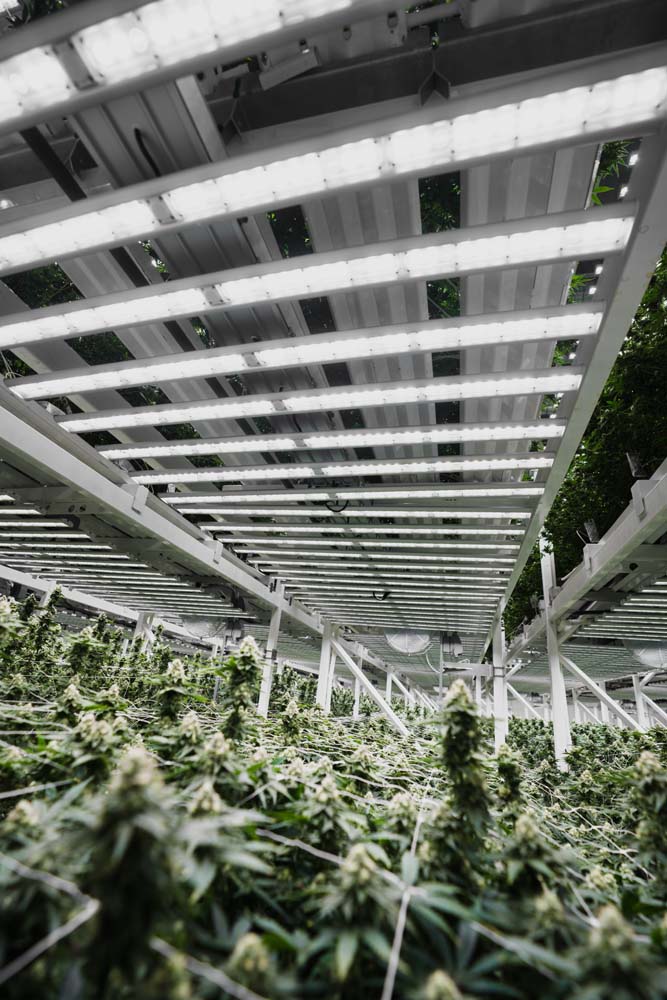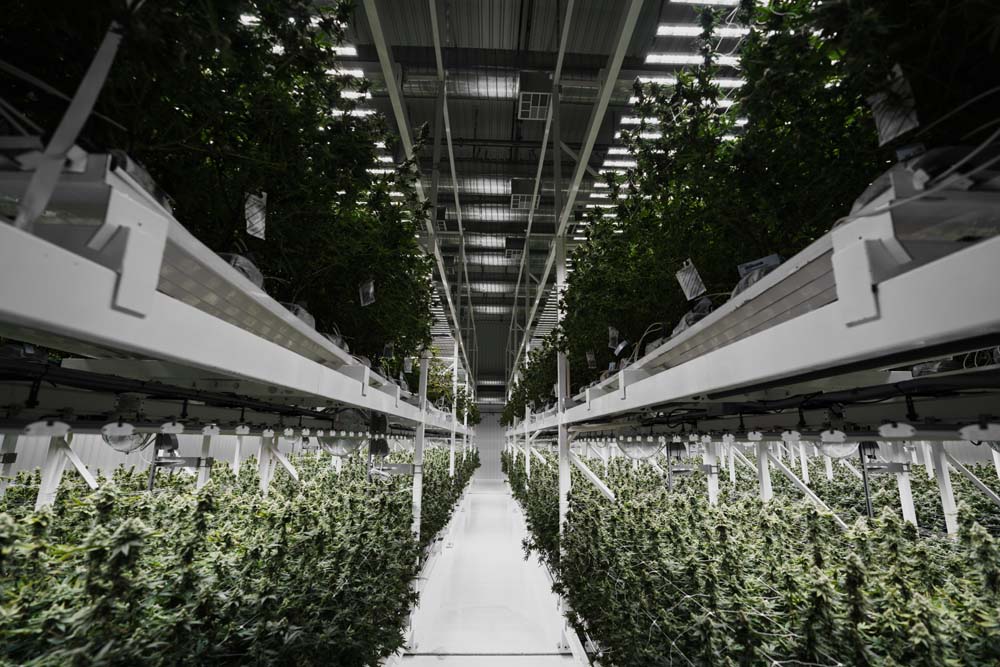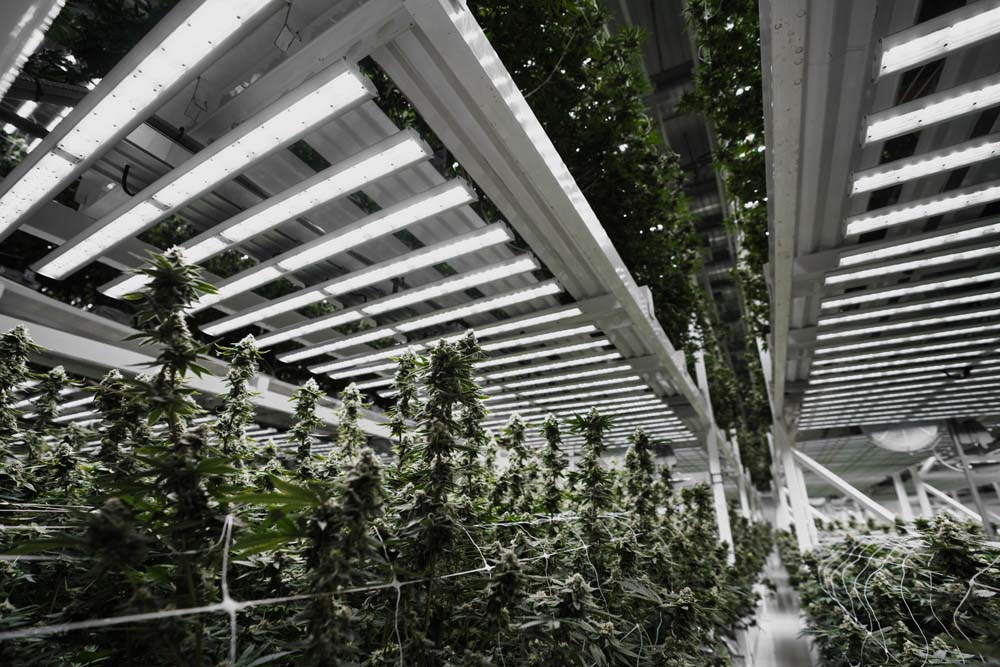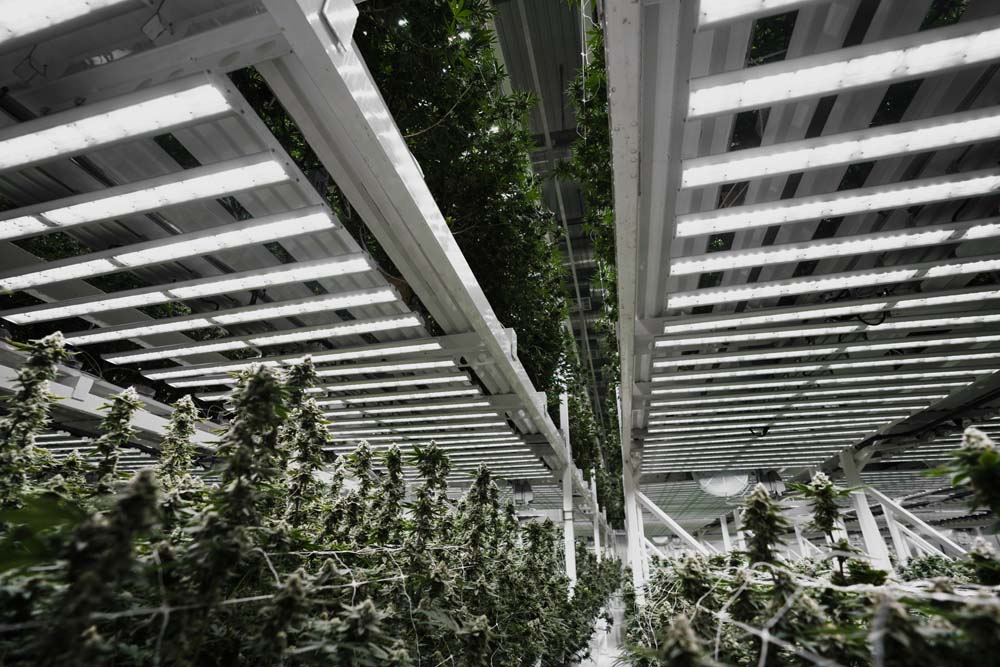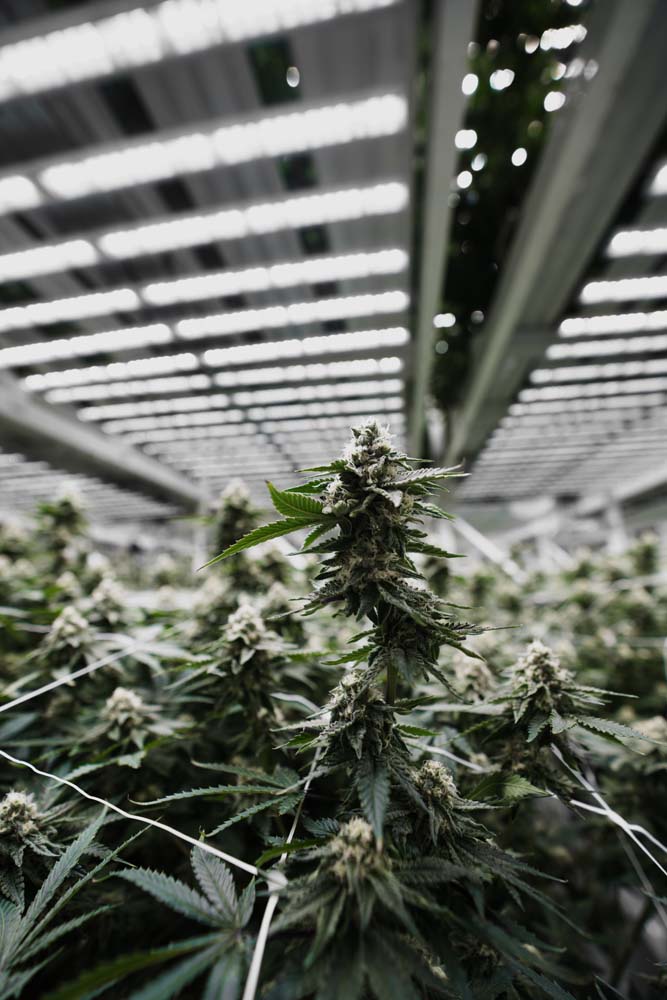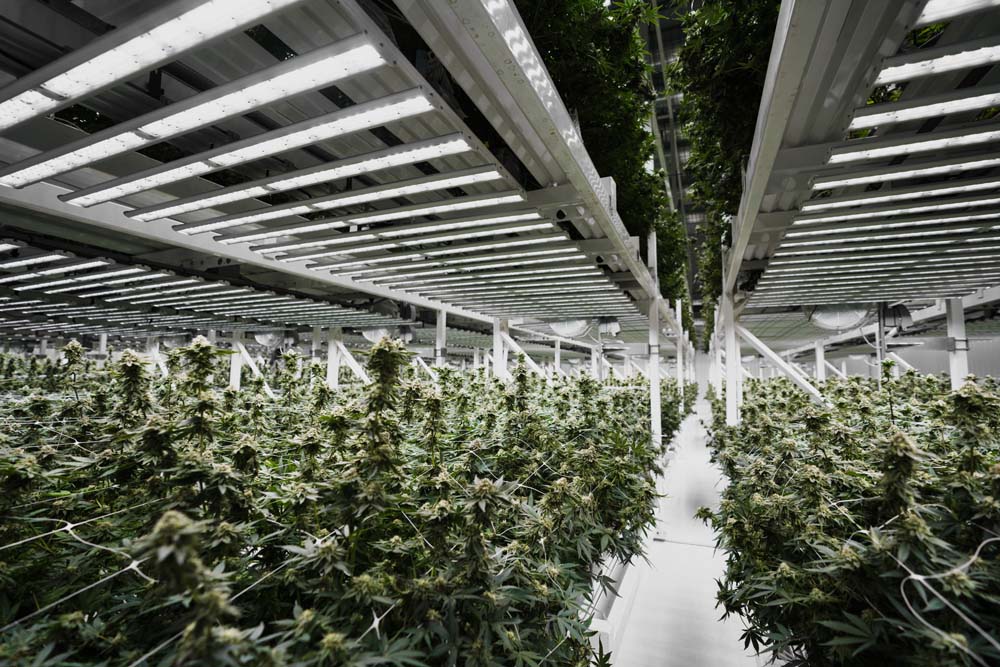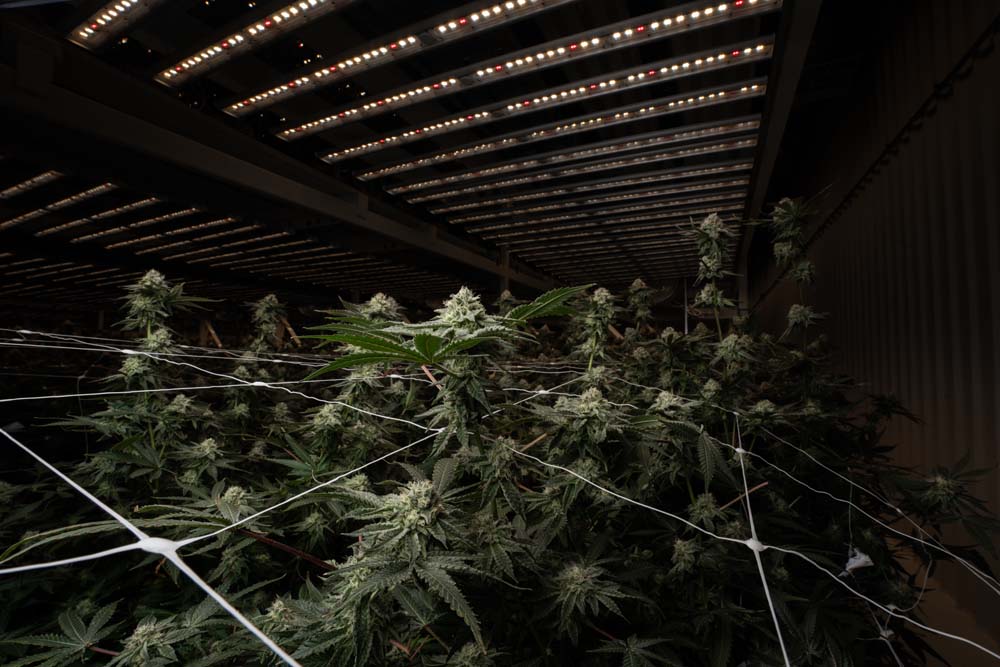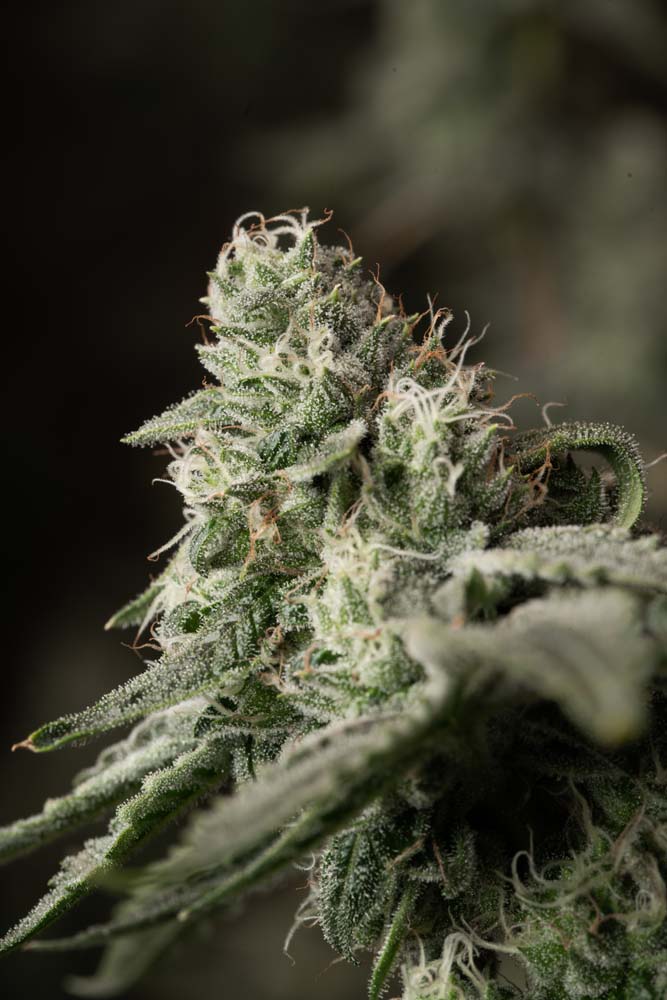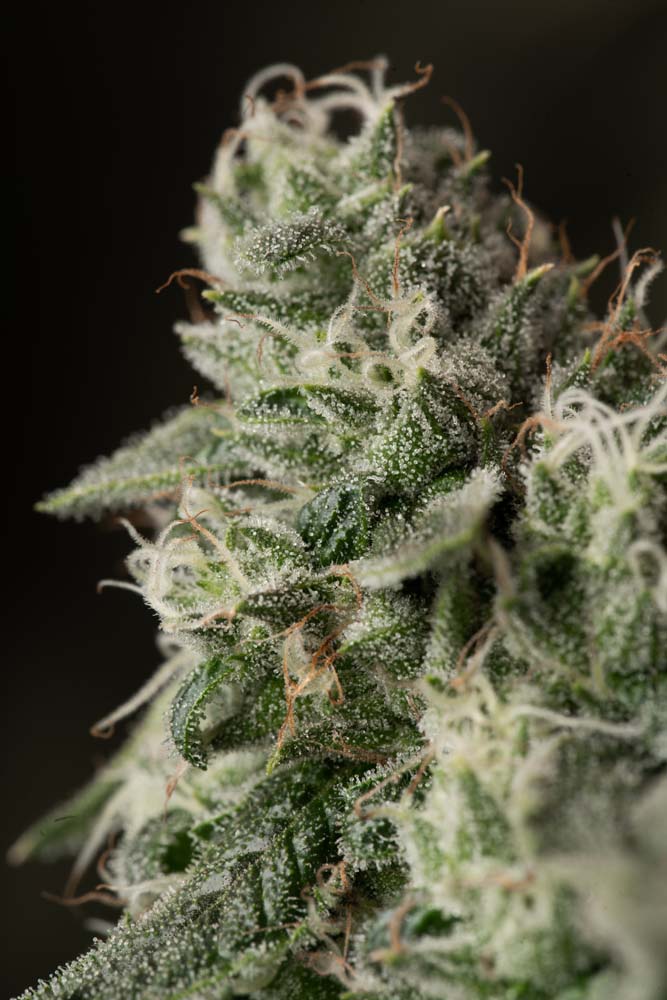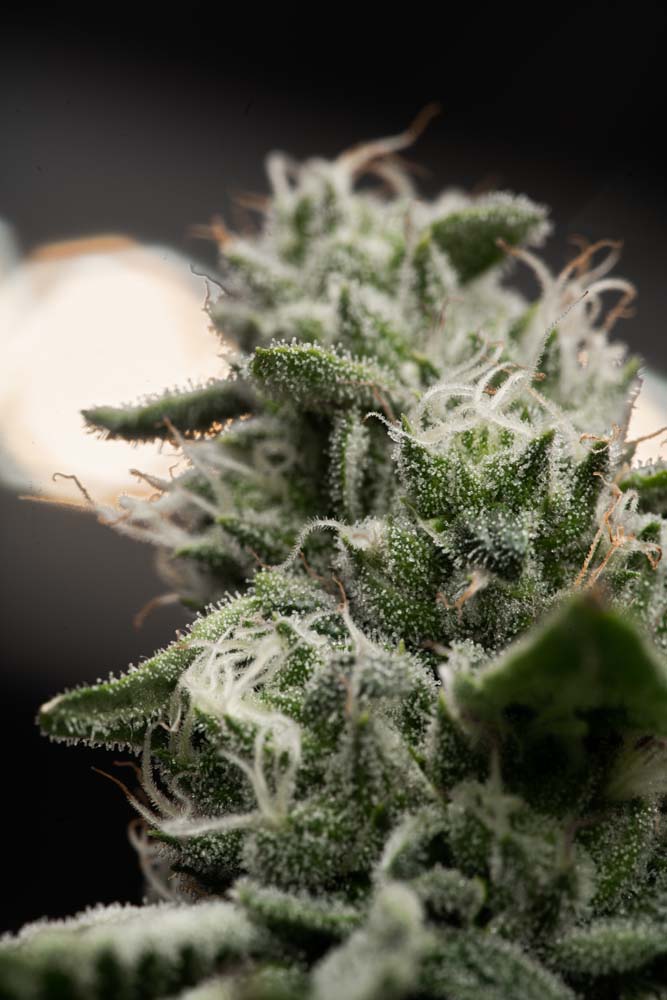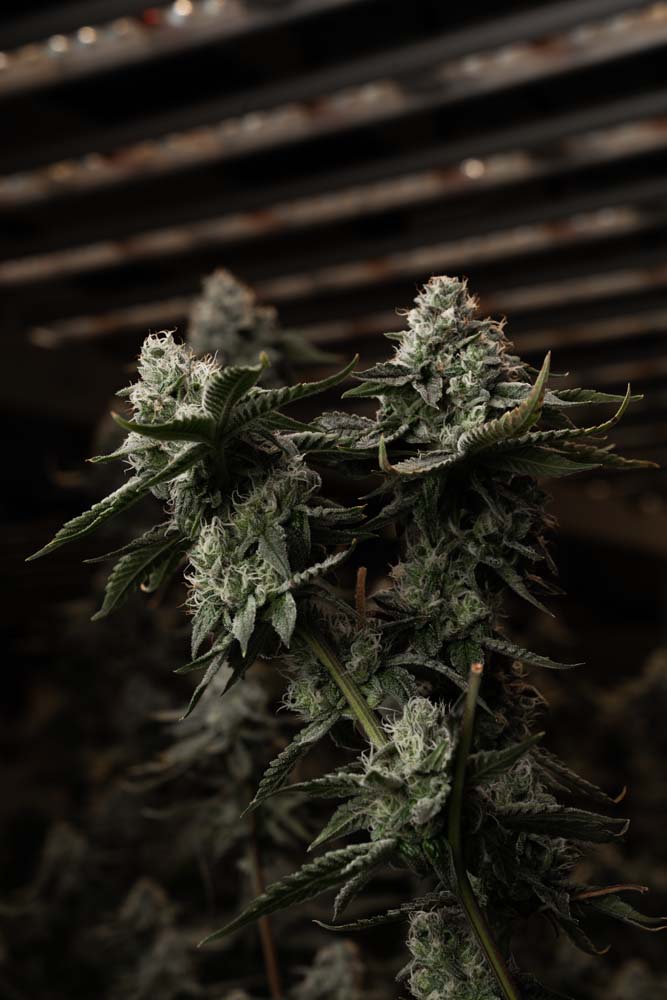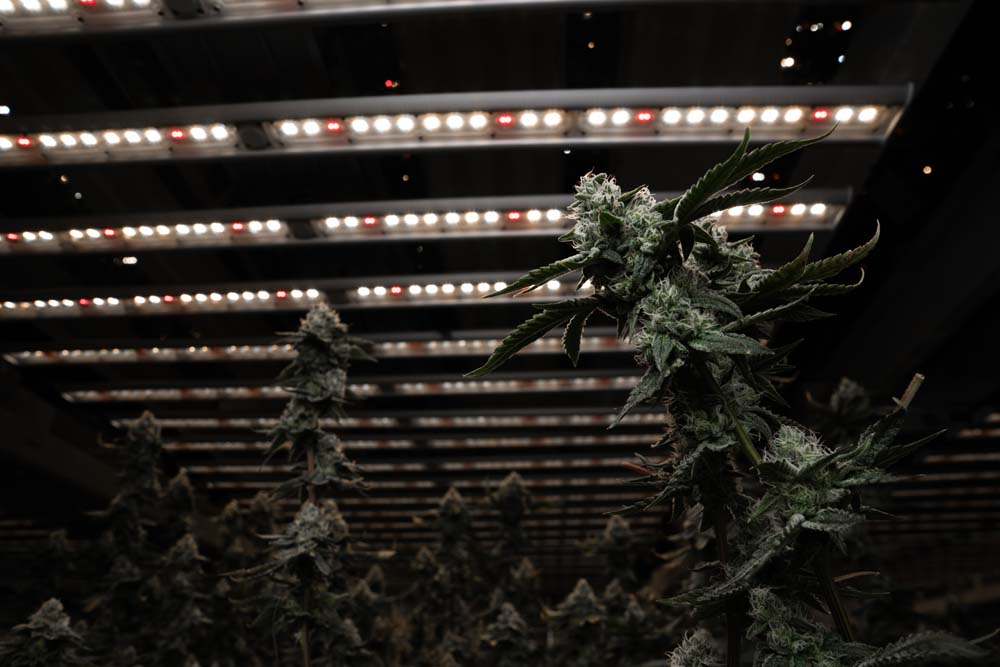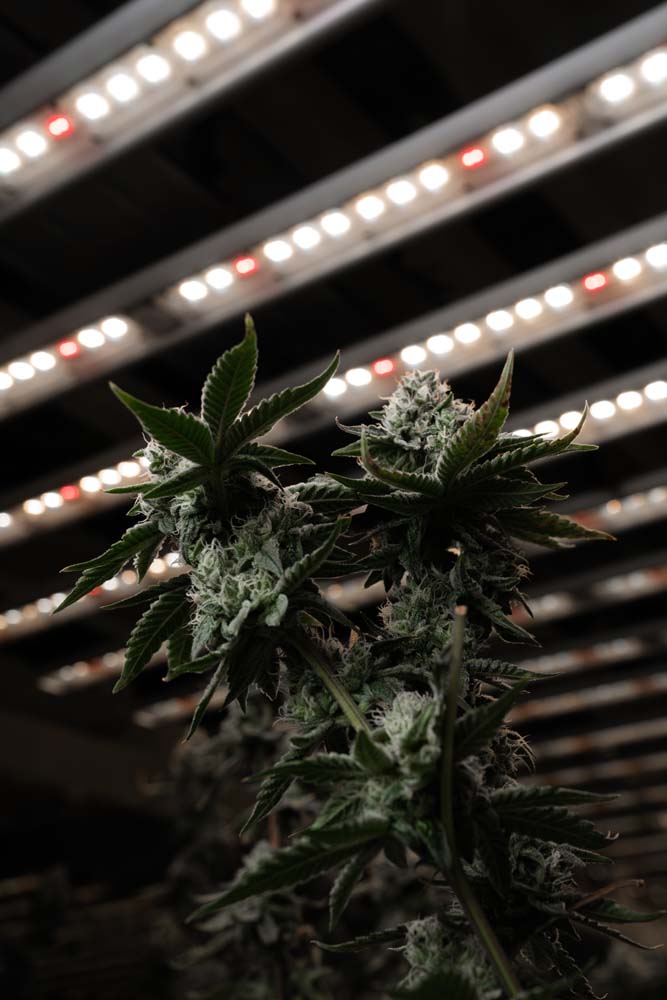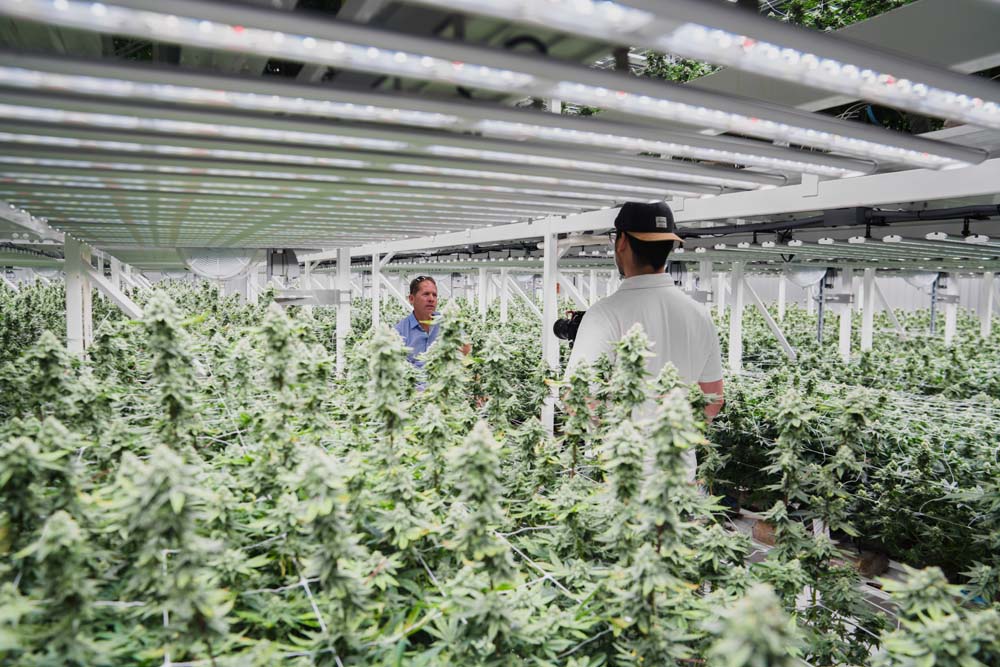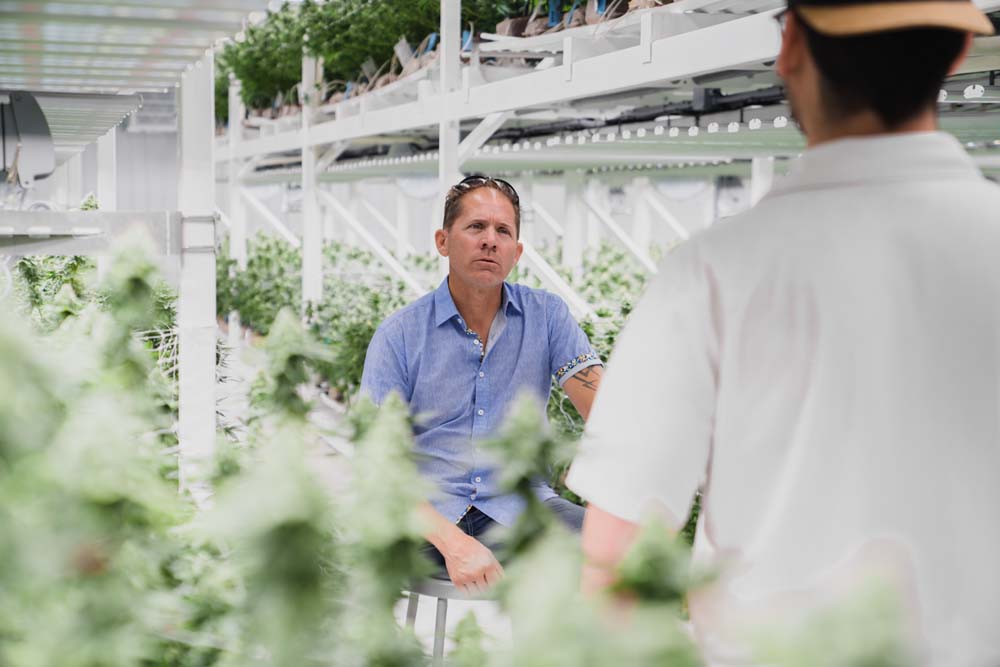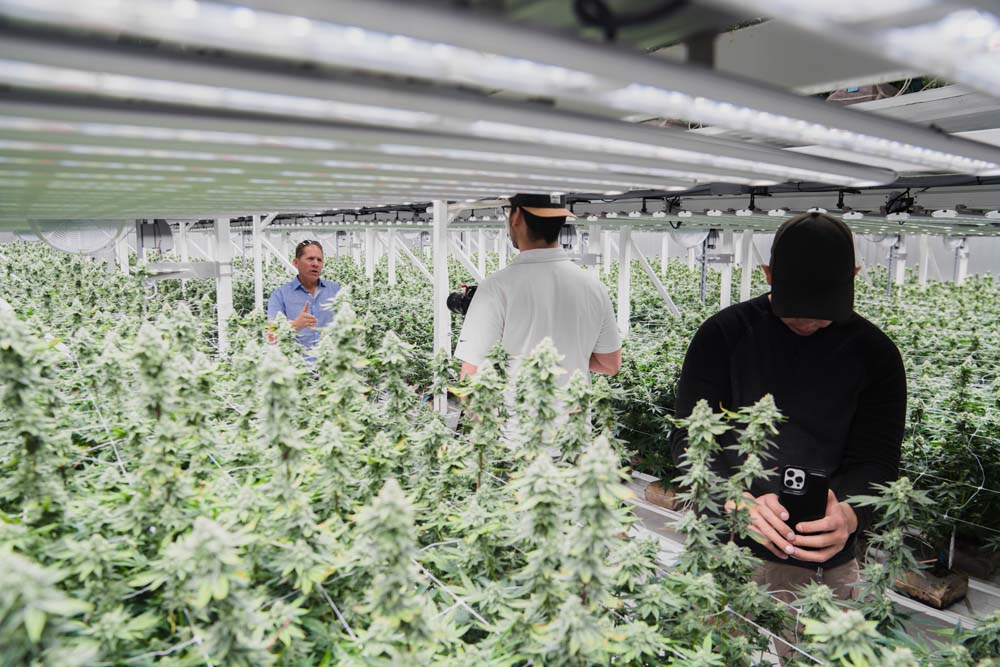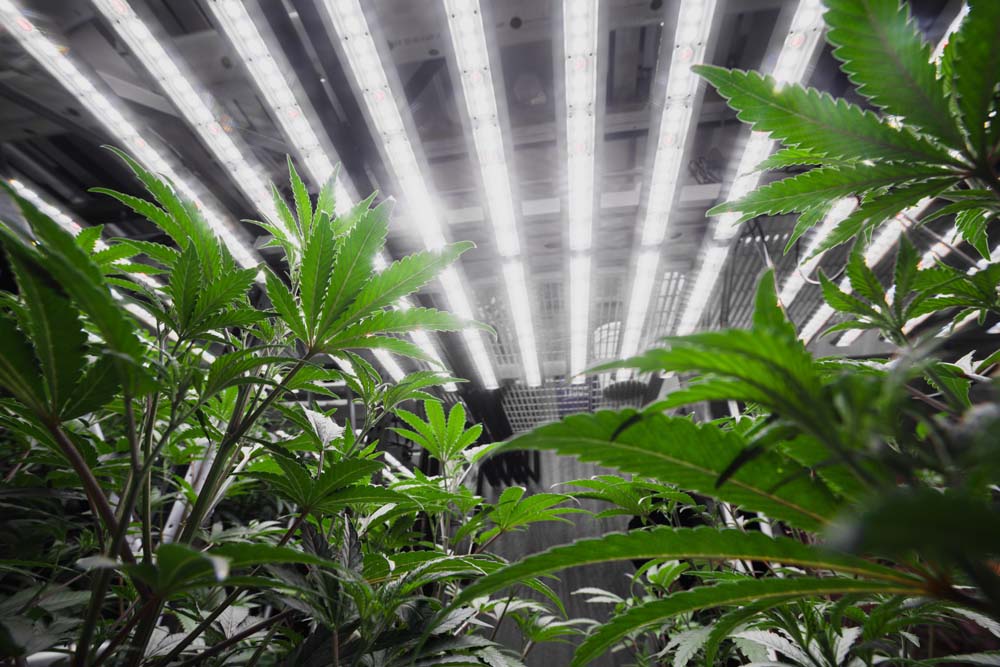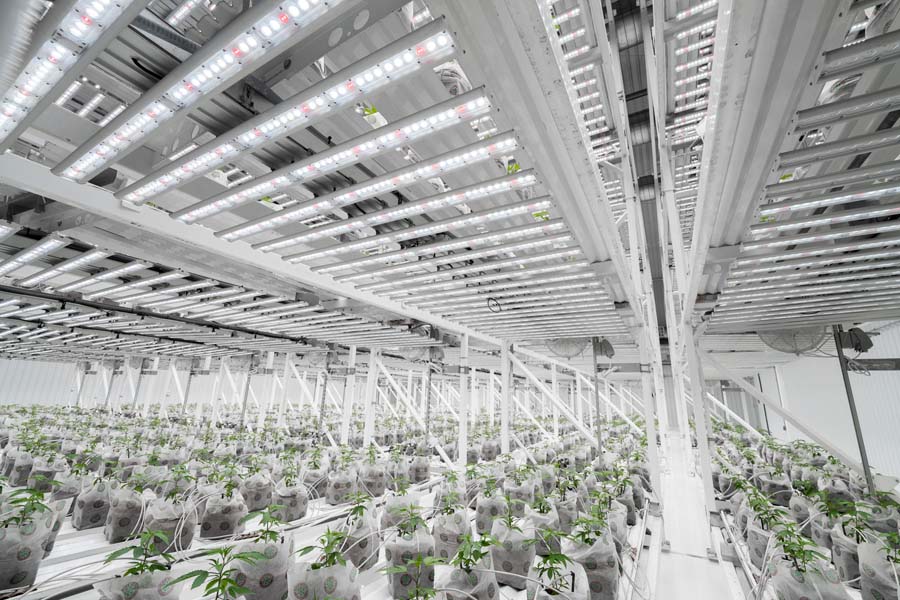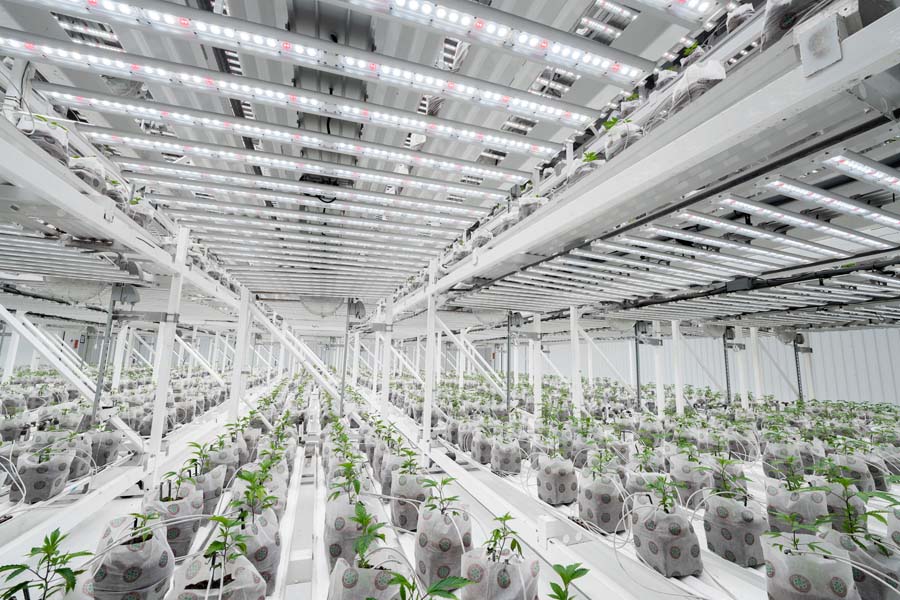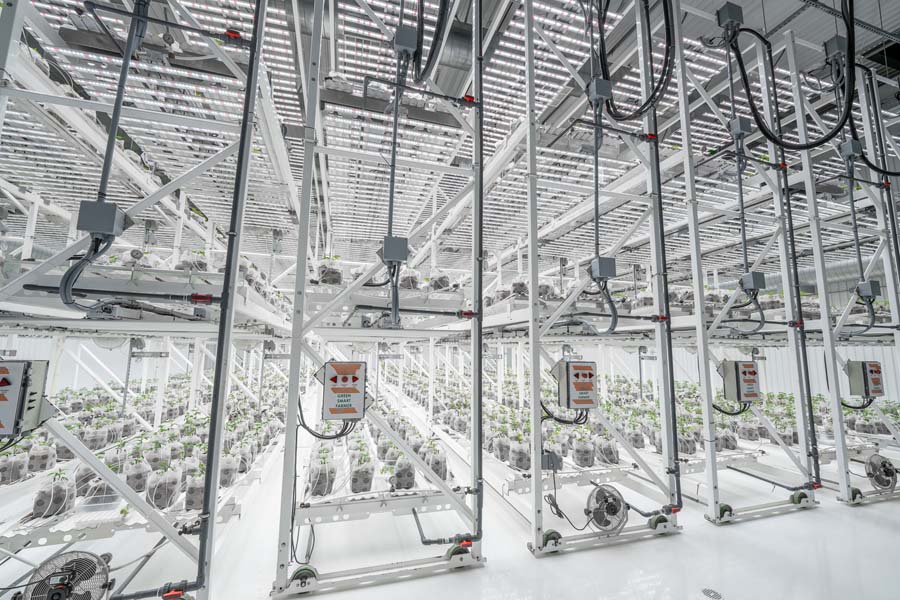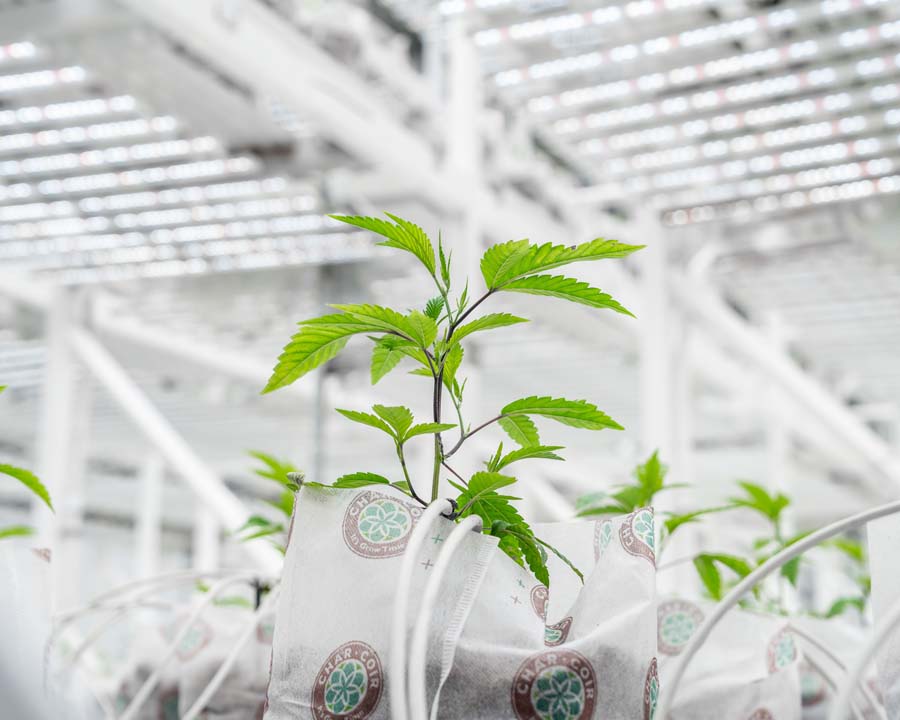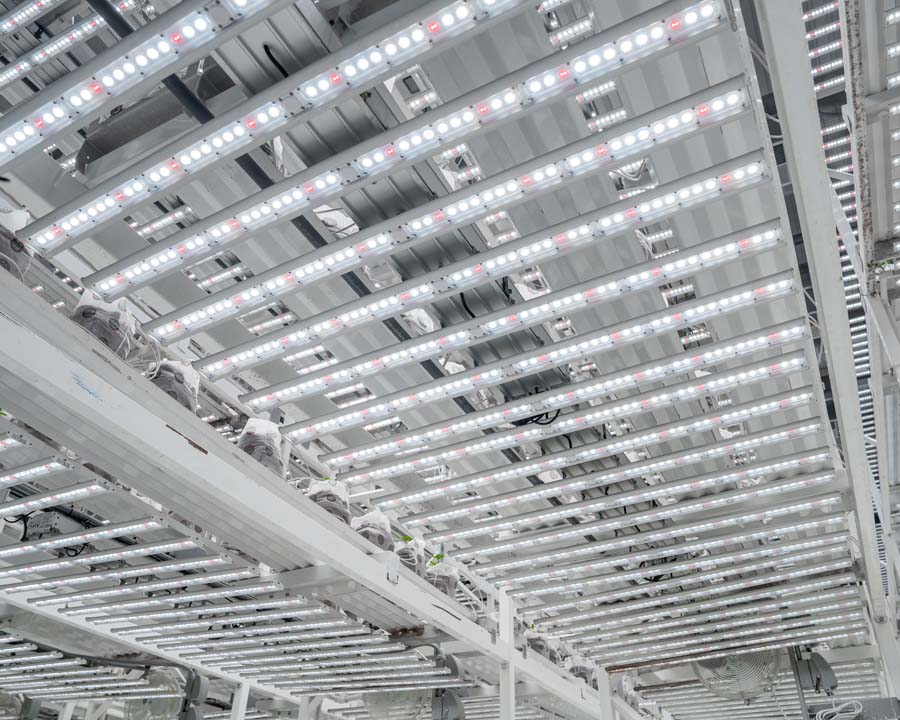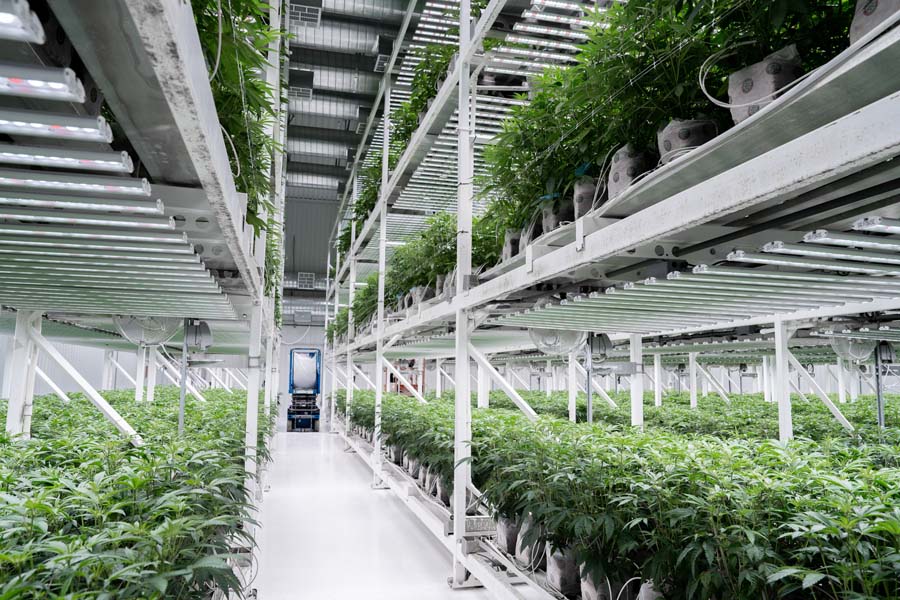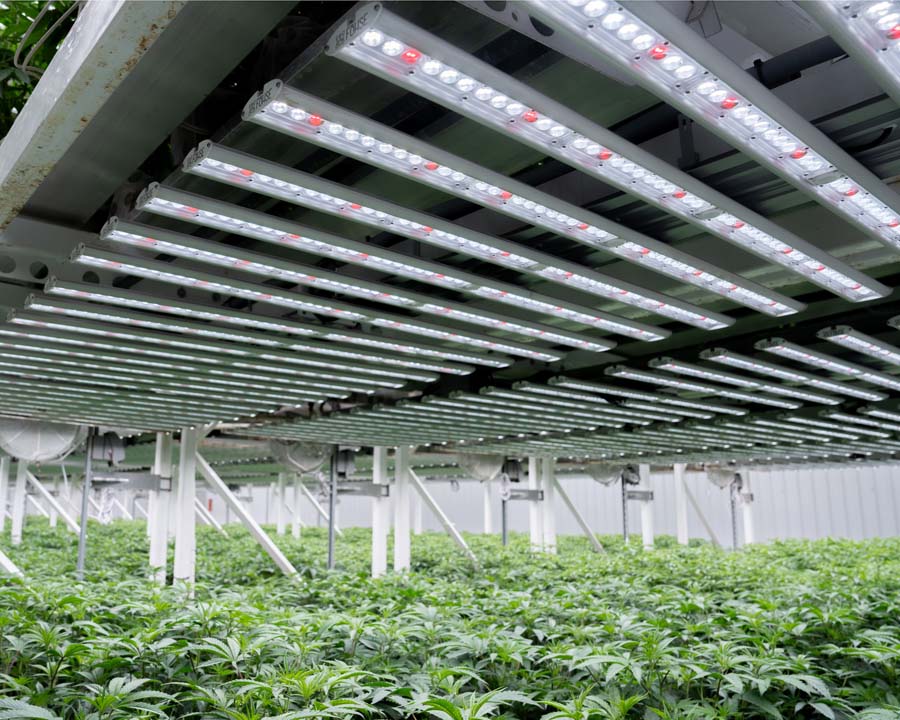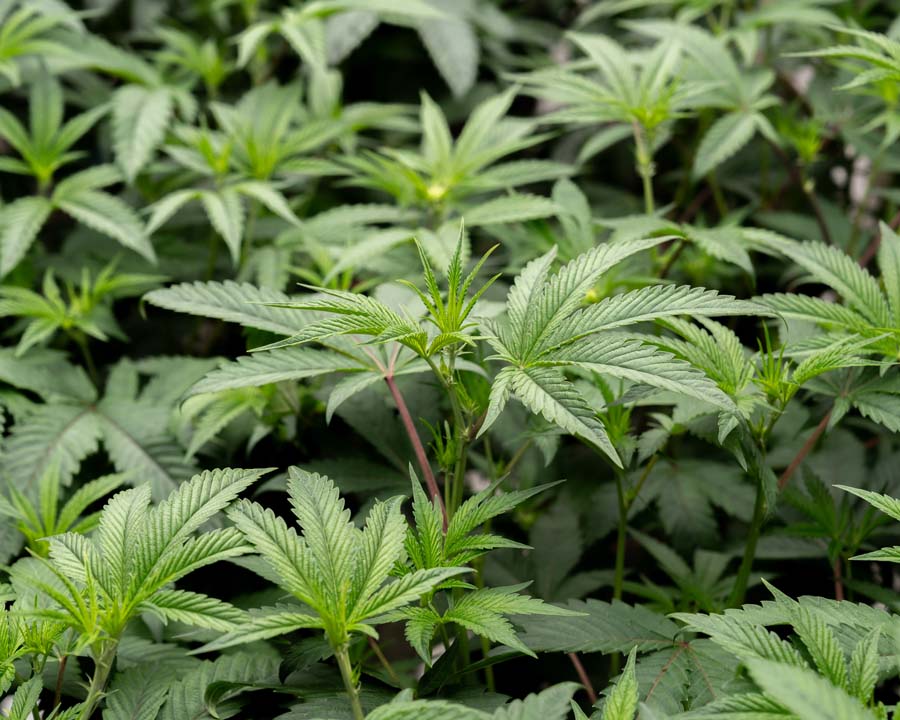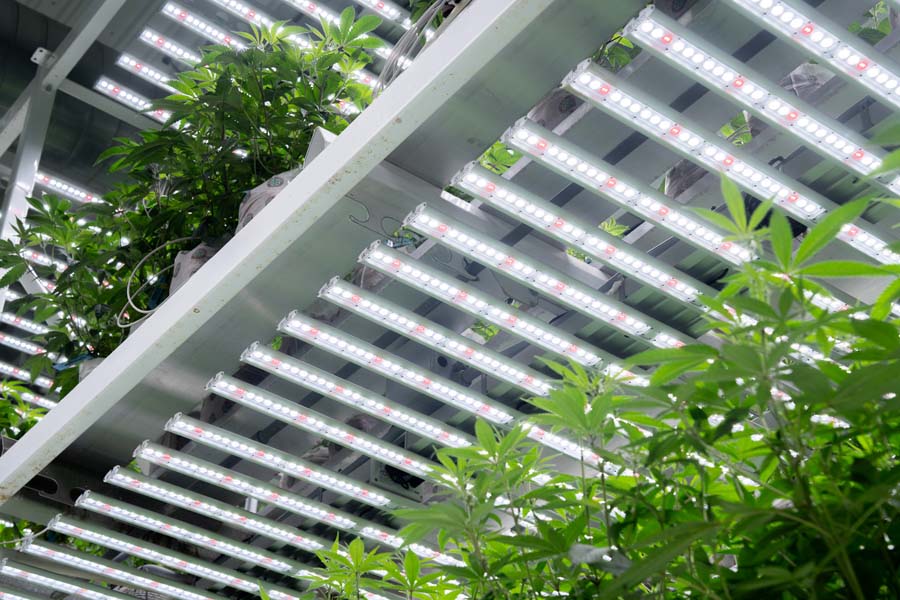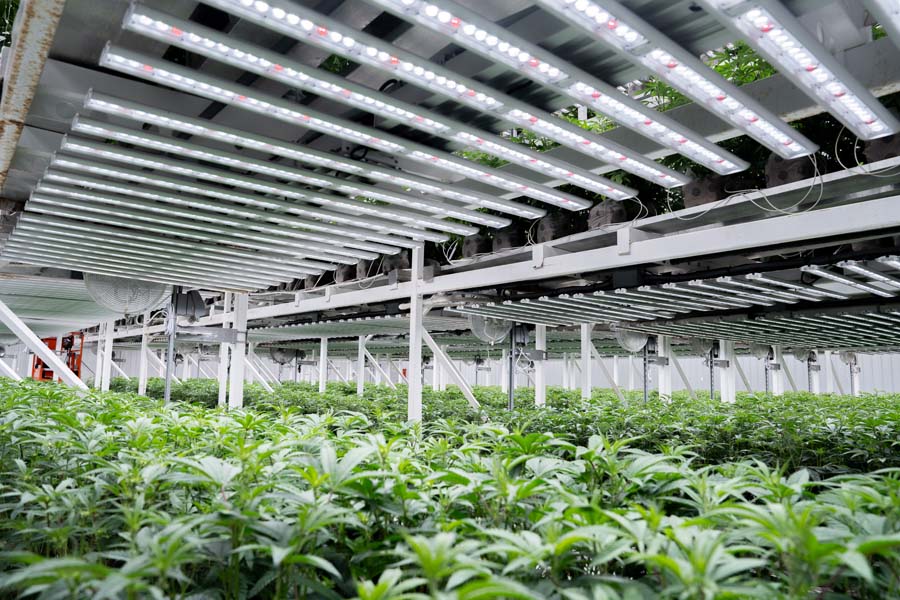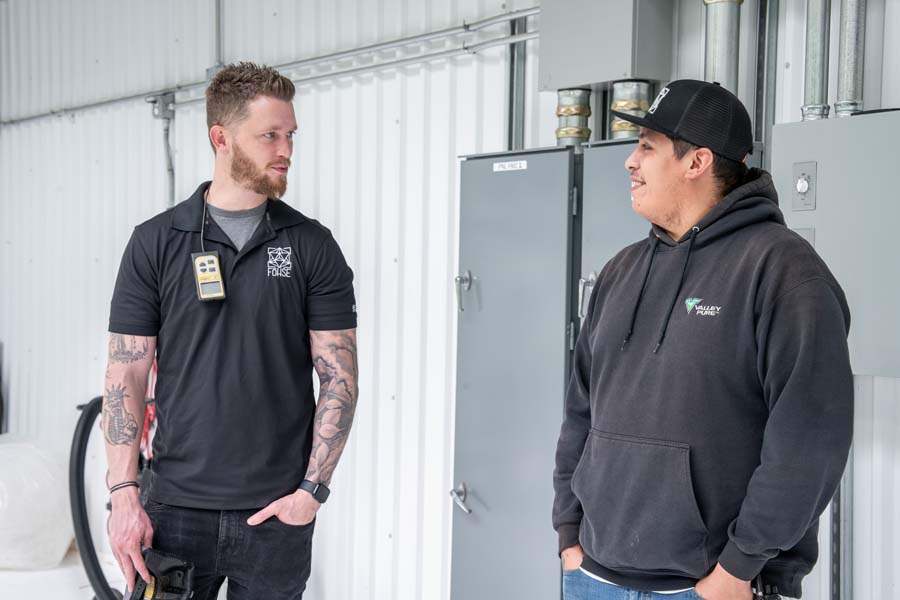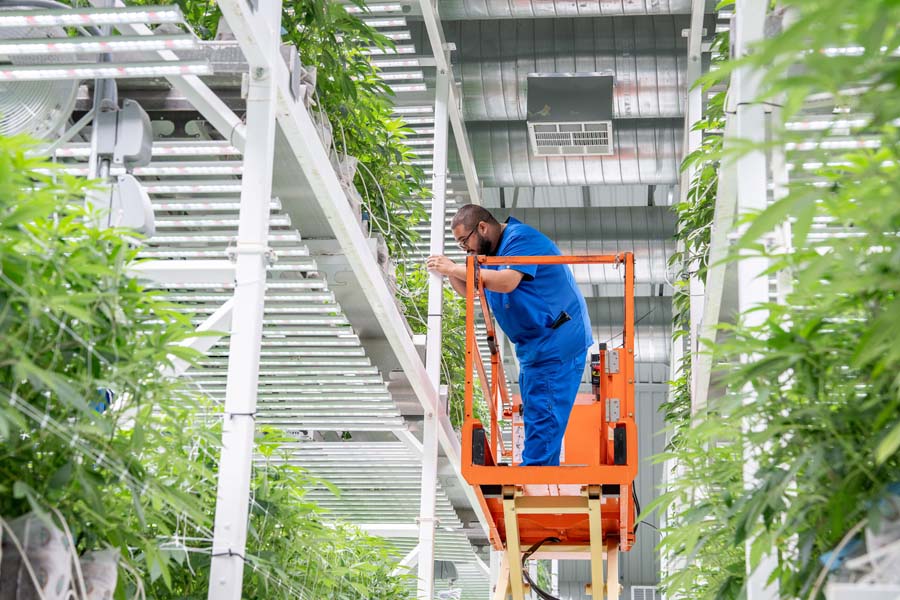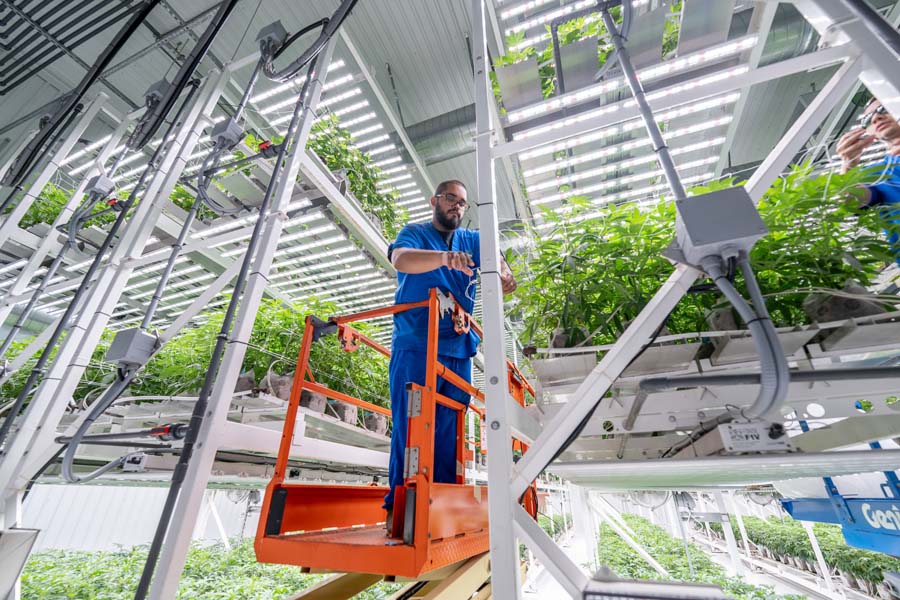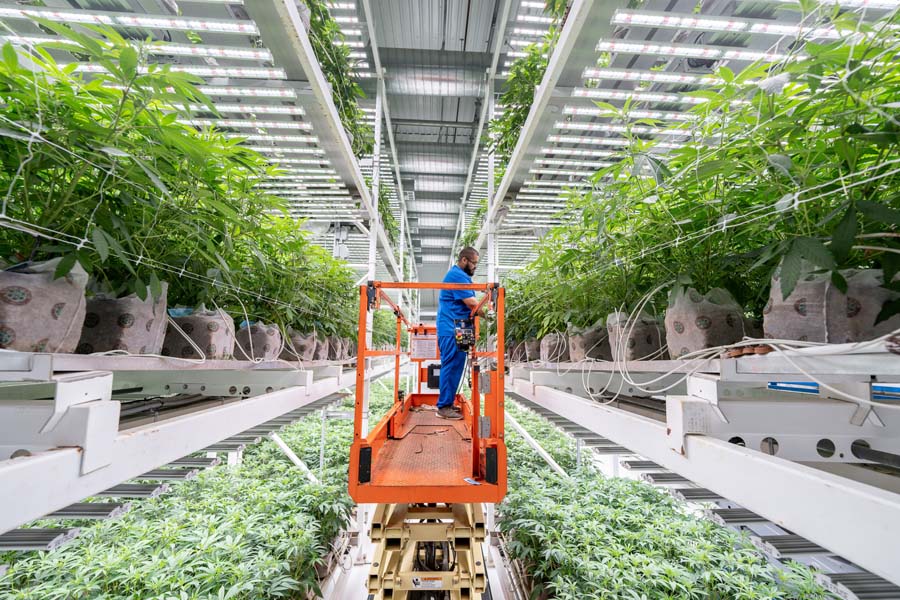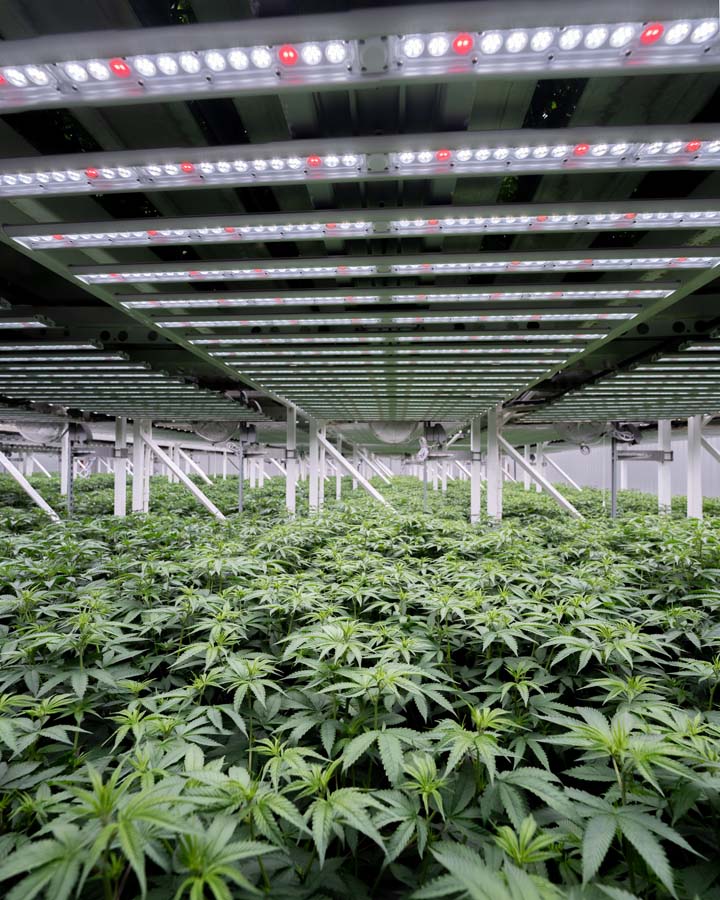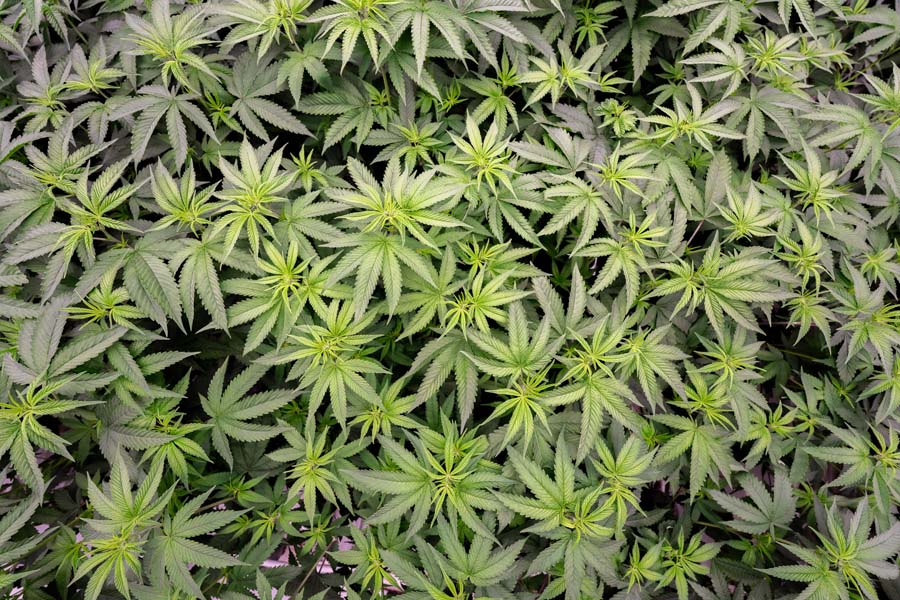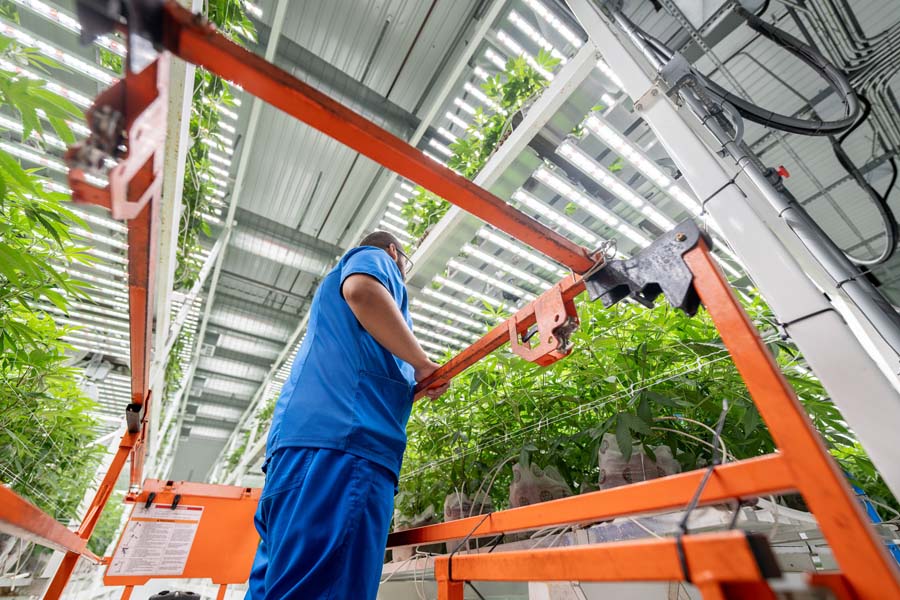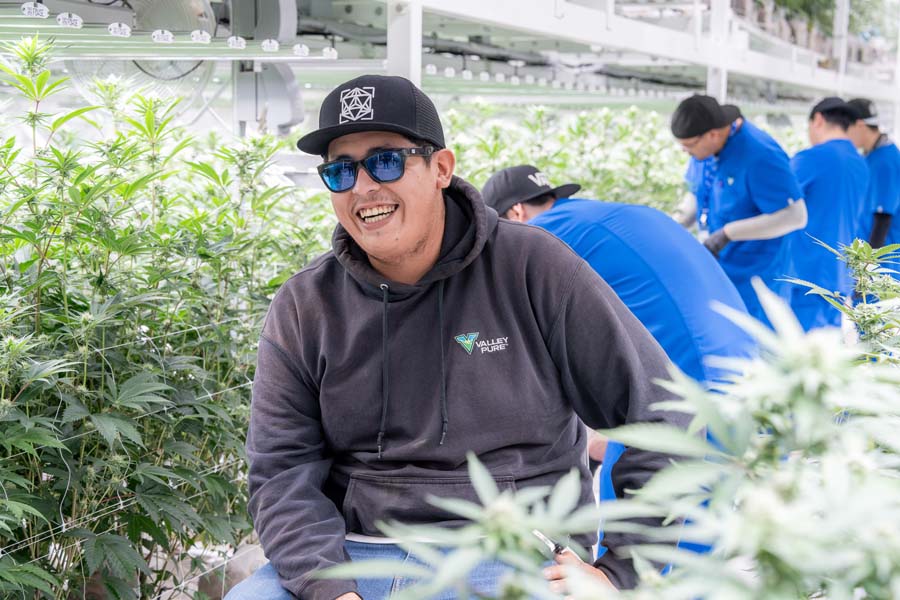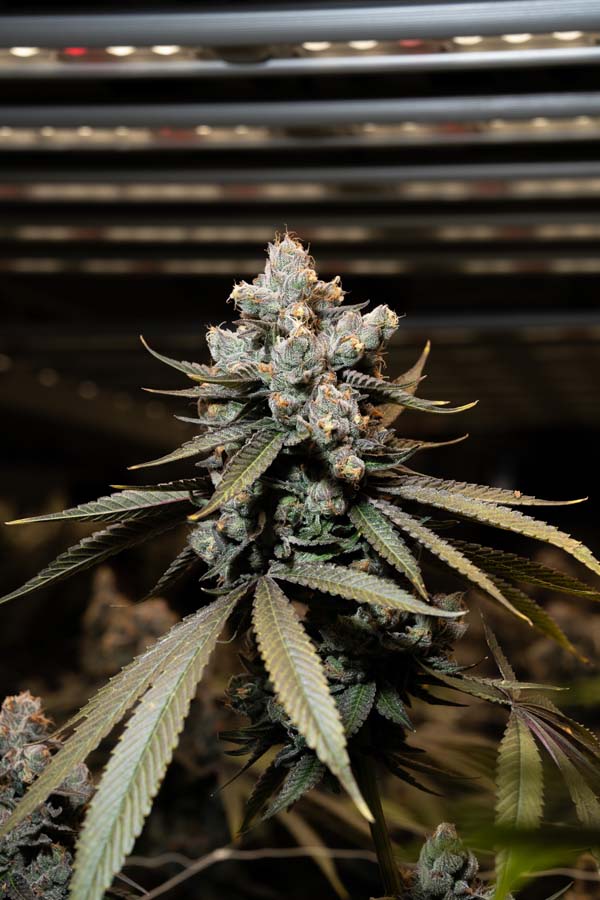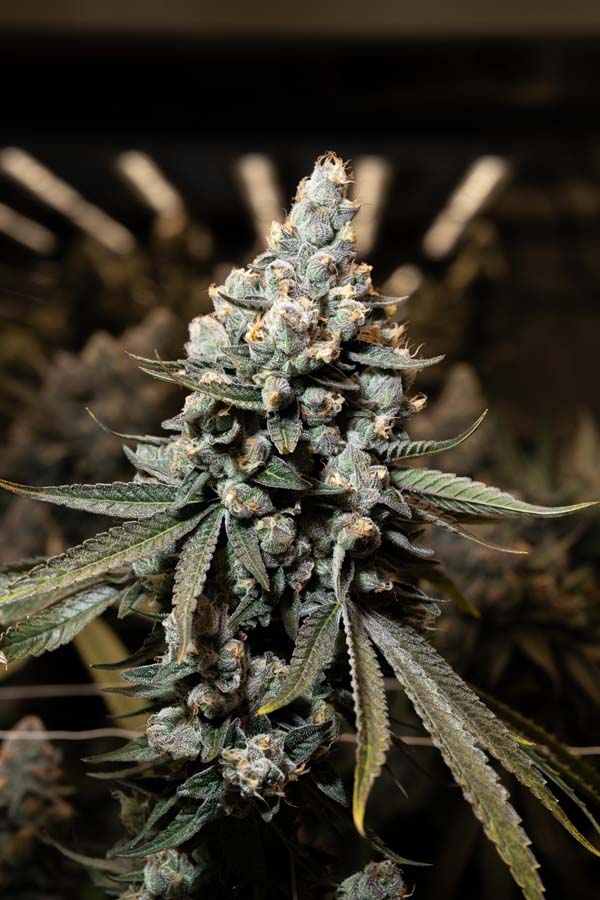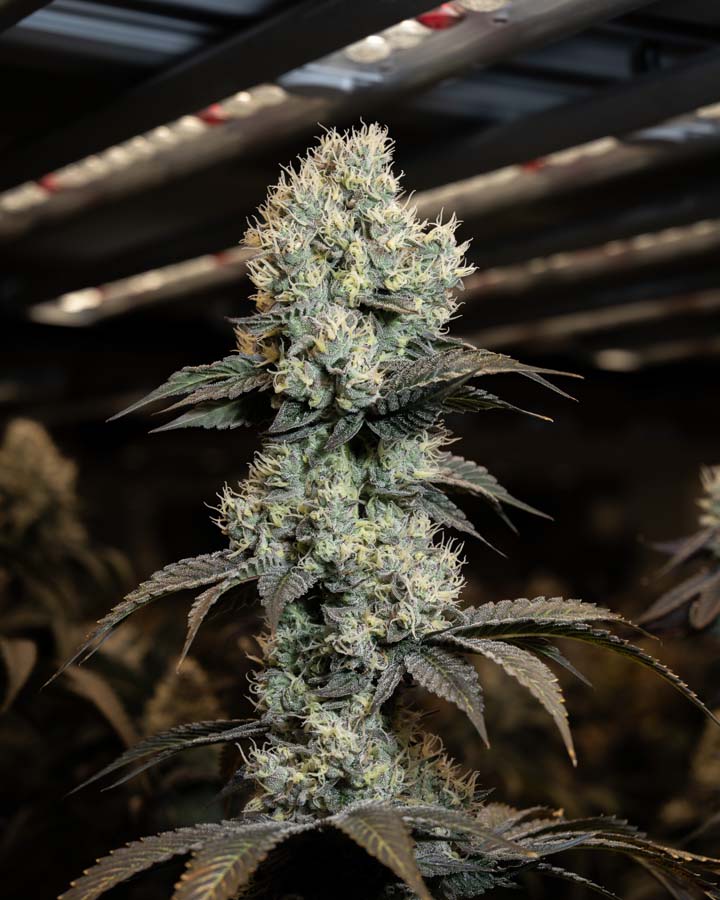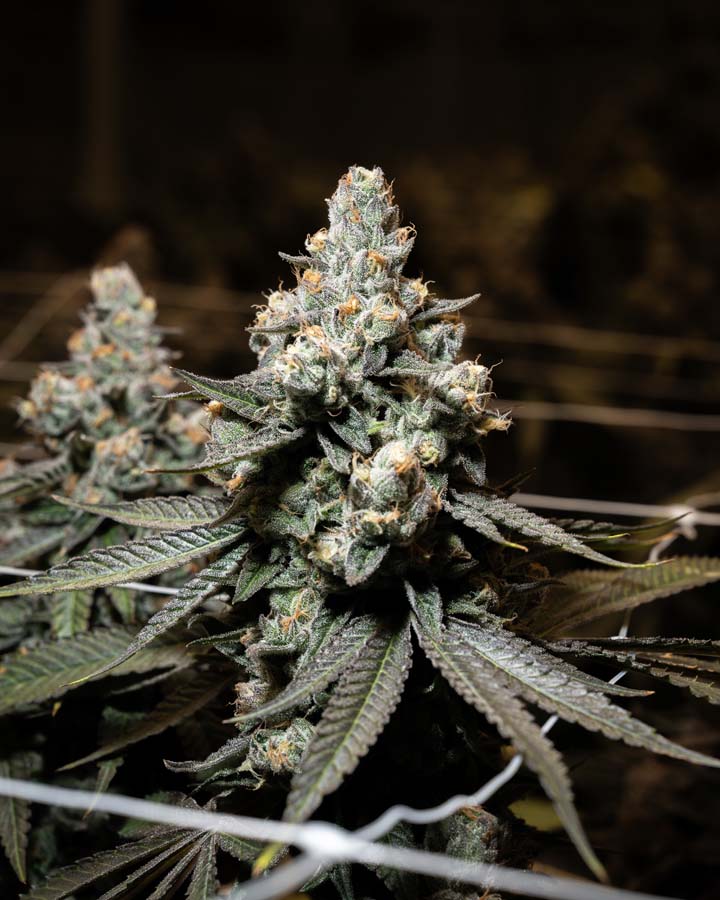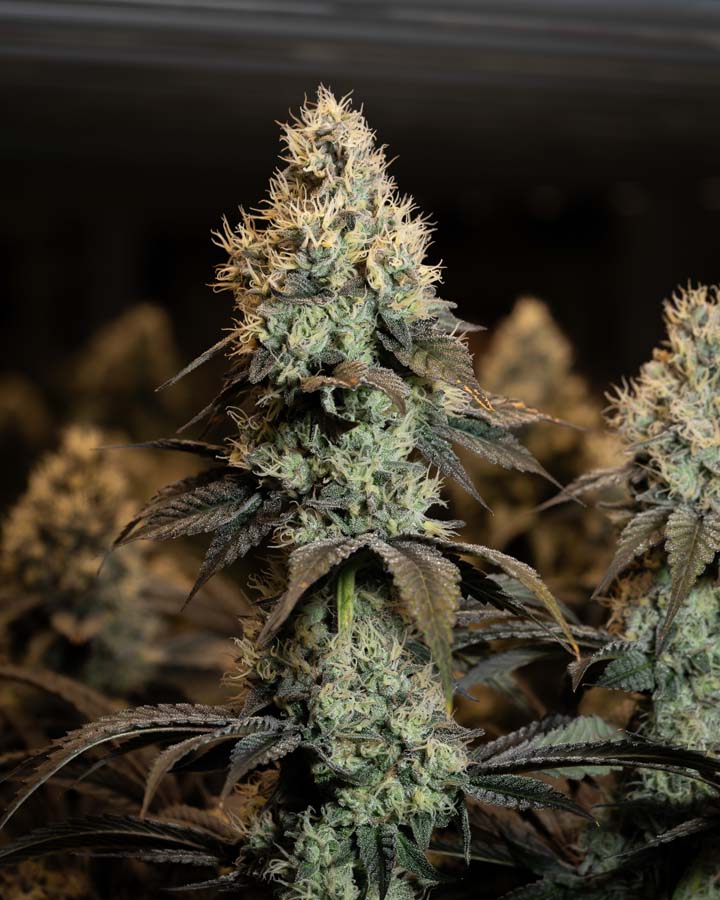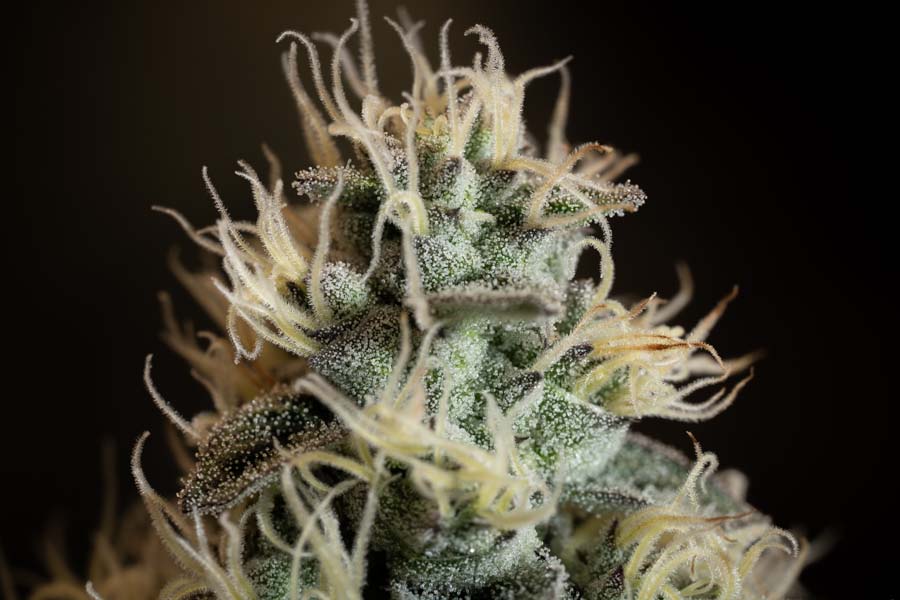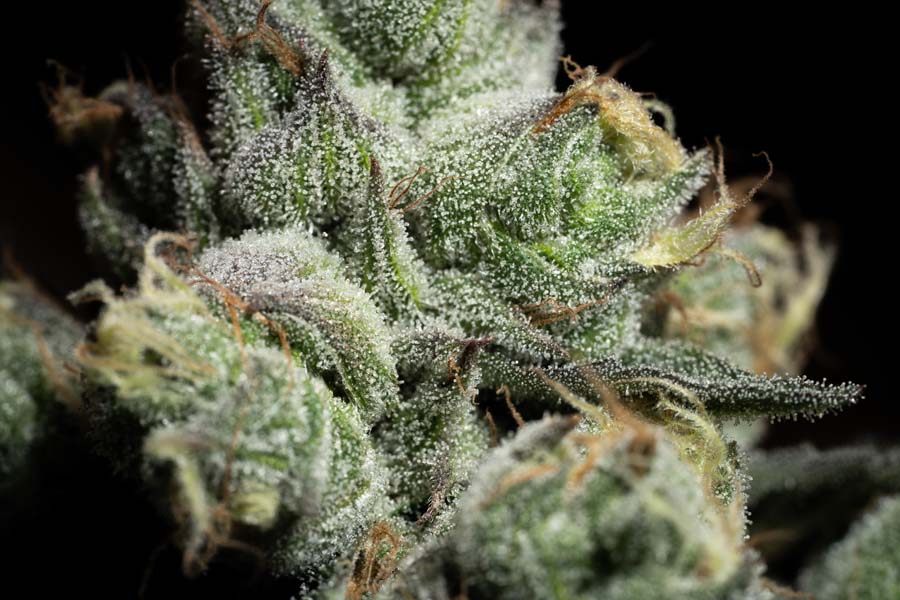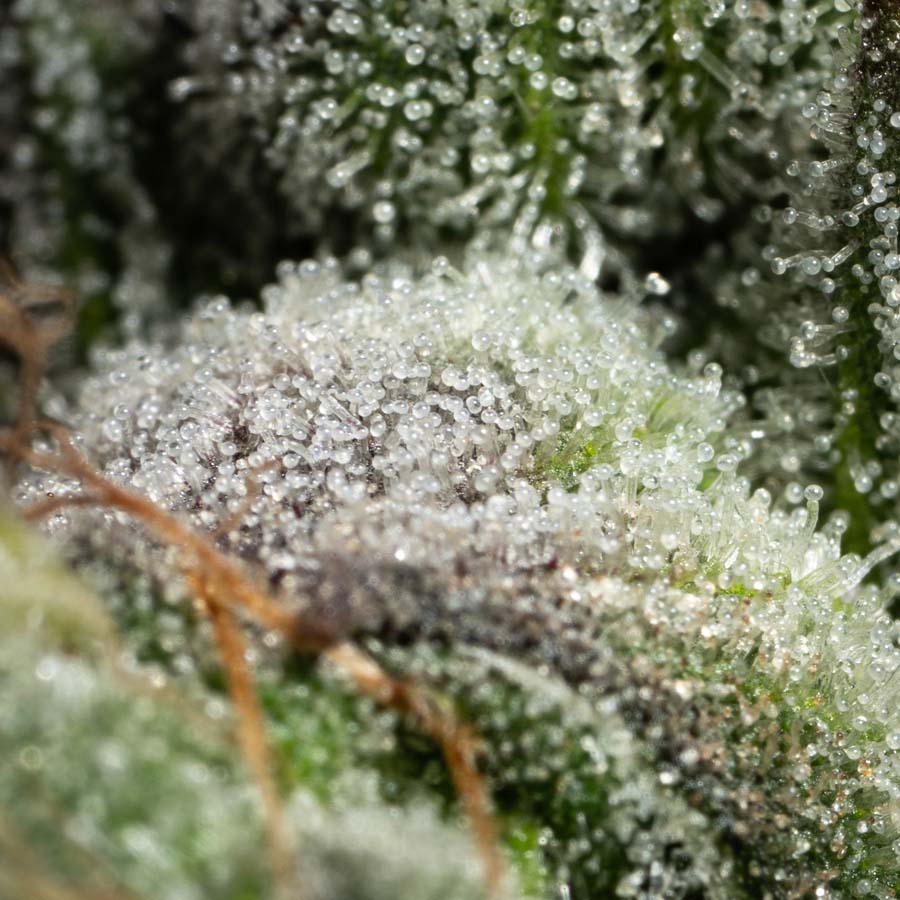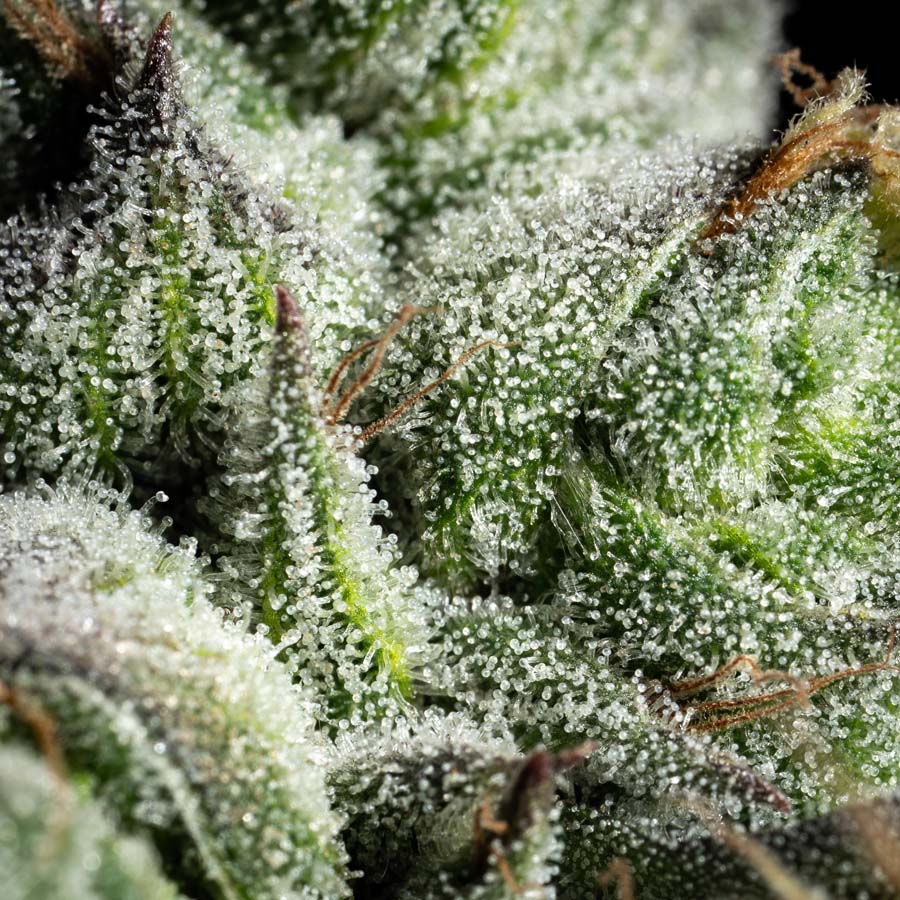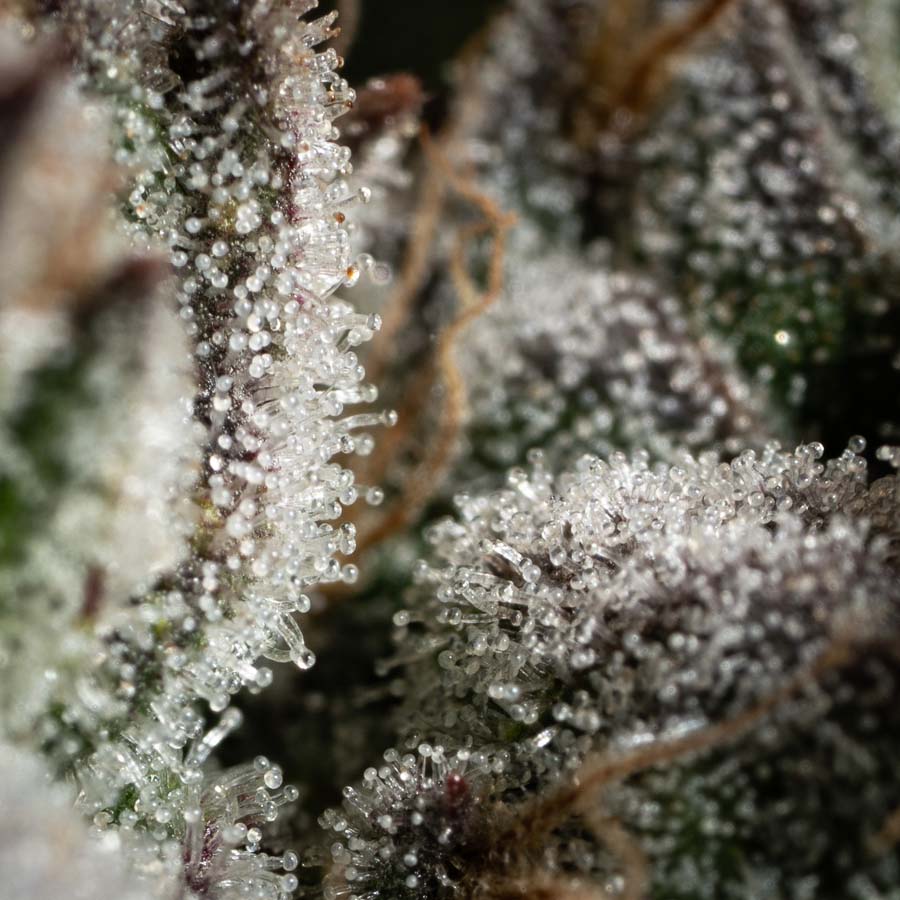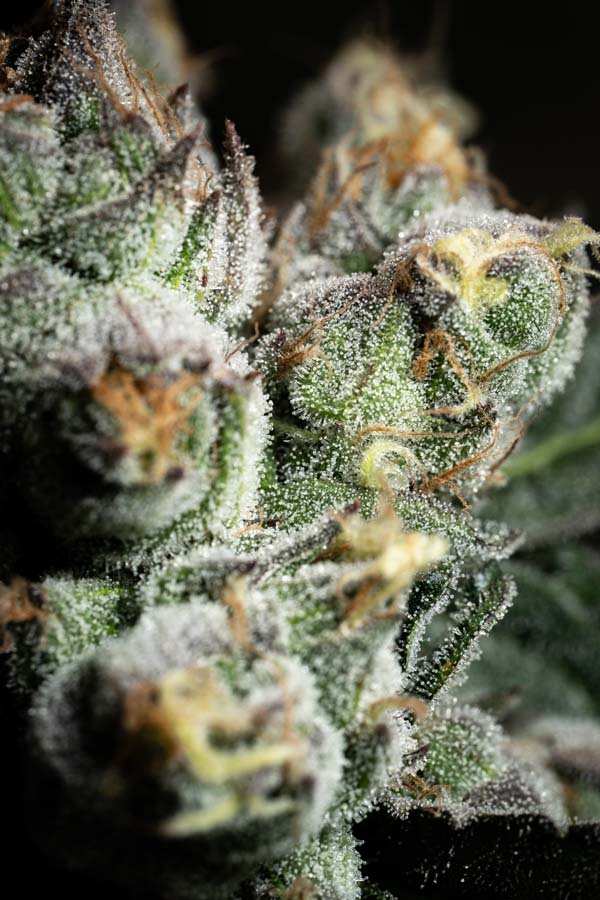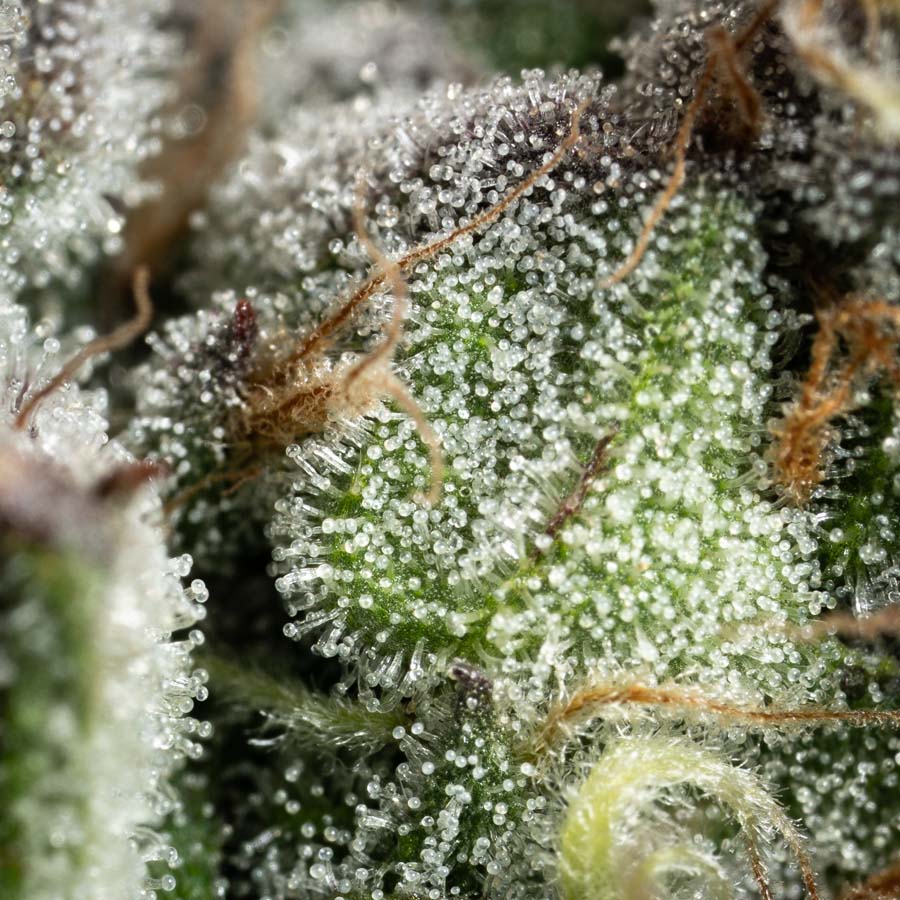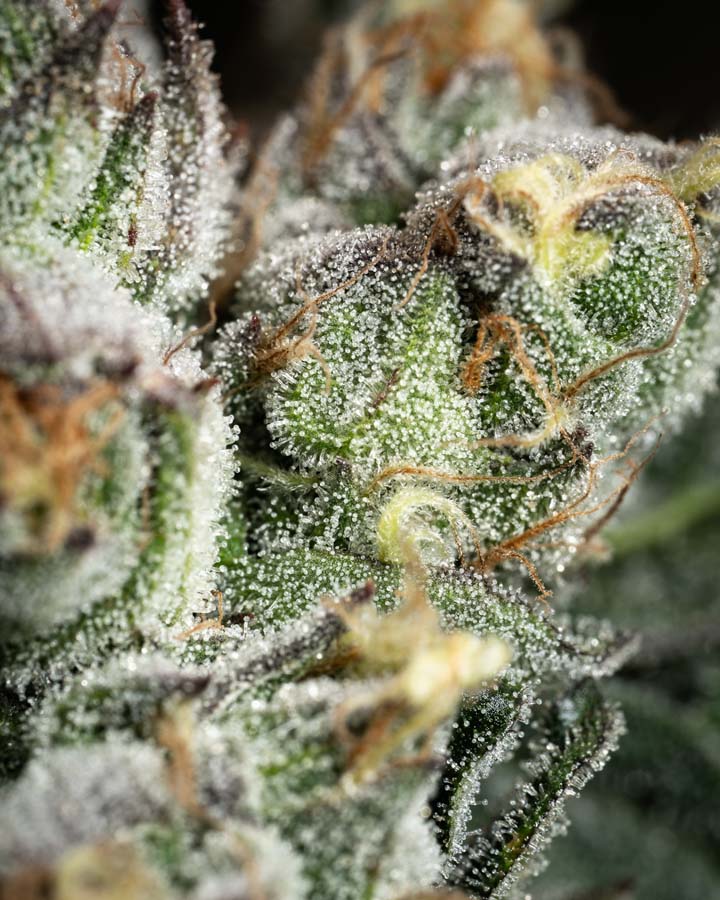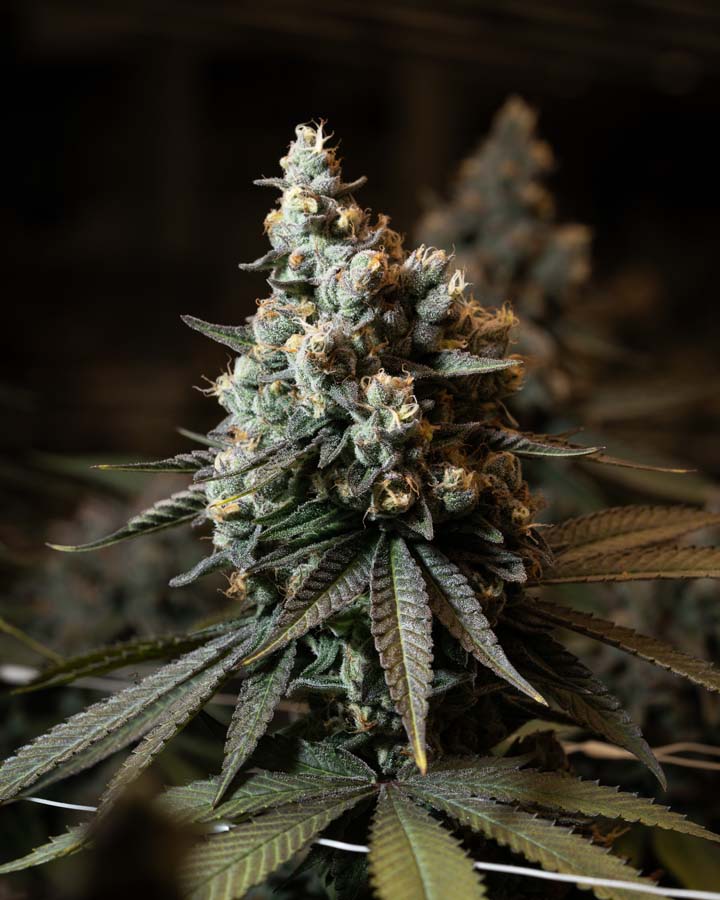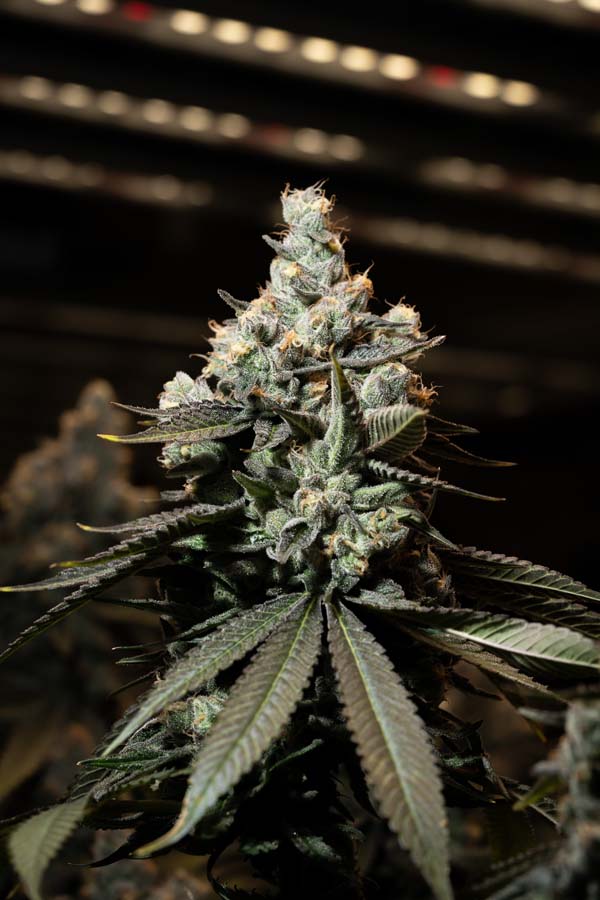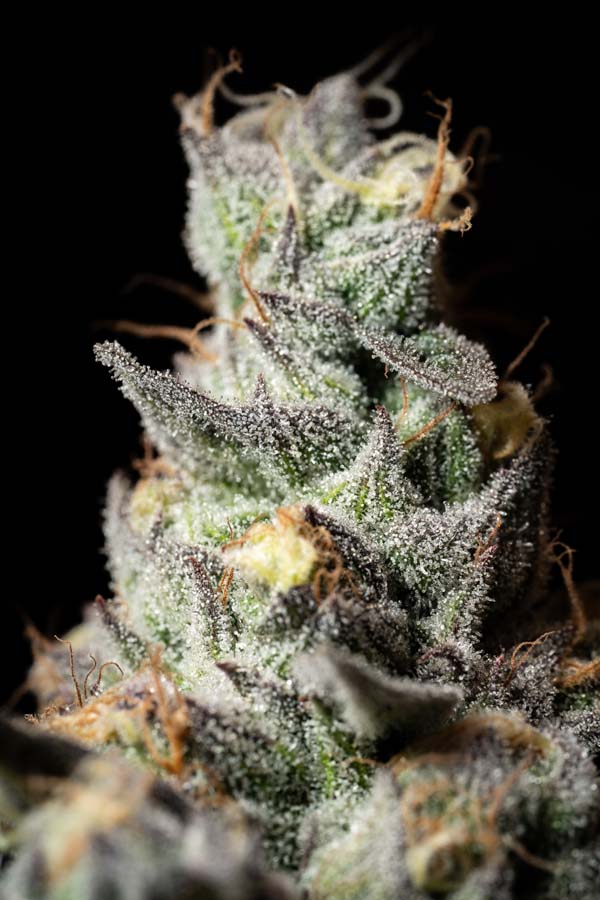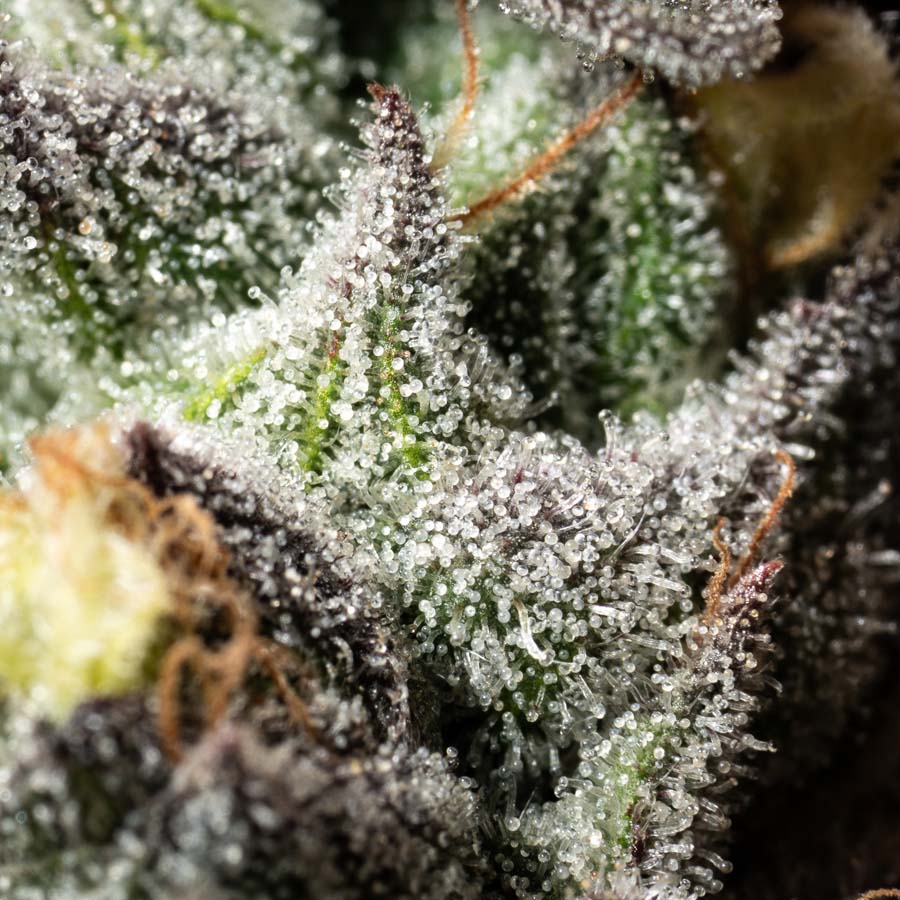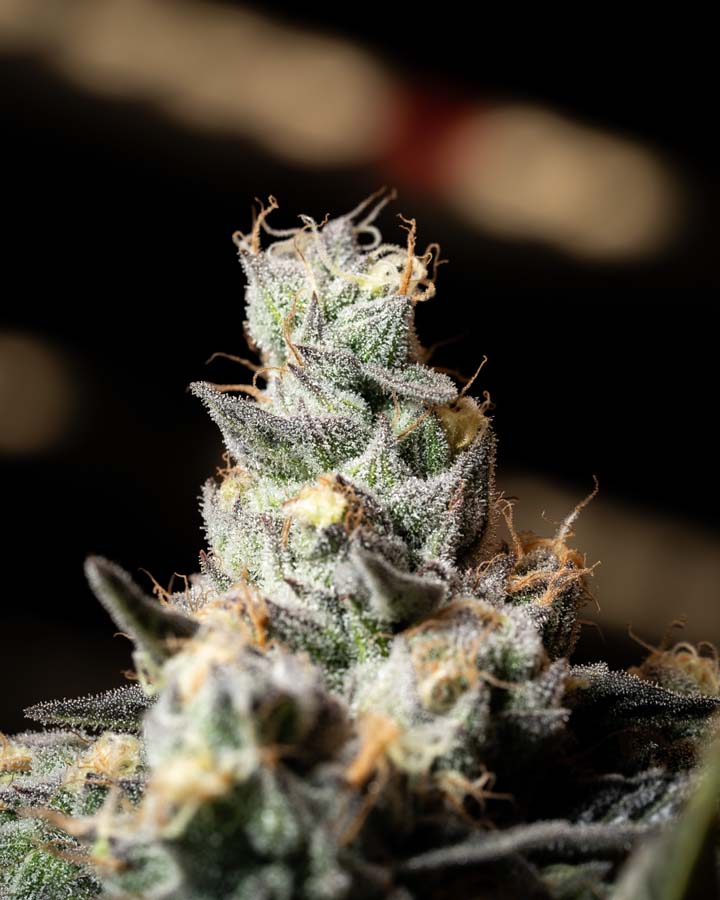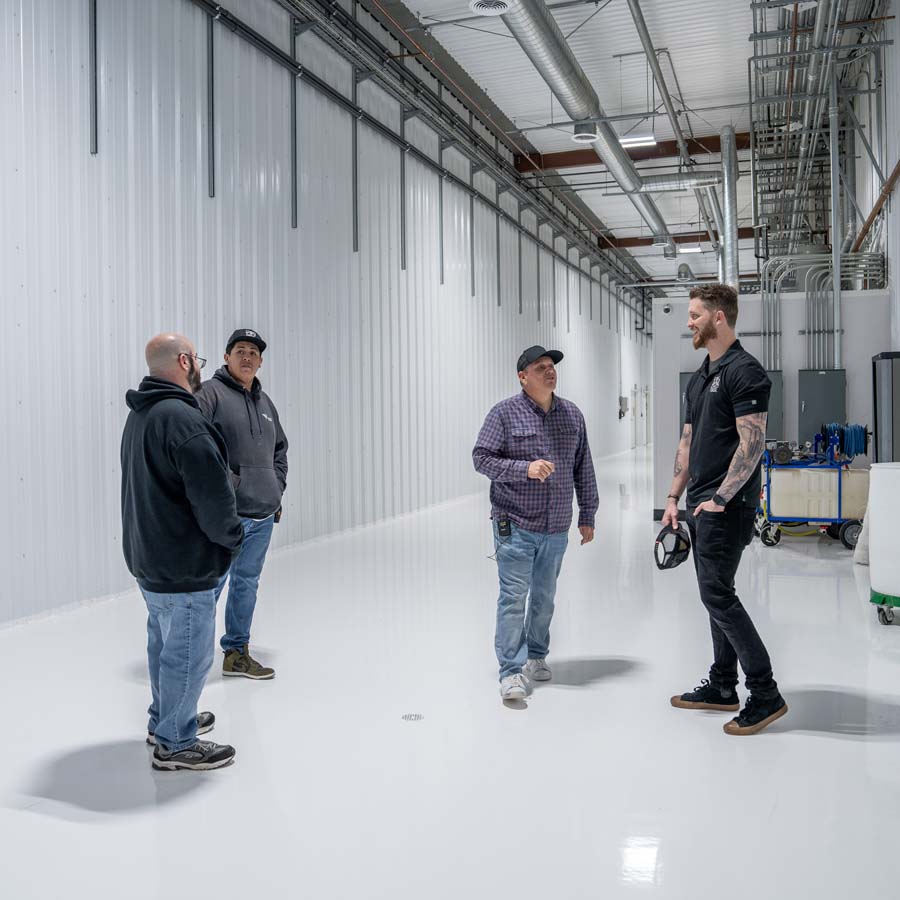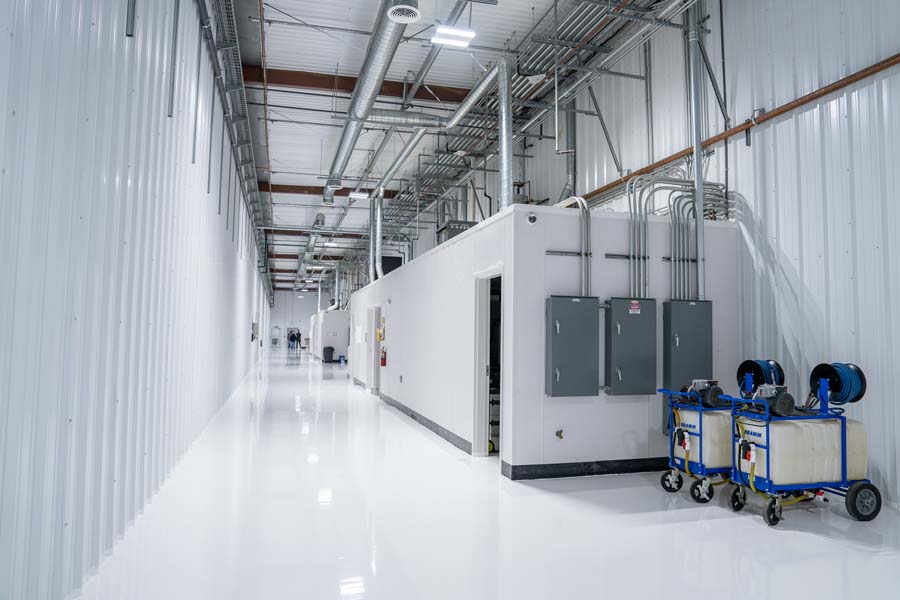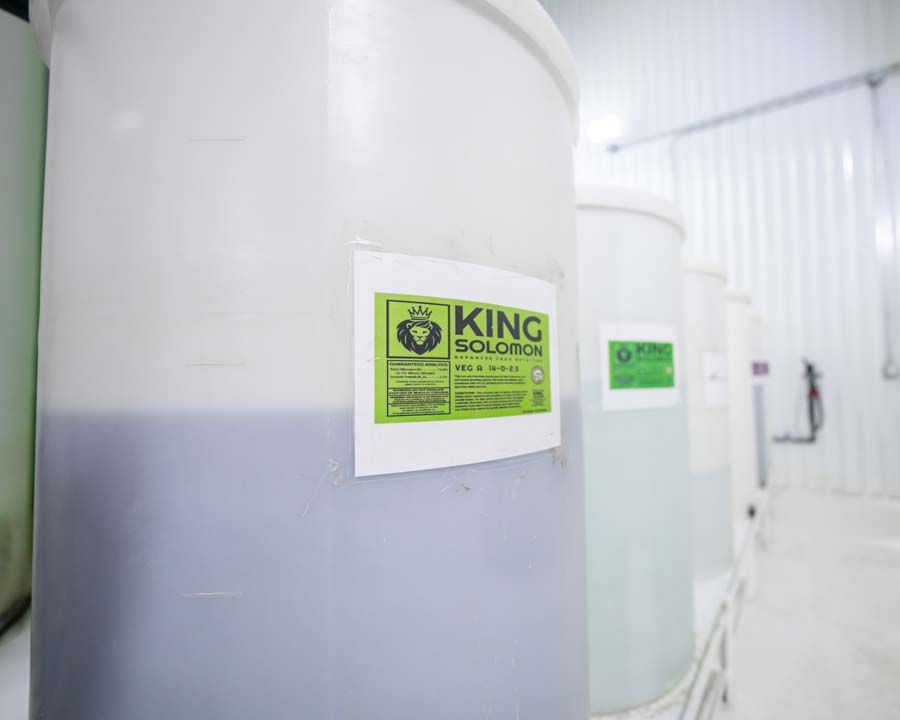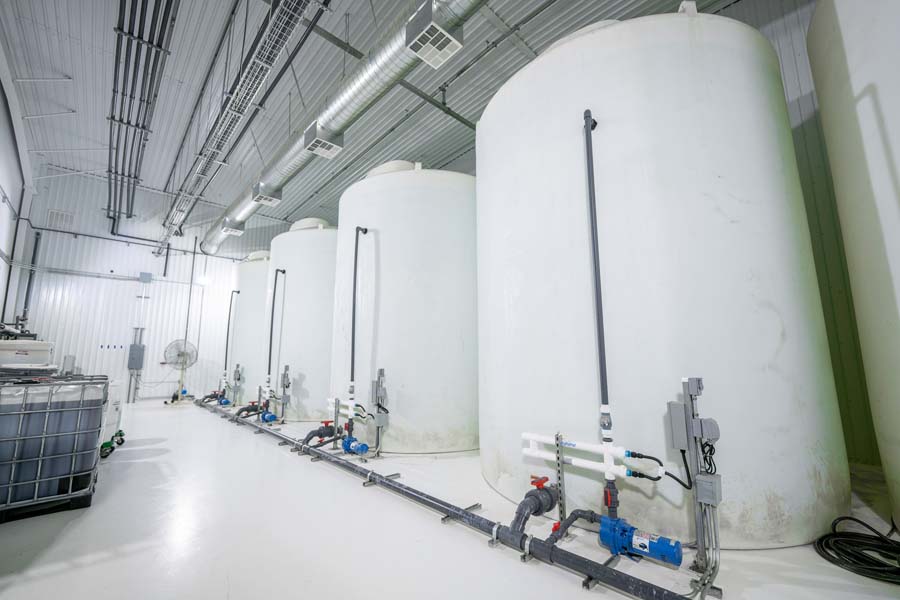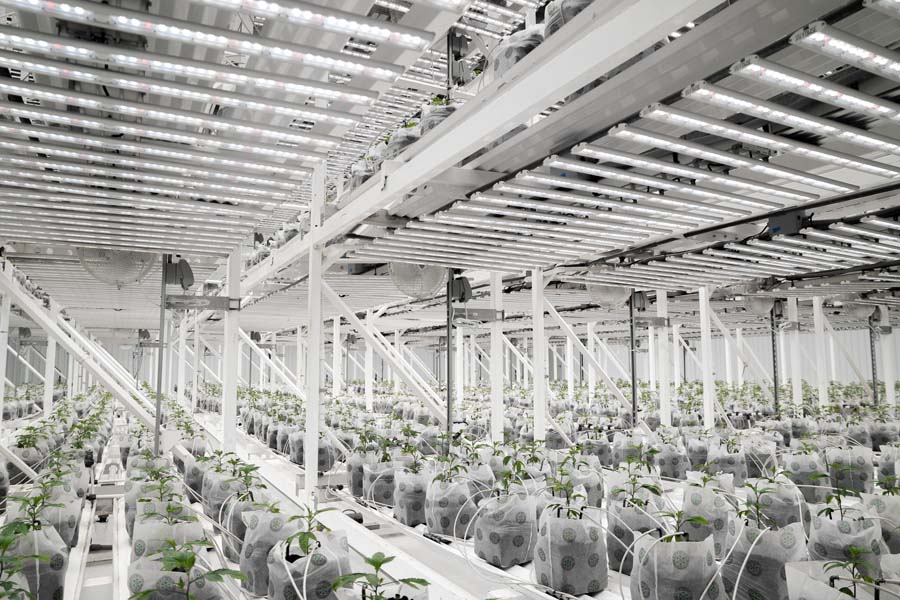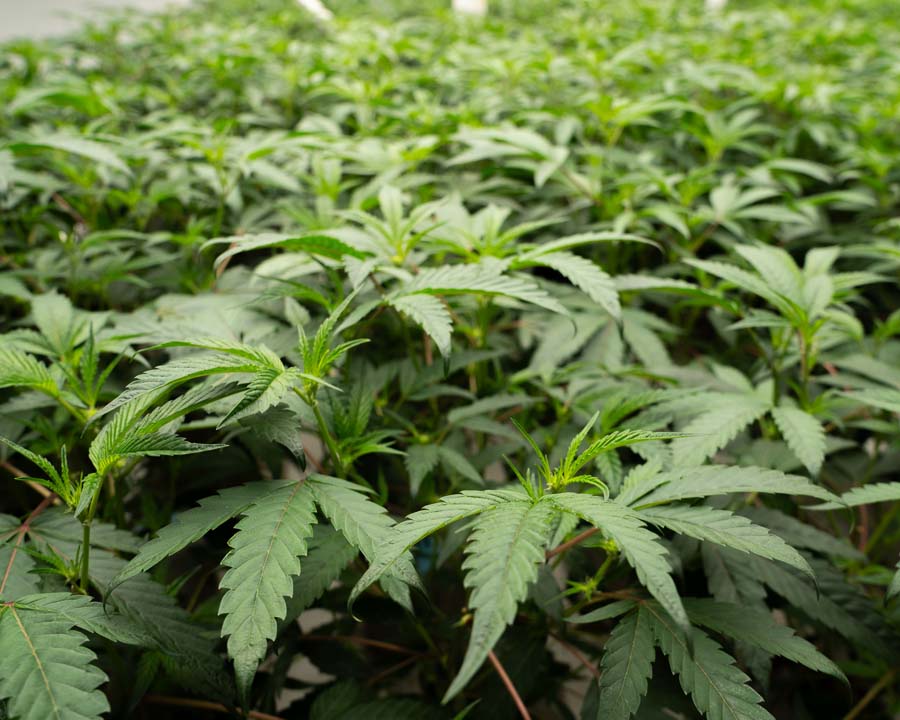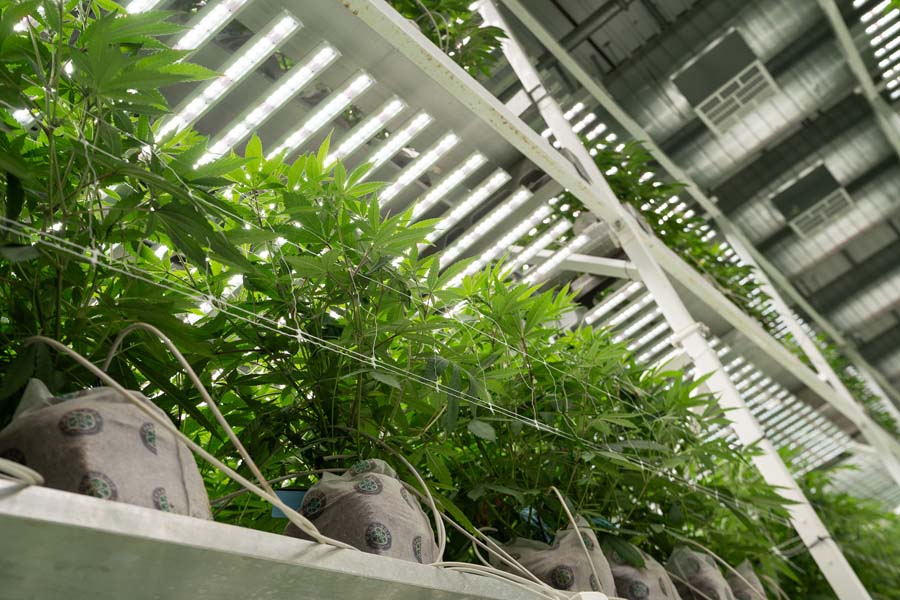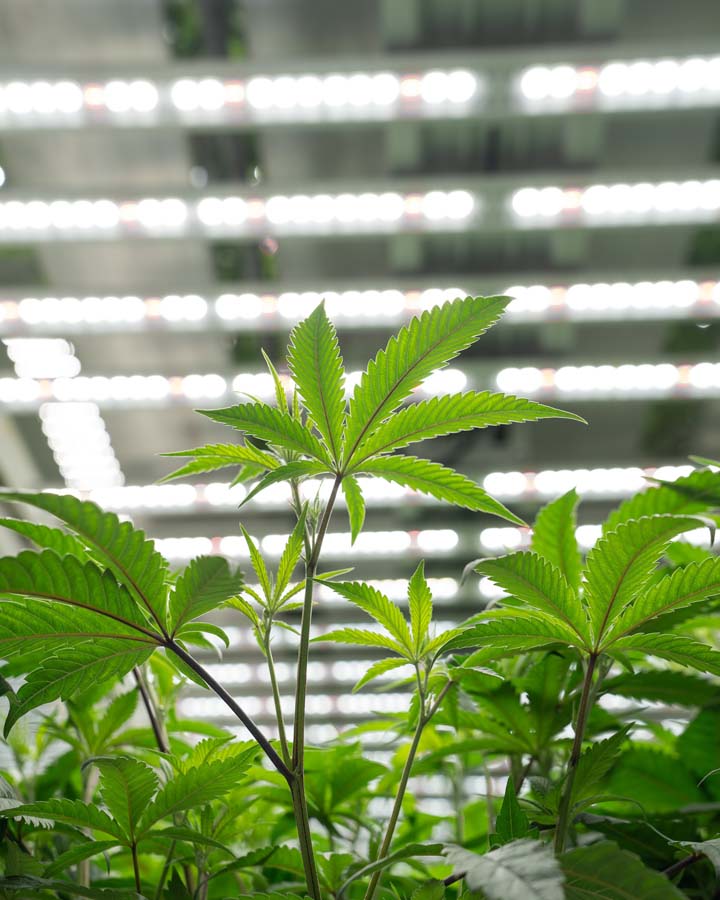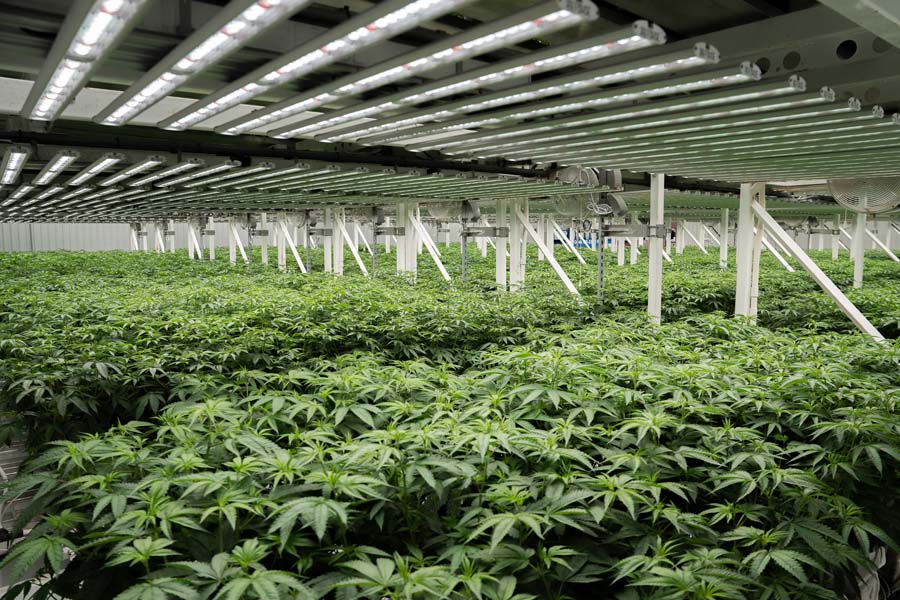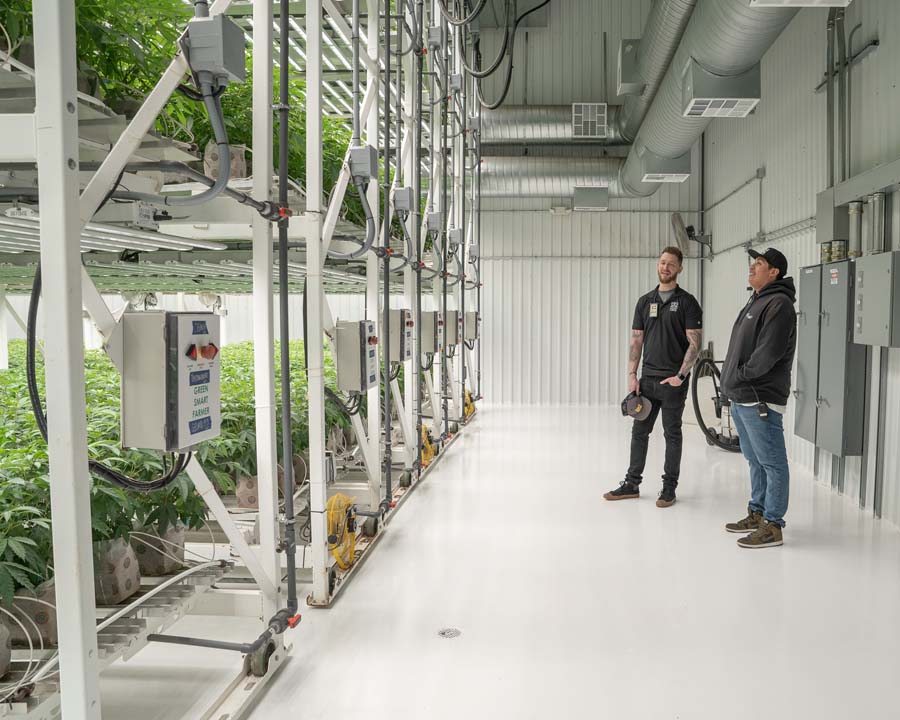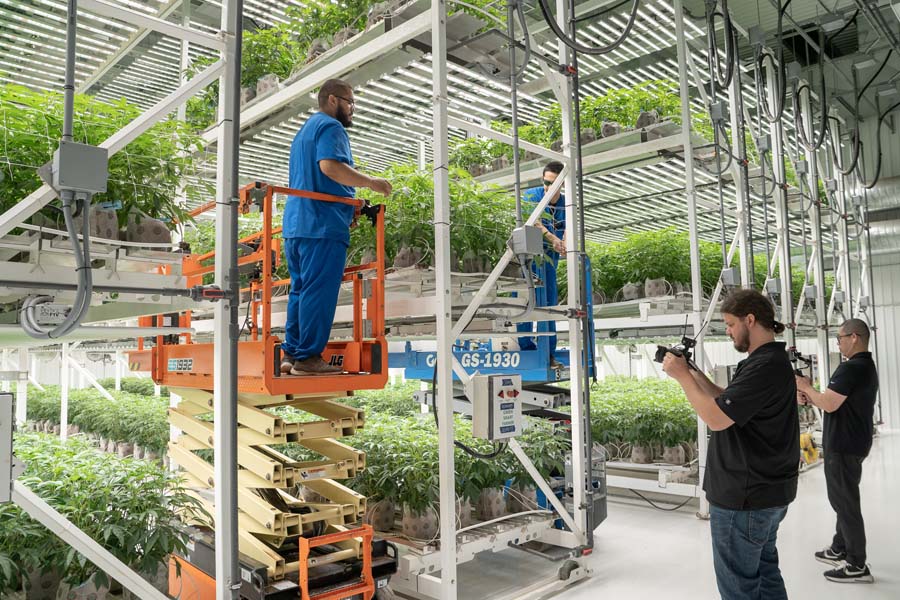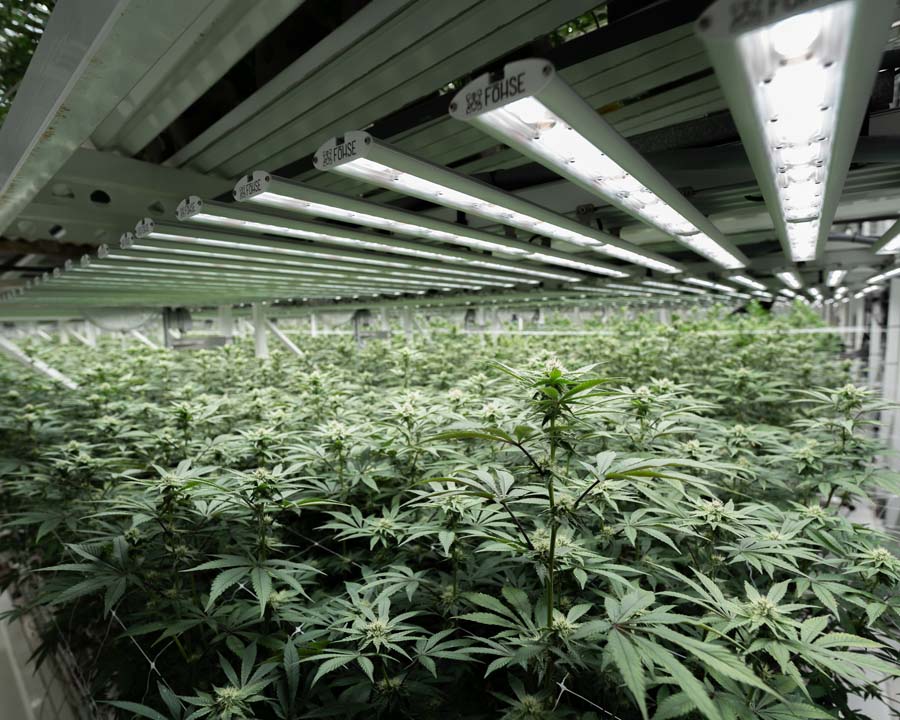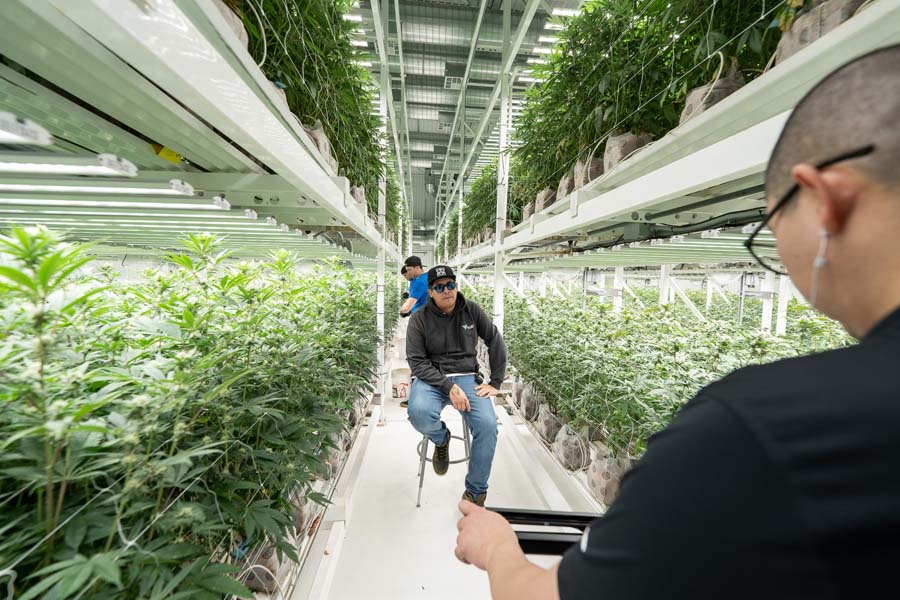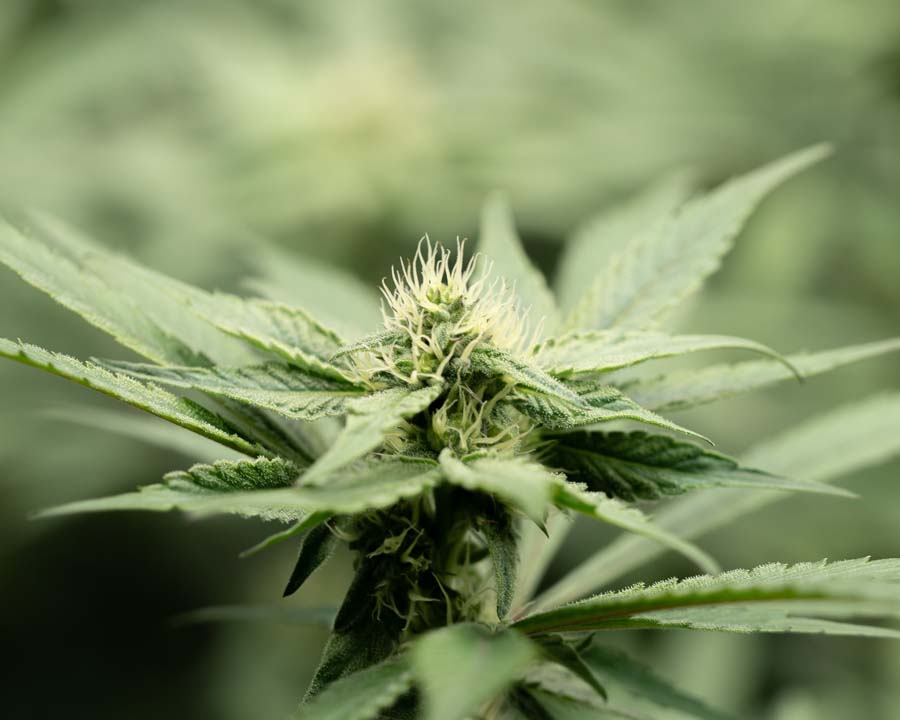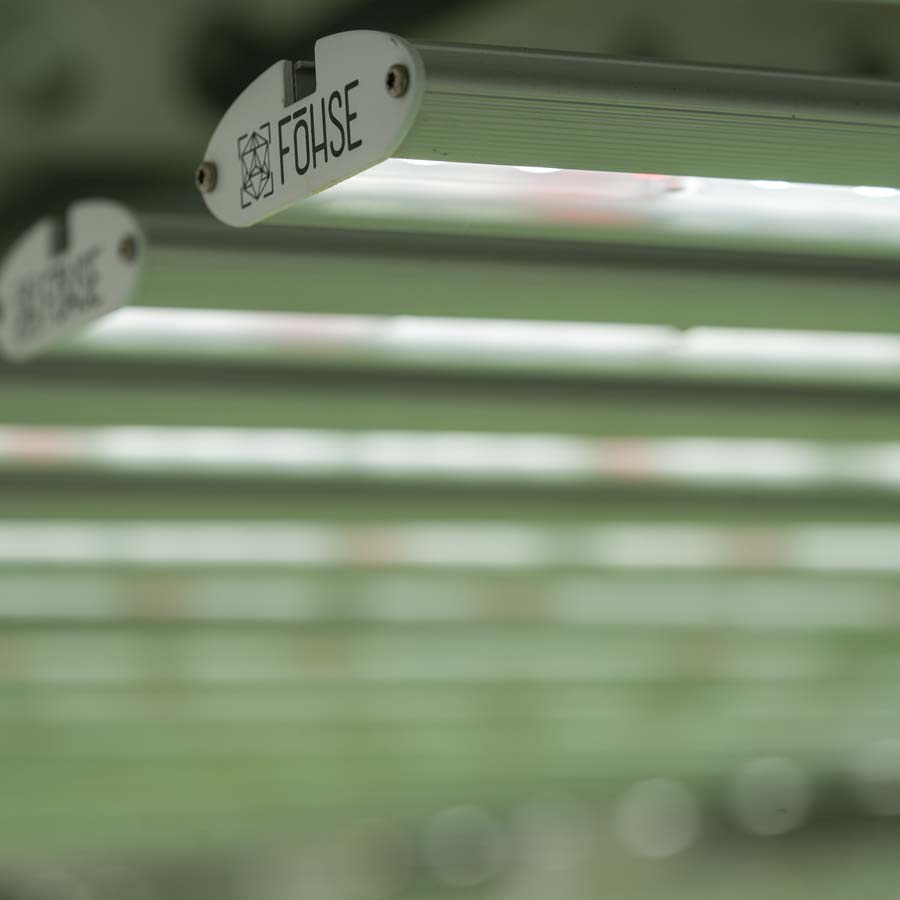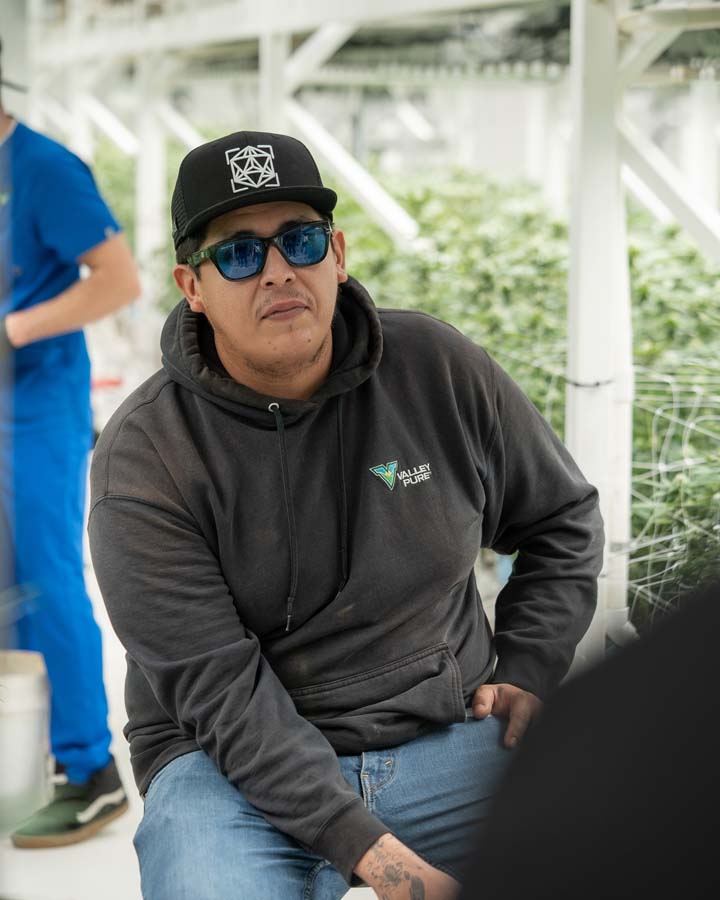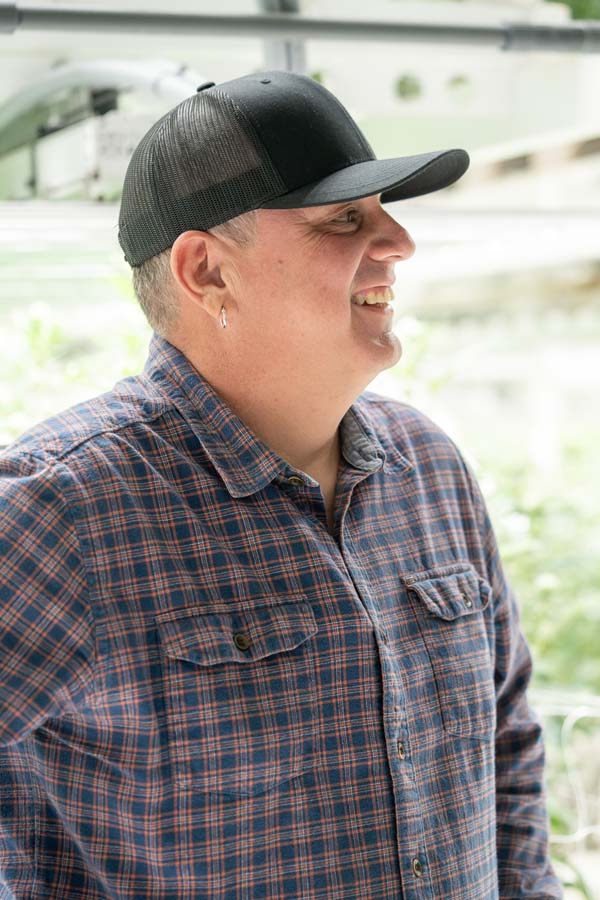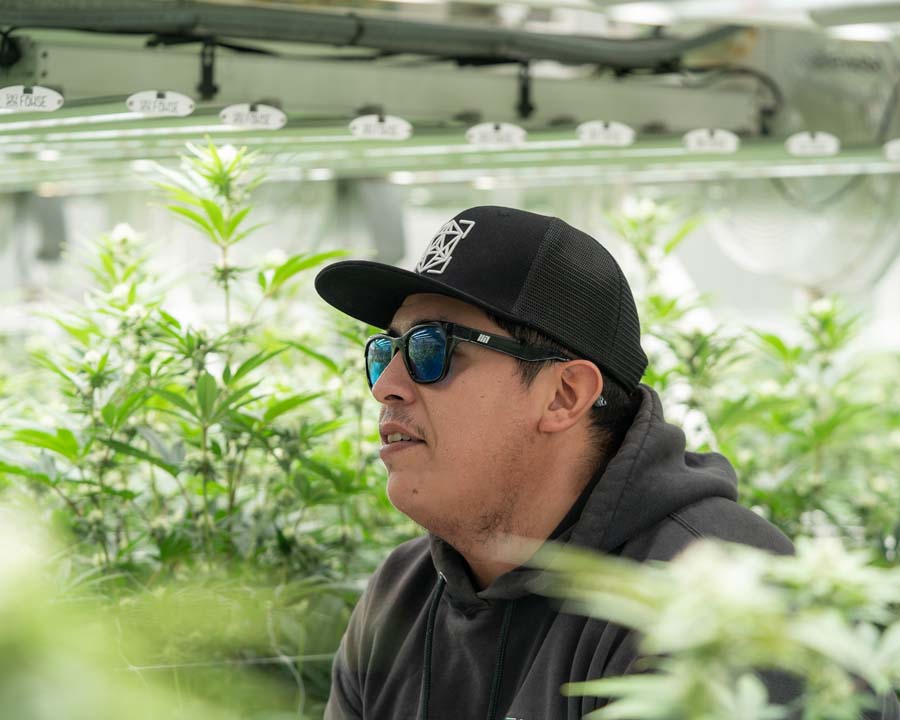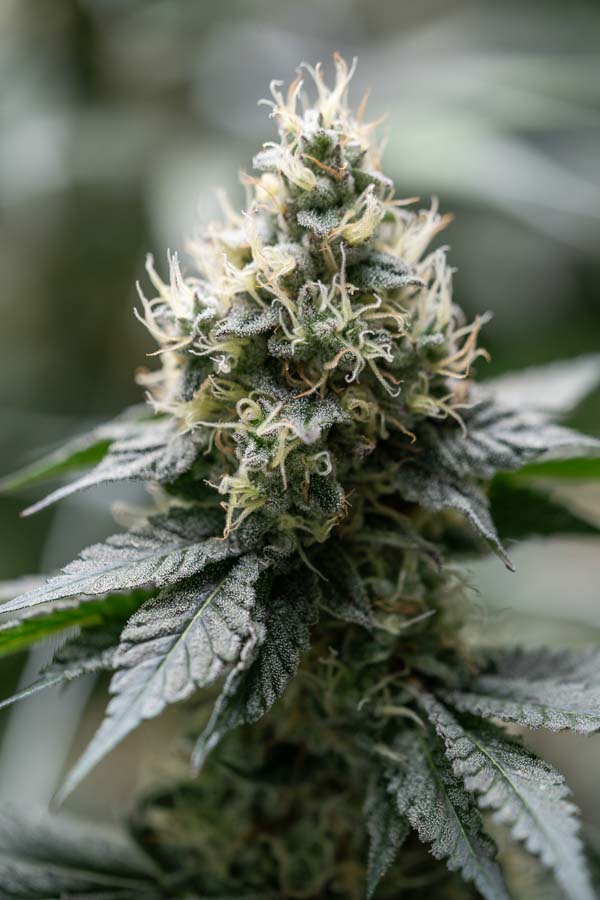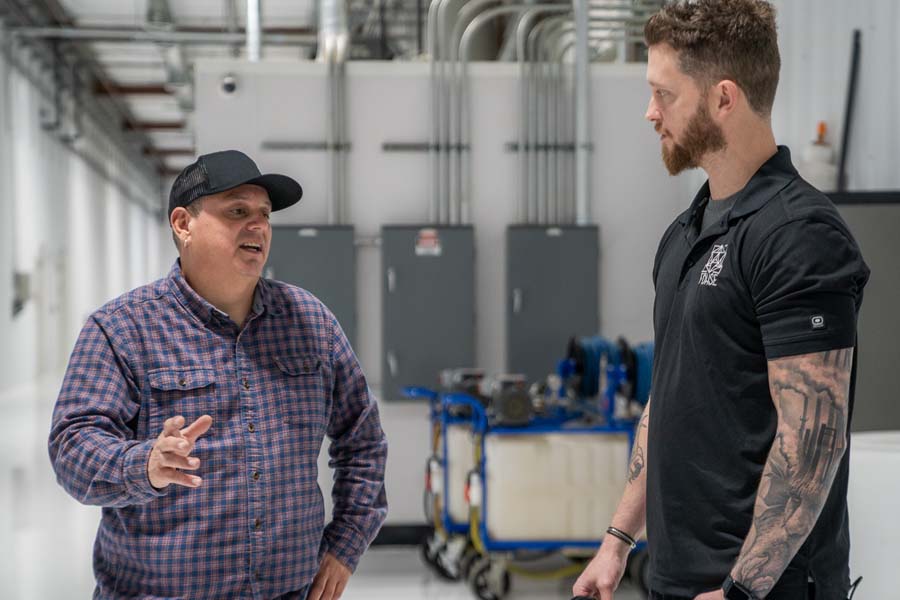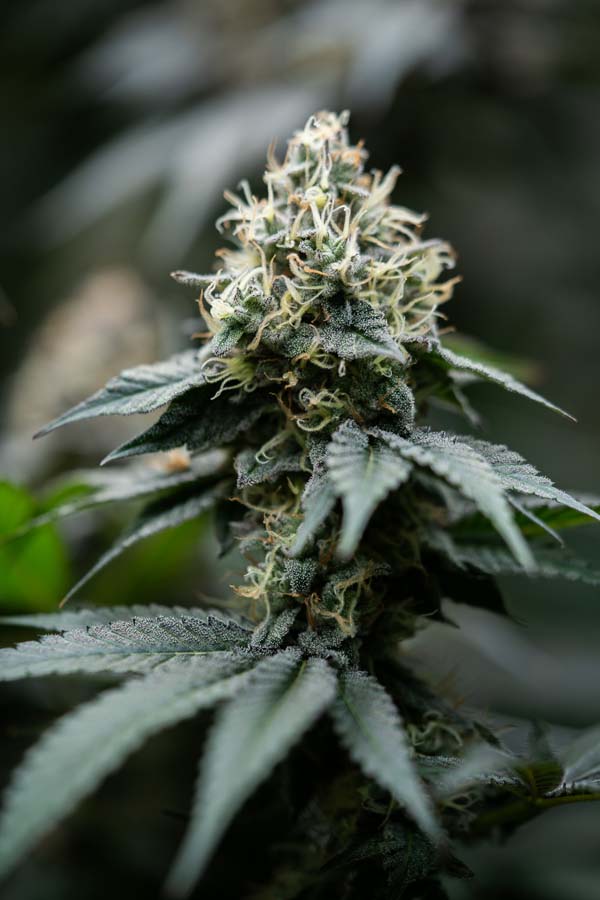Written by Anthony Domangue
The cannabis home grow market in Europe is relatively new and a rapidly growing trend. With many European countries moving towards legalizing medical and recreational cannabis, more and more people are interested in growing cannabis at home. One of the main drivers of this trend is the desire for high-quality cannabis products that are not readily available on the commercial market.
Many home growers also believe they can produce a superior product by carefully controlling the growing environment, using premium genetics and high-quality growing equipment. For those new to cultivation, cannabis growing tips are widely available online, helping enthusiasts get started the right way.
Growing cannabis at home can be a more affordable option for consumers. By growing their own plants, they can avoid the high prices charged by dispensaries and create the best home grow setup suited to their personal needs.
However, the regulations around growing cannabis at home vary significantly between European countries. Some countries, such as Spain and Germany, have relatively relaxed laws around personal cannabis cultivation, while others, such as France, have much stricter regulations.
Despite these variations in the legal landscape, the home grow market in Europe continues to grow as more countries legalize cannabis for medical and recreational purposes. This trend will likely create new business opportunities for companies that provide cannabis seeds, growing cannabis at home equipment, and other ancillary products and services. The demand for recreational cannabis and homegrown cannabis cultivation is fueling market growth, making it an attractive sector for businesses.
Cannabis Legalization in Europe
In recent years, a groundbreaking shift has occurred across the European continent as many countries have embraced the idea of cannabis legalization. As Europe reevaluates its approach to this controversial plant, a wave of progressive attitudes and changing societal perceptions has swept through the continent. With mounting evidence showcasing the potential benefits of cannabis for medical, economic, and social purposes, policymakers and citizens are engaging in decisions about regulation, access, and the potential impact of cannabis legalization on society.
The cannabis home grow market in Europe has sparked a transformative movement evolving landscape where countries navigate the complexities of cannabis legalization, seeking to balance individual liberties, public health, and a practical regulatory framework. Interest in growing cannabis at home has grown alongside legalization discussions, with enthusiasts seeking cannabis growing tips and exploring the best home grow setup to comply with local laws and maximize personal yields.
Below is a map showing the current legalization status of different countries in Europe:
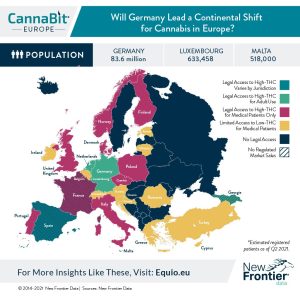
General Overview of European Cannabis Laws
Cannabis legislation varies significantly between the different European countries. Some have more liberal policies, while others are more strict. Most European countries have traditionally taken a more conservative approach to cannabis than other parts of the world. Norway, Sweden, and Finland, have stringent policies around cannabis, and possessing or using even small amounts of the drug can result in serious legal consequences.
Some countries like the Netherlands, Portugal, and Spain have decriminalized personal use and possession of small quantities in private spaces. A few European countries have legalized cannabis for medical purposes, including Germany, Italy, and the Czech Republic. These countries typically require patients to obtain a doctor’s prescription to use cannabis for medical purposes legally. Malta is currently the only European country that has fully legalized cannabis for medical and recreational use.
Home Grow Laws
Cannabis cultivation laws vary significantly across Europe, and not all countries allow cannabis cultivation at home. For those interested in growing cannabis at home, it’s important to understand local regulations and cannabis growing tips to stay compliant and optimize success. As of 2021, the following European countries generally permit some form of home cultivation of cannabis:
Spain: In Spain, adults can grow up to 2 plants for personal use in their private residences. This makes it one of the more accessible countries for residents seeking the best home grow setup.
Czech Republic: Czech residents are permitted to grow up to 5 plants for personal use as long as the resulting harvest does not exceed 10 grams of dried flowers.
Germany: While commercial cannabis cultivation is not allowed in Germany, residents can grow up to 4 plants for personal use.
Italy: In Italy, residents can grow up to 4 plants for personal use if not sold or given to others.
Austria: In Austria, residents can grow up to 4 plants for personal use if not sold or given to others.
Switzerland: In Switzerland, residents can grow up to 4 plants for personal use, but the sale or distribution of cannabis is strictly prohibited.
It is important to note that the laws and regulations around cannabis cultivation can vary significantly within each country. In some cases, different regions or municipalities may have their own specific rules. Researching and understanding the laws in your area is essential before engaging in any cannabis cultivation activities or considering growing cannabis at home.
Overall, the trend toward cannabis legalization in Europe seems to be continuing, with more countries exploring the possibility of legalizing medical or recreational cannabis. Although the legal landscape remains complex, there’s a growing trend toward legalizing cannabis among various European countries. This will likely lead to more liberties associated with the possession, cultivation, and purchase of cannabis throughout the continent.
The Best LEDs for Growing at Home
Features of the Pisces

With the demand for growing cannabis at home increasing in Europe, those interested in producing their cannabis will need quality infrastructure. Grow lights are one of the most important factors because light intensity controls a plant’s photosynthesis rate. Increasing photosynthetic rates increases the availability of carbohydrates, ultimately leading to increased biomass production.
Although different cultivars will have different light saturation points, this increase in light intensity typically results in greater inflorescence and potentially better secondary metabolite production in cannabis. These are essential cannabis growing tips for anyone looking to improve their home growth.
For those in areas where growing cannabis at home is legal, FOHSE has you covered. We’ve recently released a new cost-effective fixture line for home growers called the Pisces. This is a FOHSE fixture stripped to the bare necessities: Power, Efficiency, and Durability.
This line of fixtures currently comes in 700 and 900-watt options, with dimming capabilities. It also features:
- Long Lifetime: An L90 rating certifies that the light will always achieve at least 90% of the original luminous flux during its rated lifetime. The Pisces series has an L90 at 40,000 hours, giving you industry-leading intensity for years.
- Protection from the Elements: We didn’t cut corners when we designed the Pisces. This grow light has an ingress protection rating of 65. The first number indicates its level of protection against solid objects, while the second speaks to the resistance of the enclosure to liquids. IP 65 rated enclosures are dustproof and protected from low-pressure water jets.
- Lensing Technology: Lensing technology can capture and redirect the light produced by LEDs to help increase light intensity within the plant canopy. The Pisces series comes standard with our polycarbonate lensing technology, giving you the ability to maximize the output of your lower flower sites.
- High Light Intensity: Light drives photosynthesis, and recent studies have shown that higher light intensity can push cannabis plants far beyond what we once thought possible. Cannabis is a light-demanding crop, able to take high light levels depending on the cultivar’s genetic preferences. The Pisces series currently offers options up to 2494 umol, giving you the ability to push any cannabis variety to its potential — making it ideal for the best home grow setup.
- High Efficacy Rating: PPE or photosynthetic photon efficacy measures how well a grow light can convert electrical energy into PAR (photosynthetically active radiation). The higher the PPE rating, the more efficient the light fixture is. The Pisces series boasts efficacy ratings up to 2.7 umol/J.
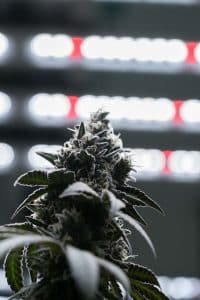
Best Practices
Intensity Recommendations
Based on established research, some cannabis cultivars can handle well above 1800 micromoles. It begins to make sense when you understand that the Sun can deliver over 2200 micromoles on a hot Summer day. For most cultivars, our recommendations are as follows:
- Vegetative: 550 – 900 umol
- Early Flower: 700 – 1000 umol
- Mid Flower: 1000 – 1300 umol
- Late Flower: 800 – 1100 umol.
Some cultivars prefer the lower end of the spectrum listed above, typically maxing out around 1000-1050 micromoles. Other varieties can push light intensities of 1500 micromoles or more! It’s up to each individual to take the necessary data to understand the preferences of each type throughout the stages of growth. These intensity recommendations also apply when growing cannabis at home, especially when optimizing a best home grow setup.
Recommended Height to Canopy
We created the Pisces series to take the stress off growers with limited overhead space. Heat is not an issue so cannabis plants can be grown within 12” – 24” of this fixture in the vegetative and flowering stages.
The closer you are to the light, the greater the intensity of your canopy. Growers must remember that some varieties prefer lower light intensities, while others prefer higher. It’s up to each grower to understand the type of cannabis they are working with and how they respond to light intensities to determine the optimal finishing height. These cannabis growing tips can help both commercial cultivators and home growers find their ideal lighting distance.
Environmental Conditions
If you are converting to LEDs from an HID system, there are a few things to consider. The ambient heat under LEDs is much lower than HIDs, so your A/C system won’t work as hard to cool the room down. You must increase the room temperature between 80F-85F to achieve an optimal leaf surface temperature.
Another thing to consider when converting from HID to LED systems is dehumidification. HID systems create a lot of additional heat, so the A/C system has to work extremely hard to cool down the room. LED fixtures produce higher PAR values to your canopy while giving off substantially less ambient heat due to lower operating temperatures. This higher PAR leads to higher transpiration rates and an increased need for dehumidification.
You’ll also need to supplement more CO2 than you may be used to. Under lower light intensities, the use of CO2 provides minimal benefits. However, it can help to drive production further under higher light intensities.
Values of 1200 – 1500 ppm of CO2 are required when pushing light intensities beyond 1200 micromoles. These adjustments apply whether managing a large commercial grow or experimenting with growing cannabis at home.

Sanitizing and Cleaning
The most important things to consider when cleaning or sanitizing FOHSE fixtures are the aluminum components and polycarbonate lensing. It’s crucial to avoid cleaning solutions containing chemicals that can corrode either of those materials. Heavy oxidizing solutions should be avoided to prevent damage to the aluminum, while products with liquid ammonia can harm polycarbonate.
Zerotol is a standard solution used in commercial cannabis production that is both aluminum-safe and polycarbonate-safe. These same precautions can apply when growing cannabis at home, especially when maintaining your best home grow setup.
Dust buildup is the most common issue we see. If unserviced for long periods, dust buildup can increase the operating temperature of the fixture.
We don’t recommend “over-cleaning” the fixture; instead that your facility takes a sensible approach to fixture maintenance. A visual inspection should be conducted to determine maintenance needs after each cycle. If the fixture is clean upon inspection, it can go without cleaning.
Cleaning typically won’t be needed each cycle unless heavy foliar sprays or pesticides adhere to the lensing. If it’s determined that the fixture should be cleaned upon review, you can use compressed air and a very gentle cleaning solution. Try to be cautious when creating your cleaning solution, leaning toward a more diluted than a concentrated one.
Yearly cleaning should be conducted at a minimum to maintain optimal performance. These are simple but effective cannabis growing tips that help extend the lifespan and efficiency of your grow lighting setup.
Interested in the Pisces?
Contact us for more information on how to purchase this fixture or visit our Pisces Store Locator page to find an authorized dealer near you.
Want to learn more? Check out our Blog: 7 Tips for Growing Using High-Intensity LED’s

